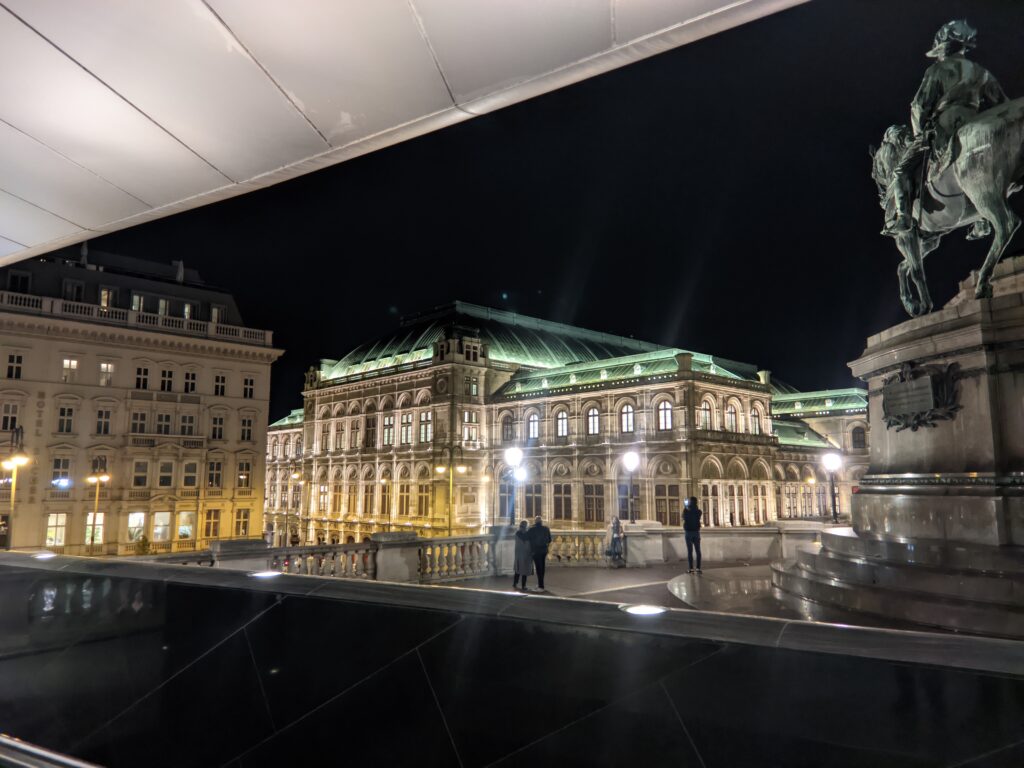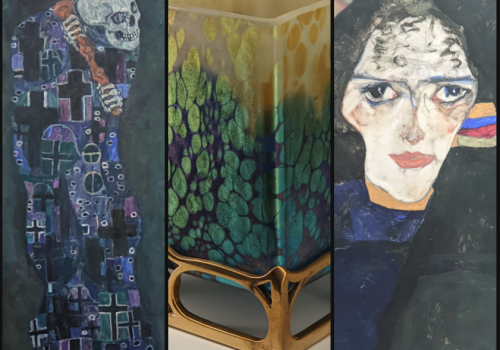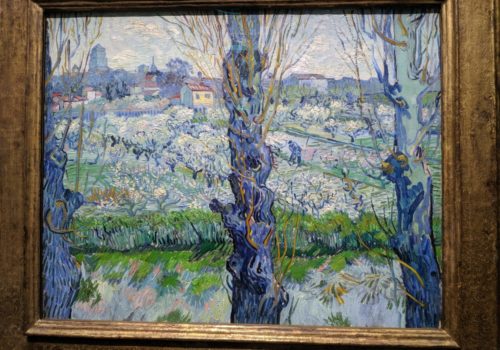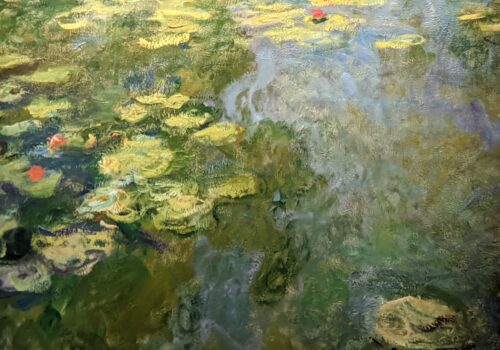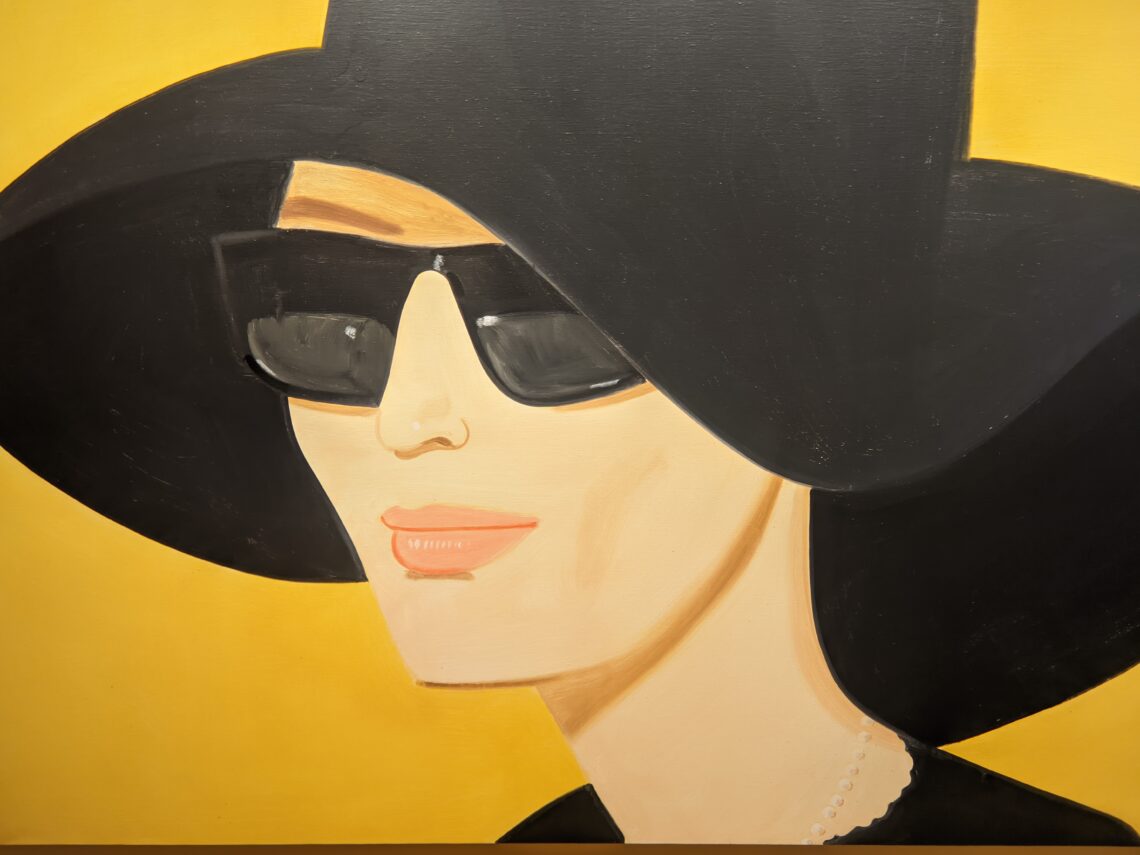
Two Superior Museums of Art in the Heart of Vienna

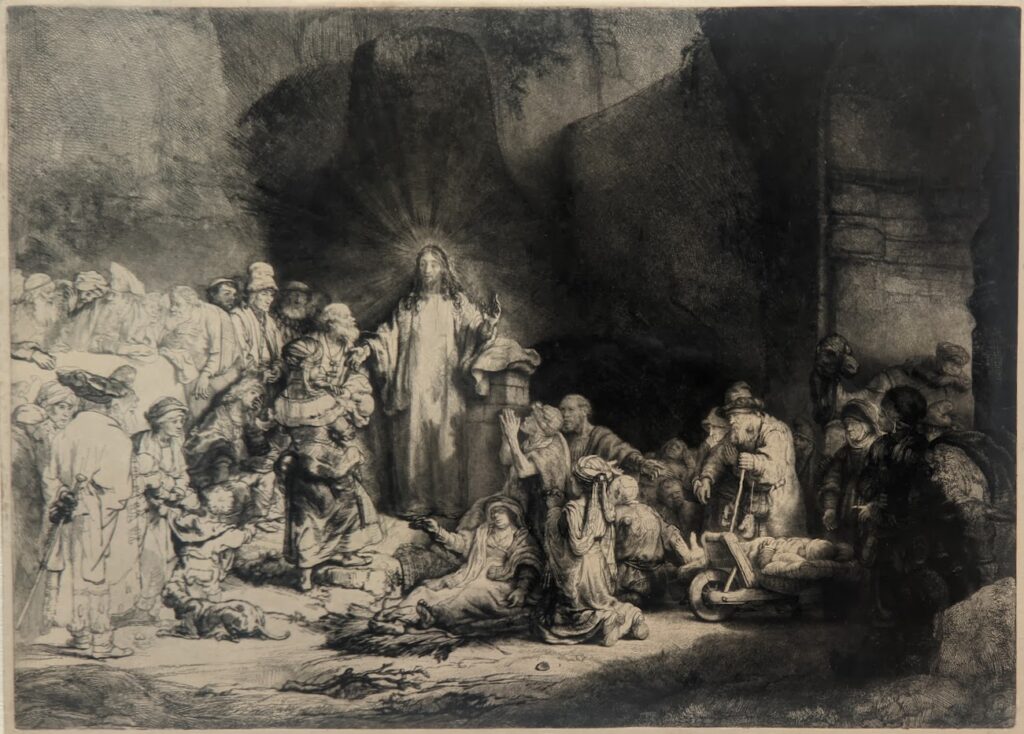

After many visits to Vienna in recent years, we have chosen the Albertina Museum as Austria’s greatest venue for art. The Albertina is the largest museum of modern art in Central Europe. It possesses 65,000 drawings and roughly 1,000,000 Old Master prints, making the graphics collection (founded in 1776) housed inside the Albertina — with its unparalleled and unique overview of 600 years of art history — the most important in the world, in our estimation.
The Kunsthistorisches Museum is our second most-treasured museum in all of Austria, and both the Albertina and the Kunsthistorisches are certainly among the world’s finest museums. Hopefully, one day you’ll explore the richness of both collections (online or in person) since choosing a favorite often comes down to matters of personal taste, curatorial finesse, presentation, and museum administration.

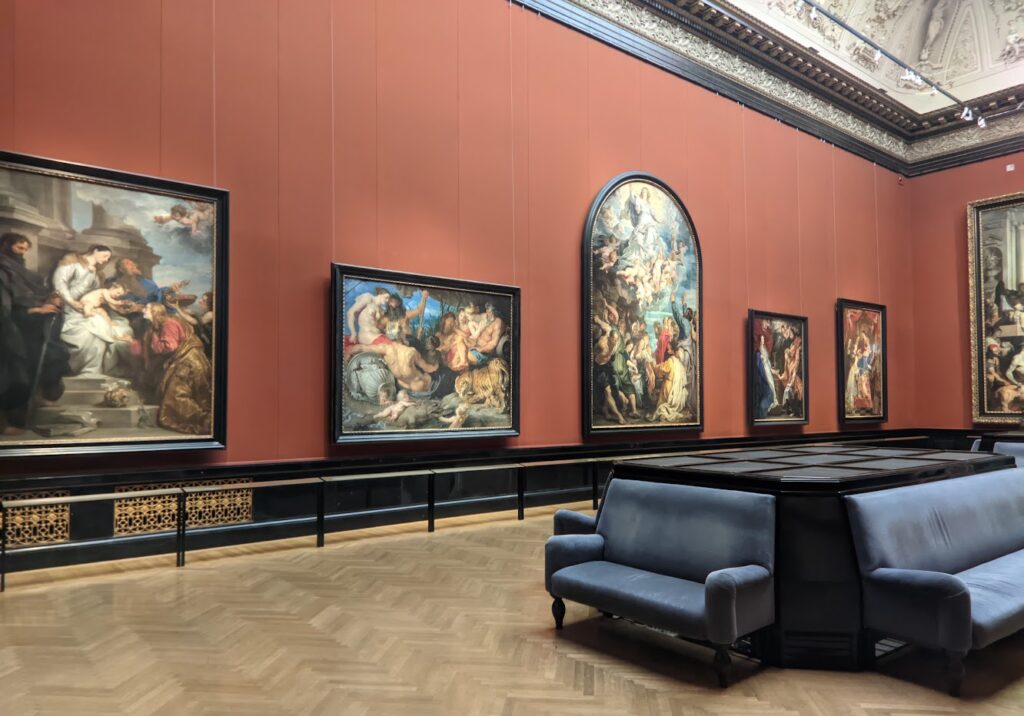
The amazing Picture Gallery inside the Kunsthistorisches was developed from the art collected by the House of Habsburg, but before we assess the strengths of each institution and their collections, let’s look at the exhibitions currently on view at the Albertina.
The Marc Chagall Exhibit at the Albertina Is on Display Until February 9, 2025


The artistic work of Marc Chagall (1887 — 1985) can best be described as a poetic passage between the traditional and the avant-garde. Born in Vitebsk, a small village in Belarus, Chagall worked in Paris from 1911 to 1914, returned to live and marry in his native Russia from 1914 through 1922, and lived in Paris with his family beginning in 1923, becoming a French national in 1937. After spending the war years (1941-47) in the USA, Chagall returned to the South of France where he resided until his death in 1985.
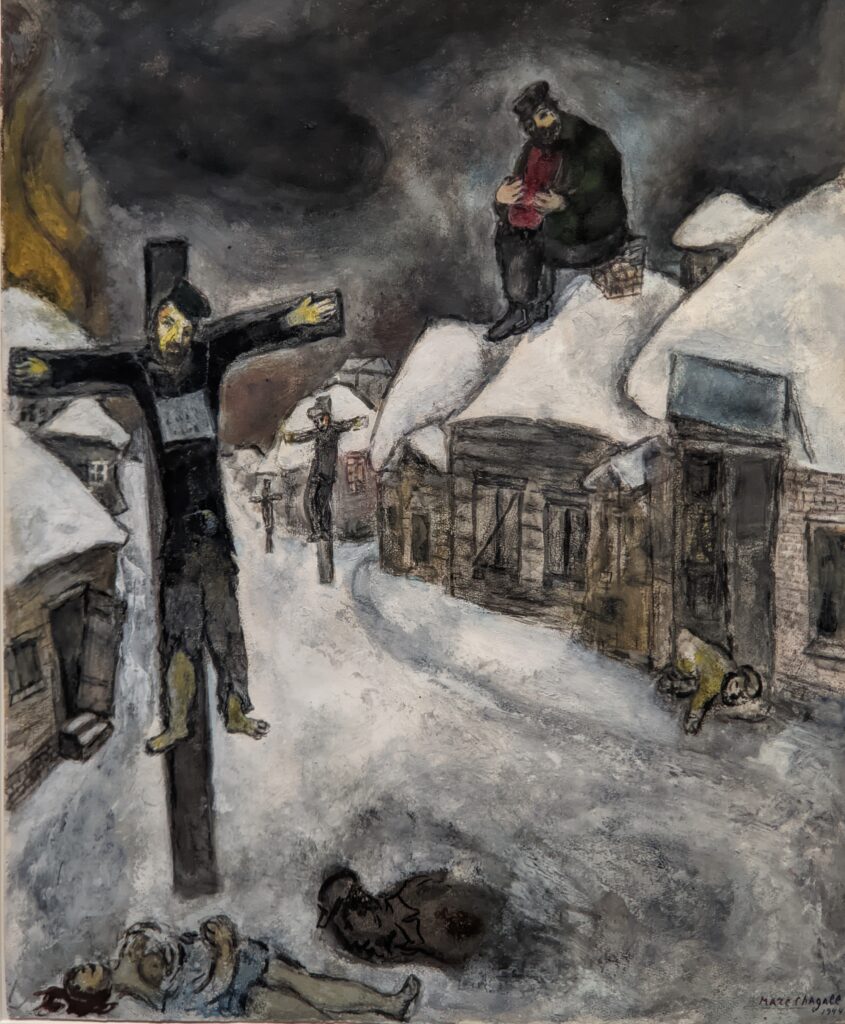

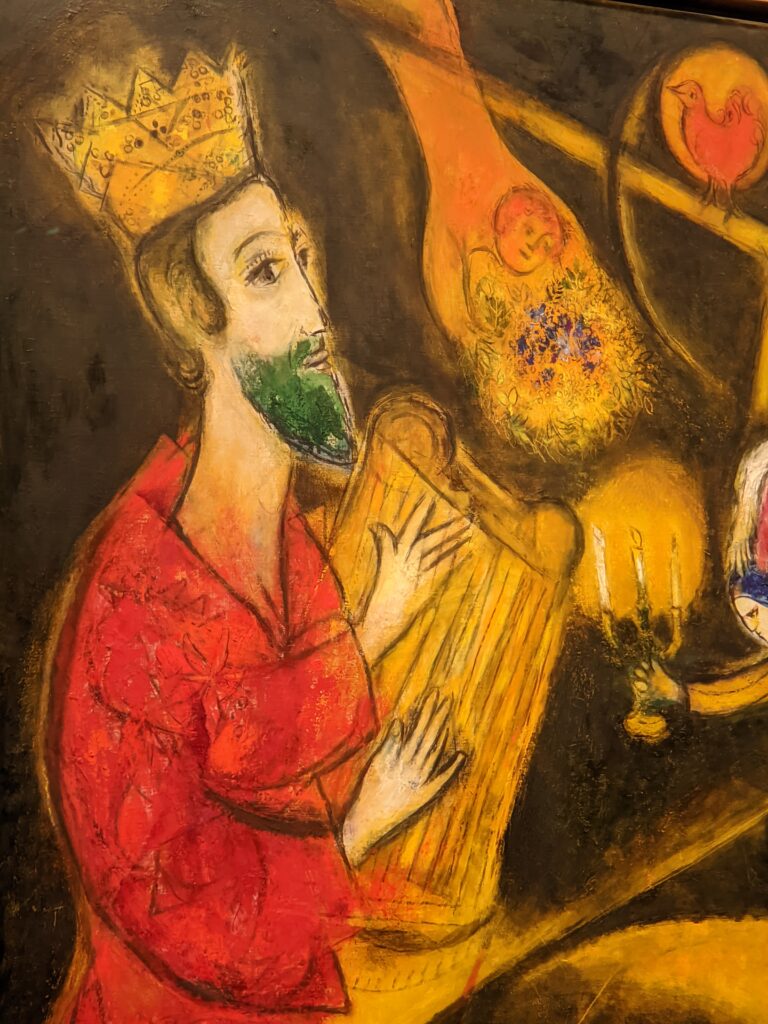


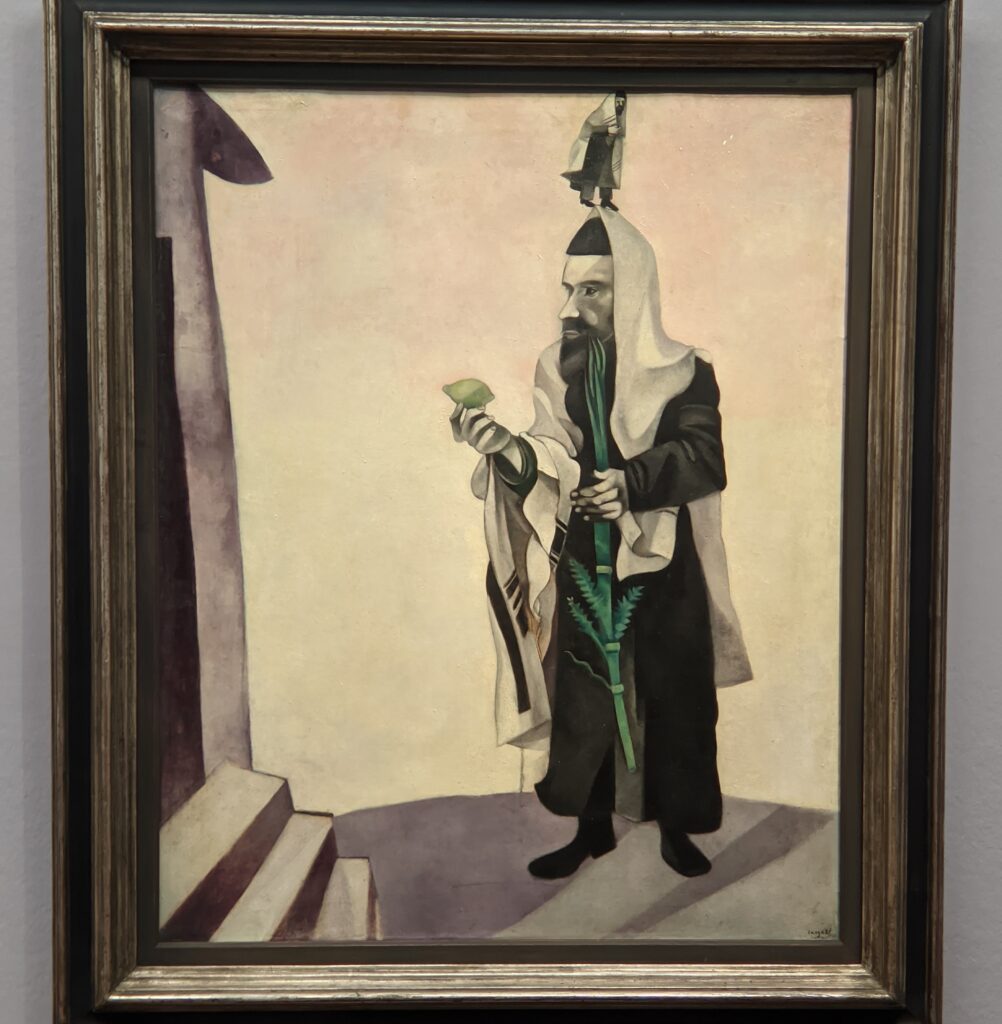
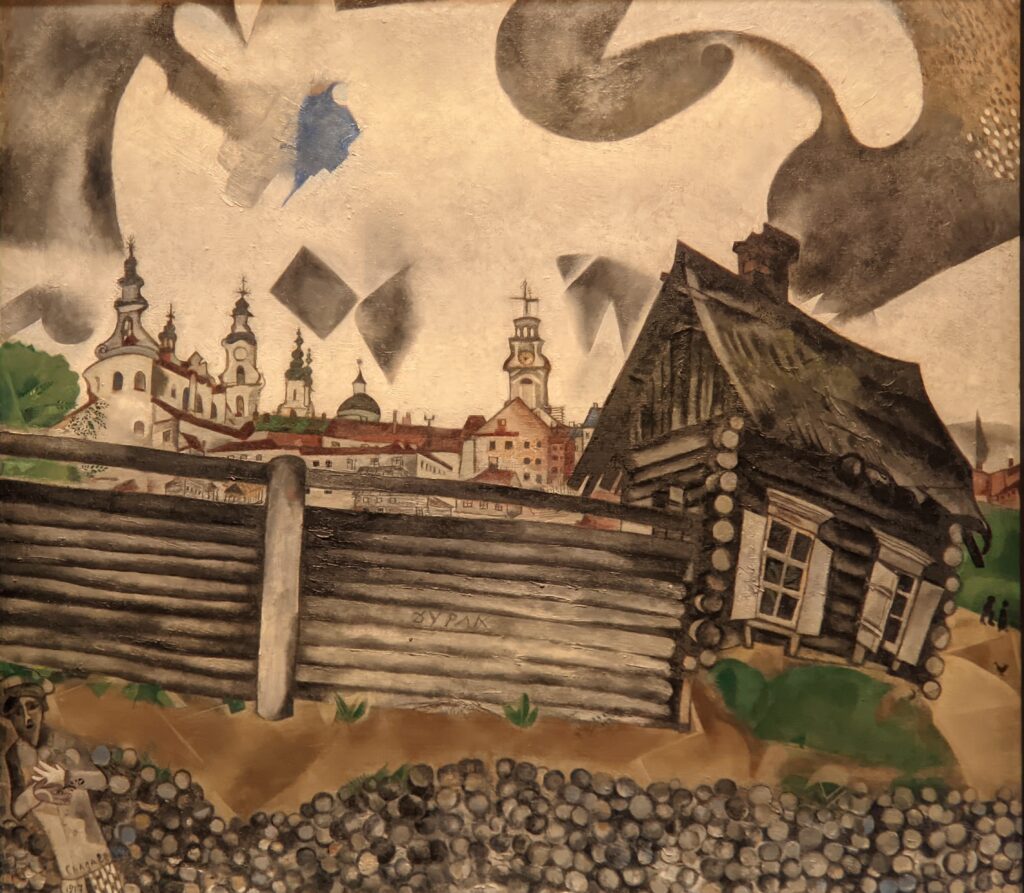
Chagall witnessed the development of every major modern art movement in the early 20th century — Fauvism, Futurism, Primitivism, Cubism, Constructivism, Expressionism and Surrealism — and managed to incorporate elements of all these styles into his own unique visual language.

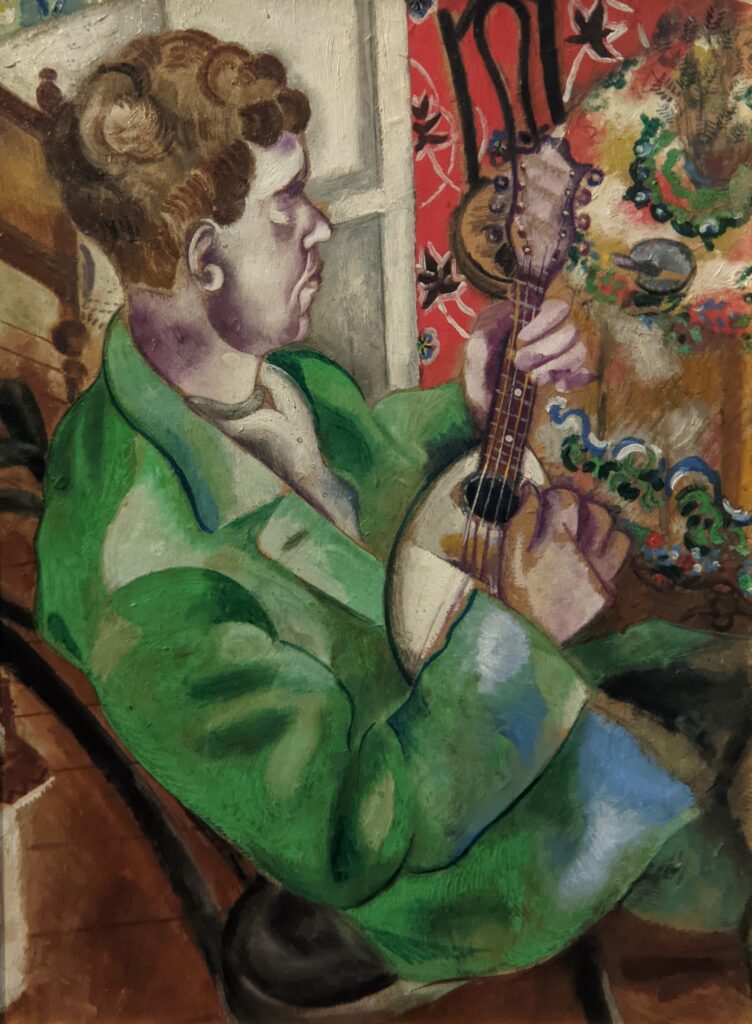
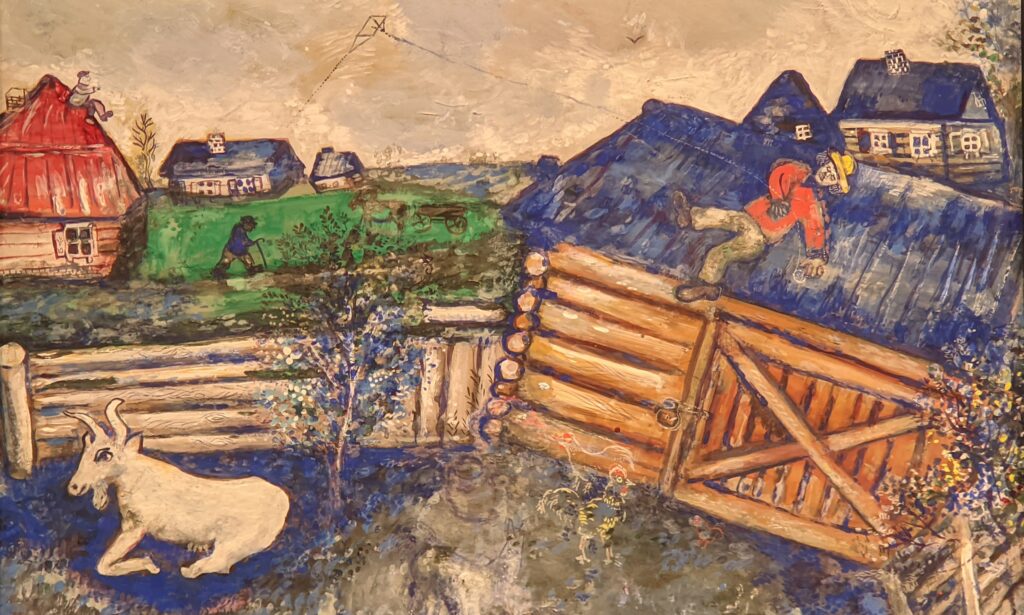
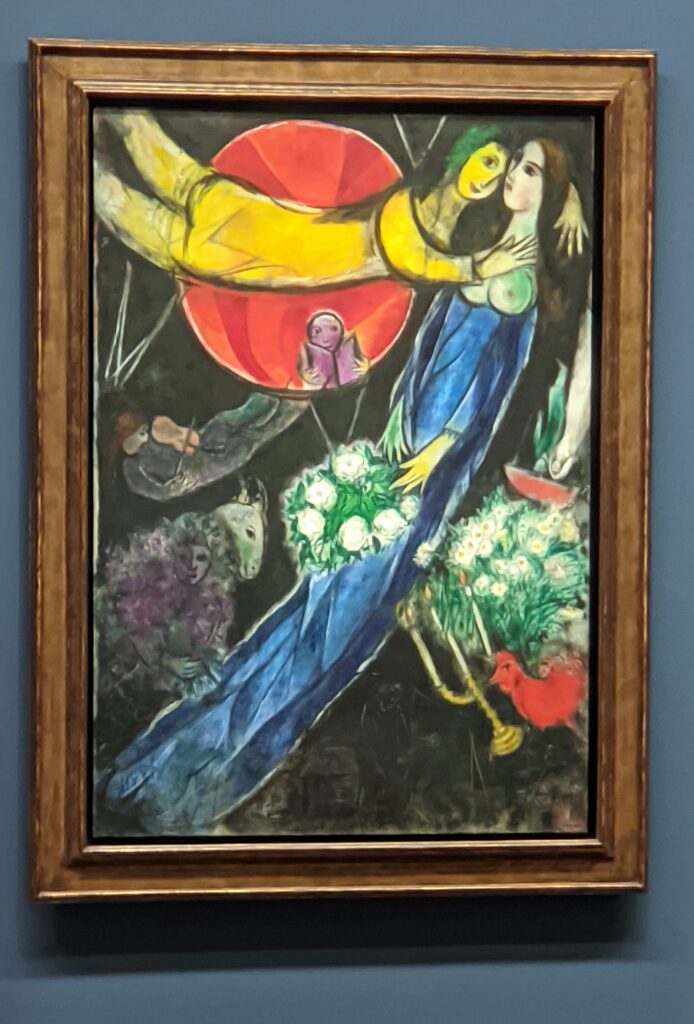
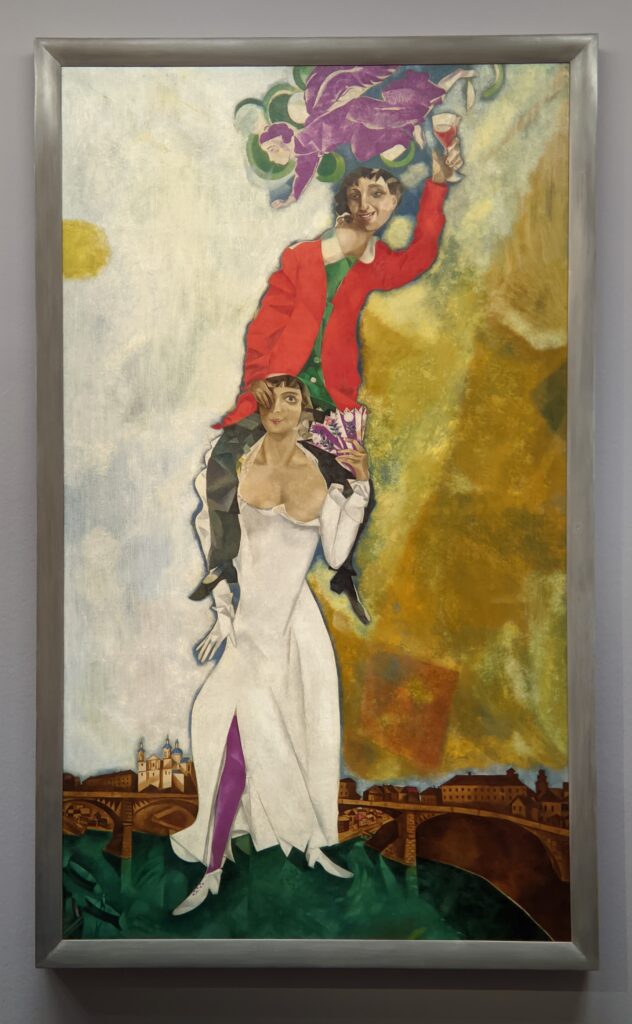
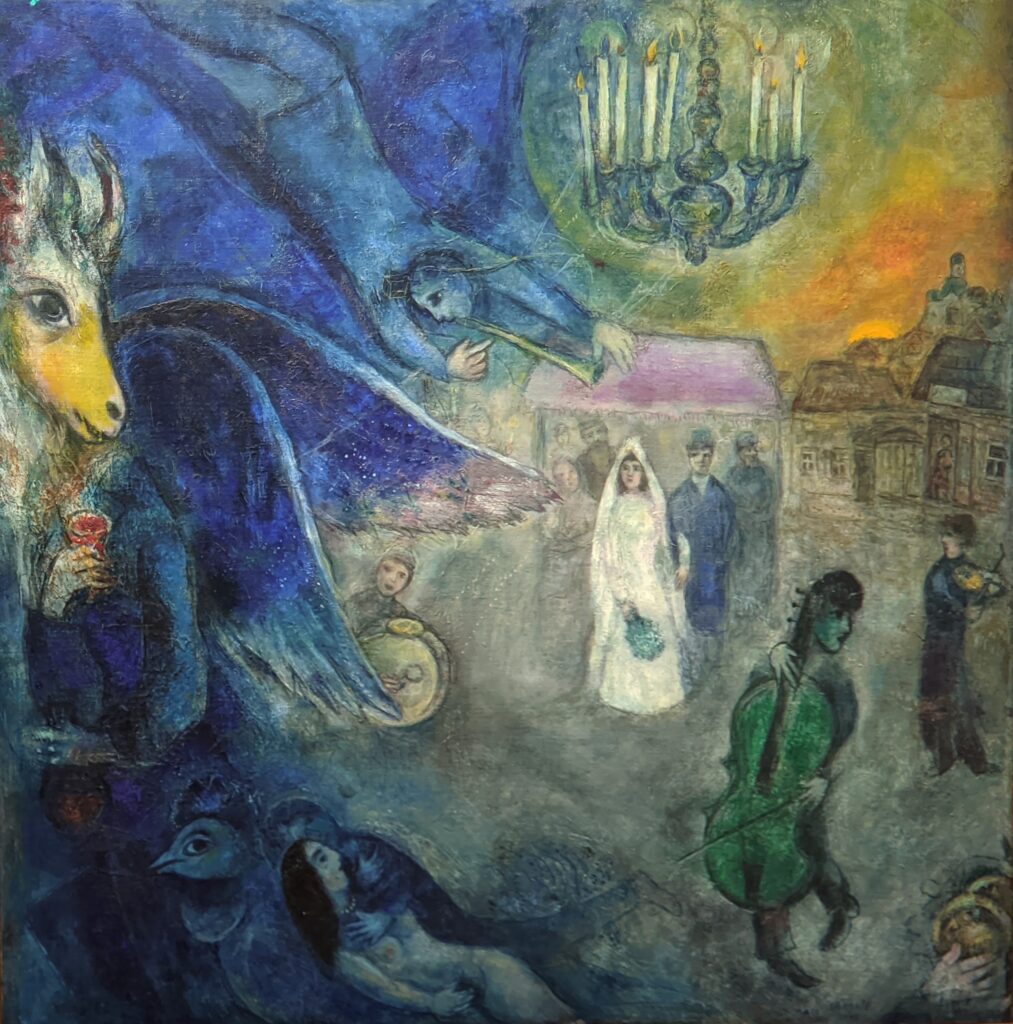

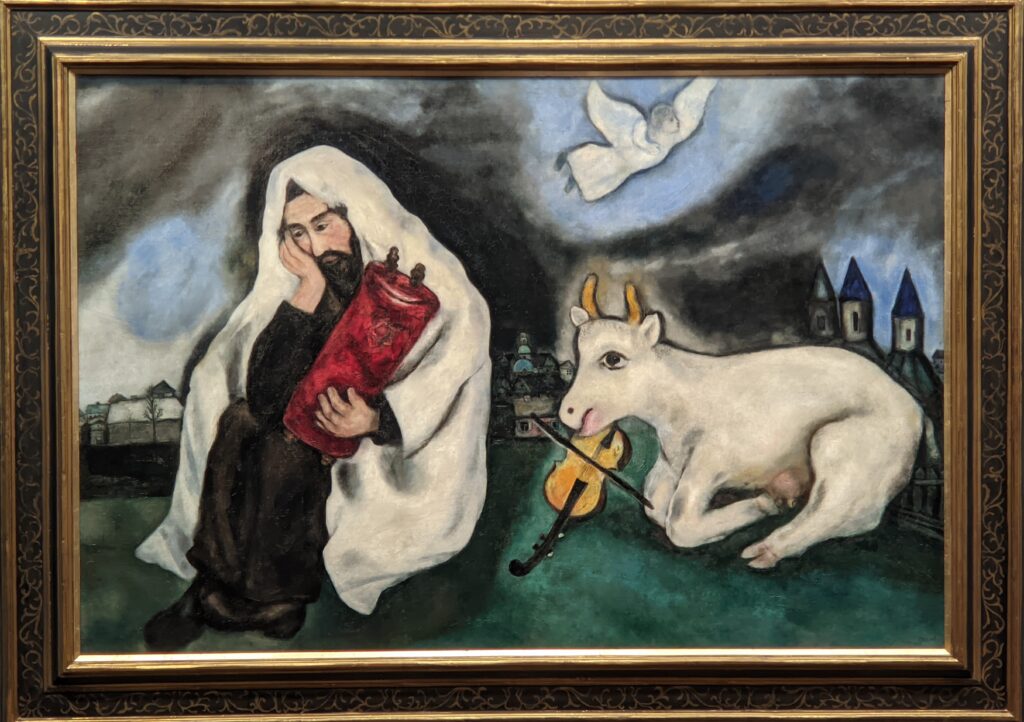
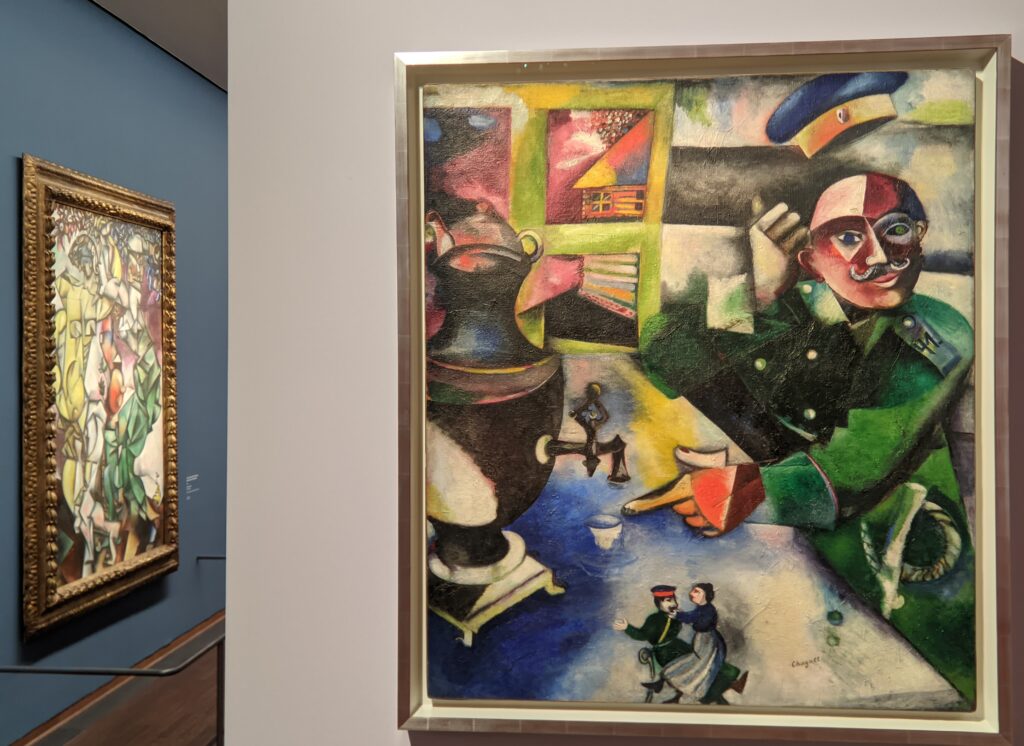
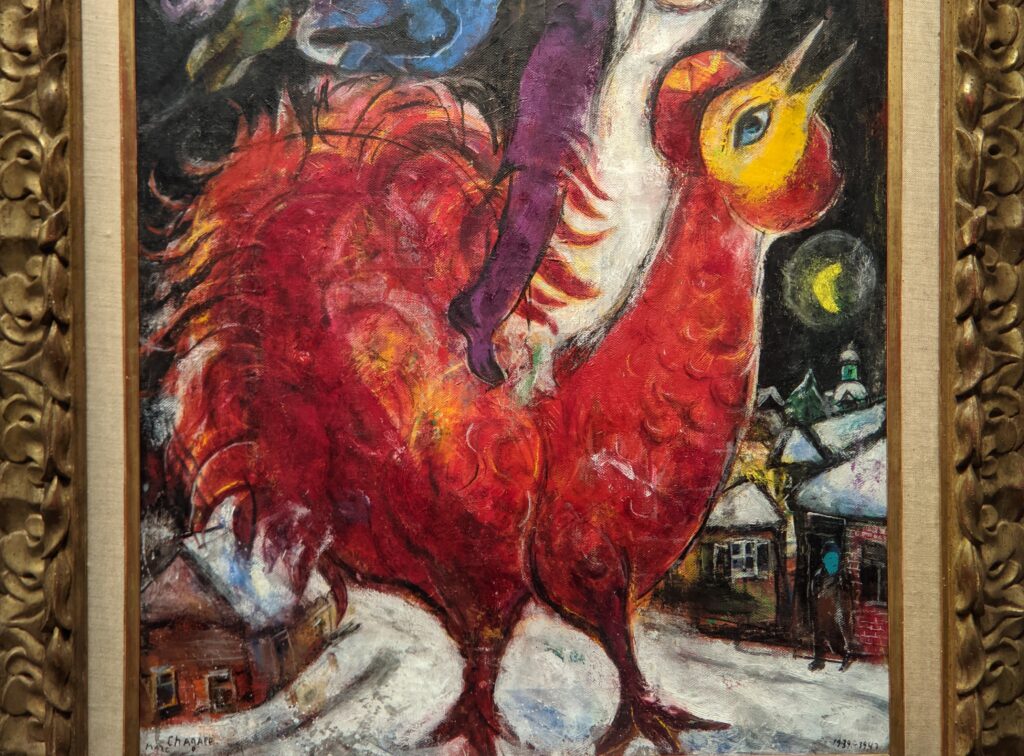



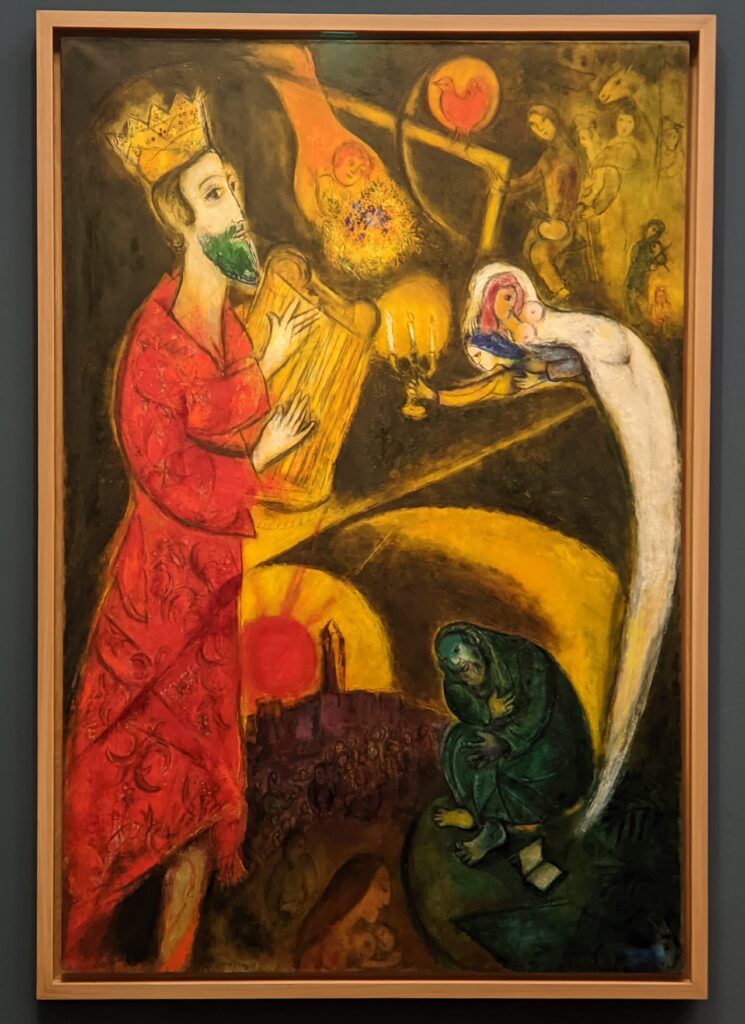
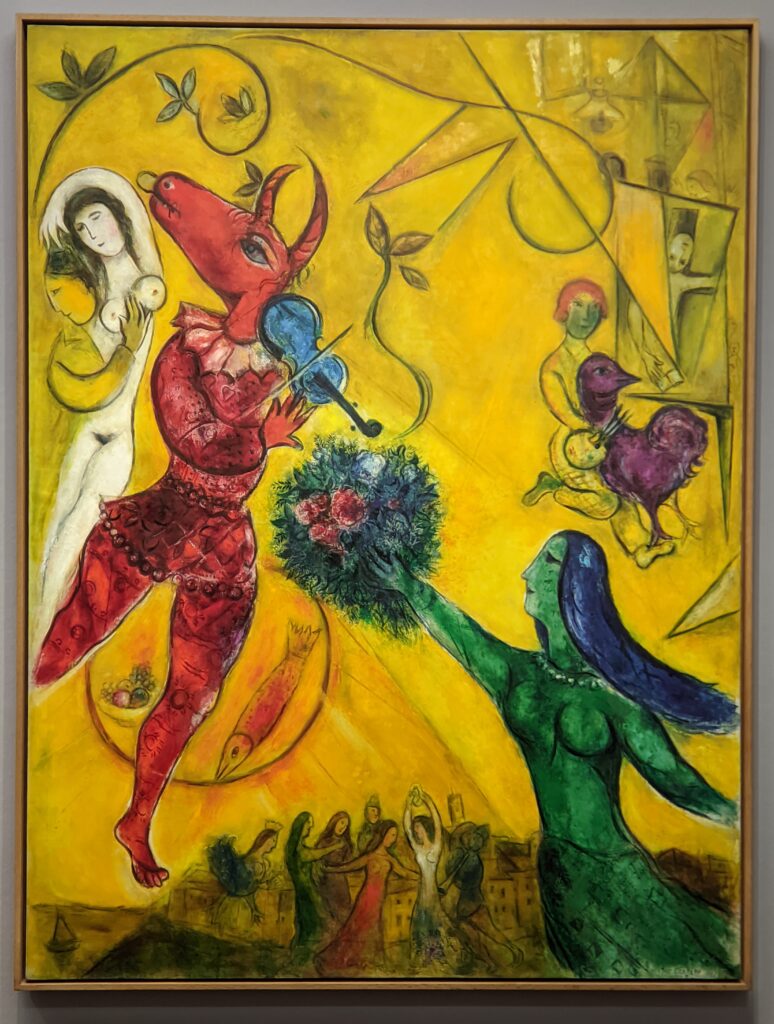

The Marc Chagall Retrospective Will Close in Vienna on February 9, 2025, & Travel to Düsseldorf
If you are unable to view this colorful exhibition at the Albertina in Vienna, there is good news: this Chagall retrospective will be displayed at the Kunstsammlung Nordrhein-Westfalen in Düsseldorf, Germany beginning March 15, 2025.
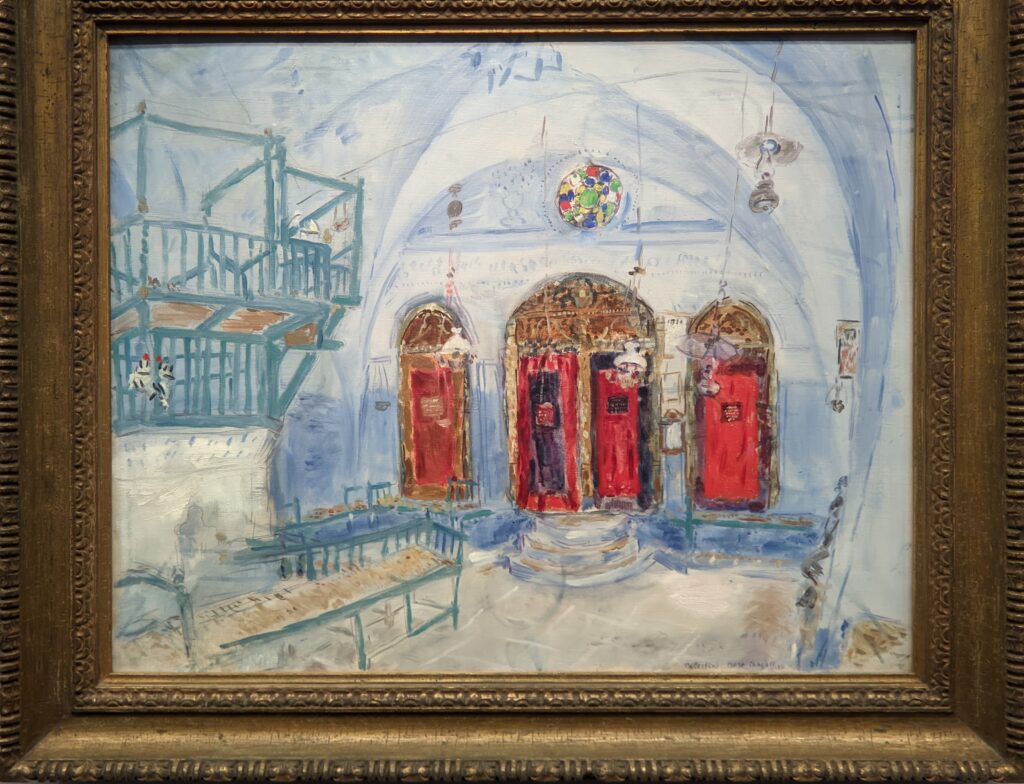
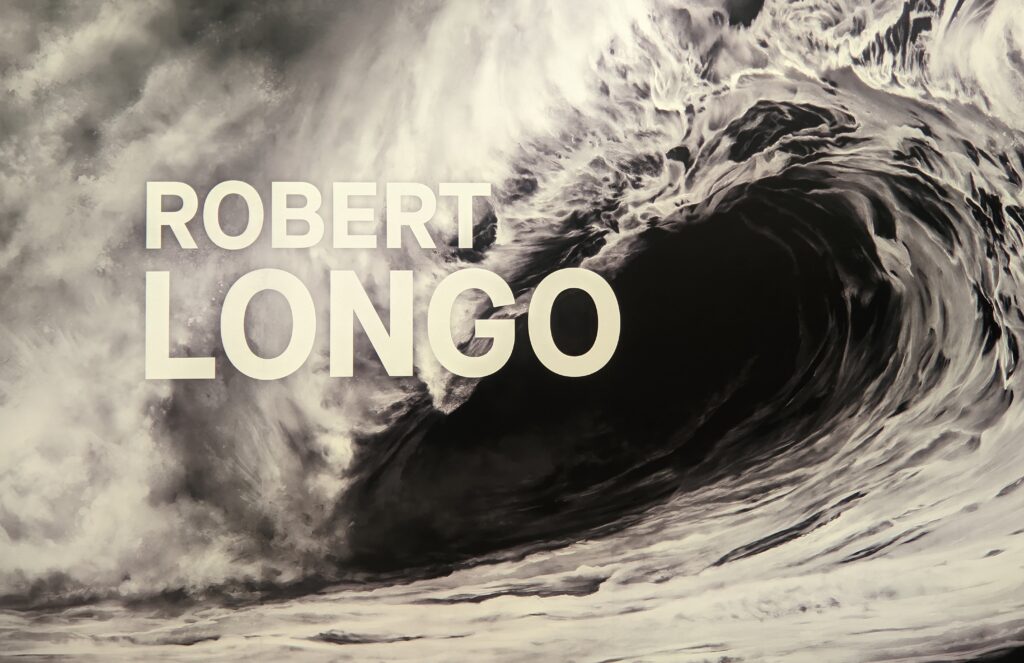
Robert Longo’s Large-format Drawings Are on View Until January 26, 2025

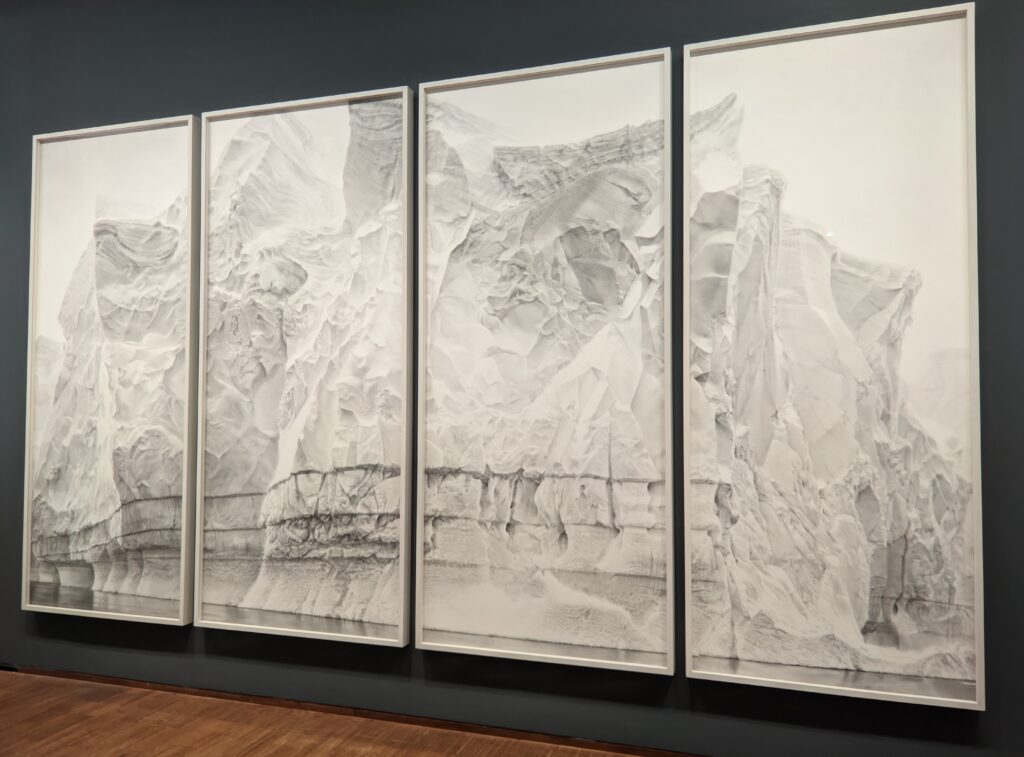
These drawings, created by Robert Longo and using charcoal as the sole medium, are absolutely stunning. As described by the Albertina, “The American artist Robert Longo is known for his monumental hyper-realist imagery: powerful, dynamic charcoal drawings that captivate with their virtuoso technique and breathtaking visual force. The artist is interested in the representation of power — in nature, politics, and history.”
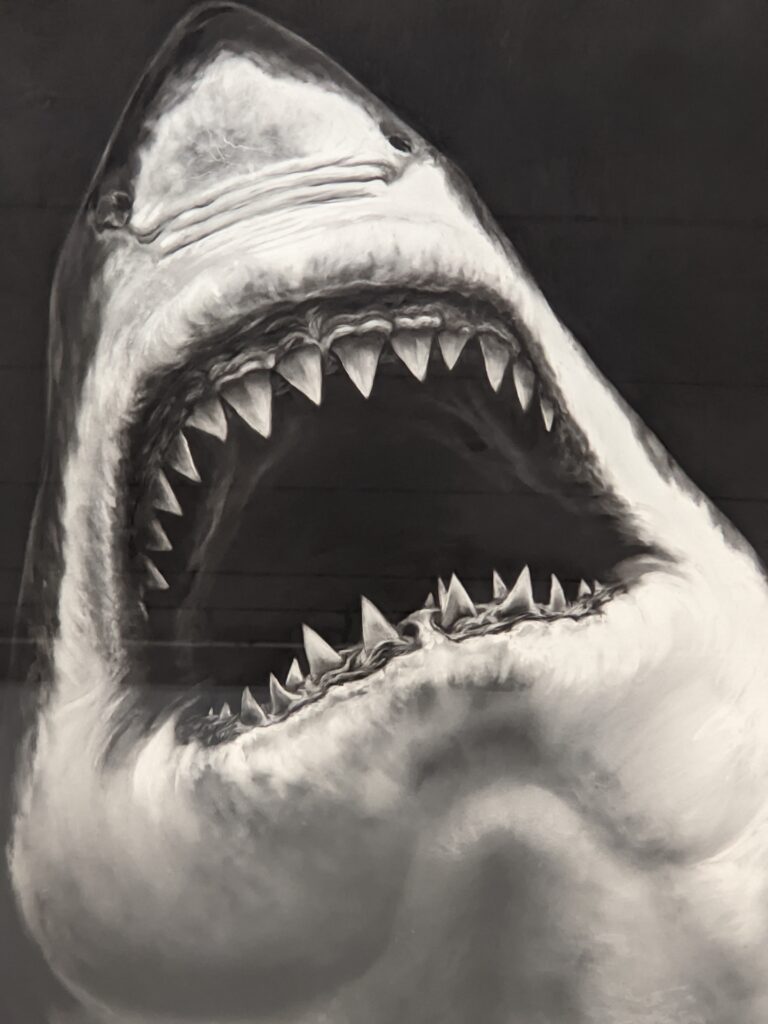
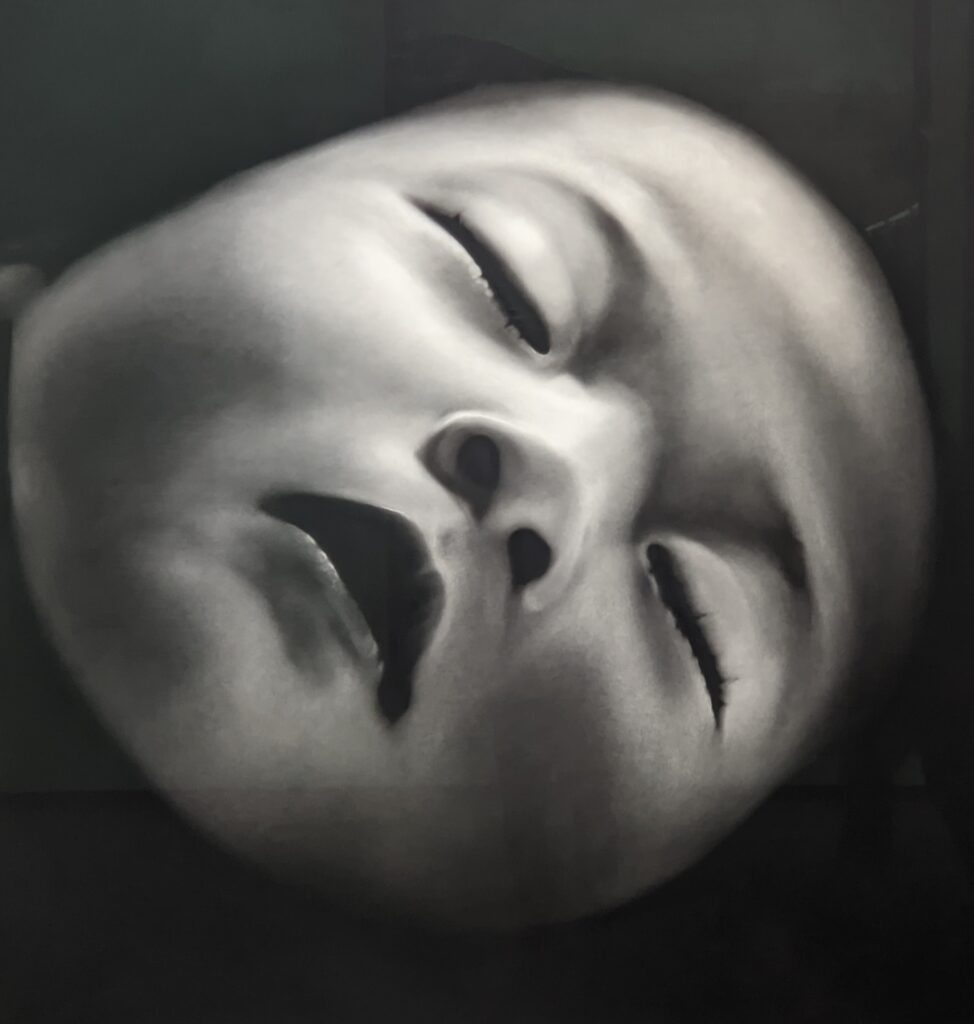

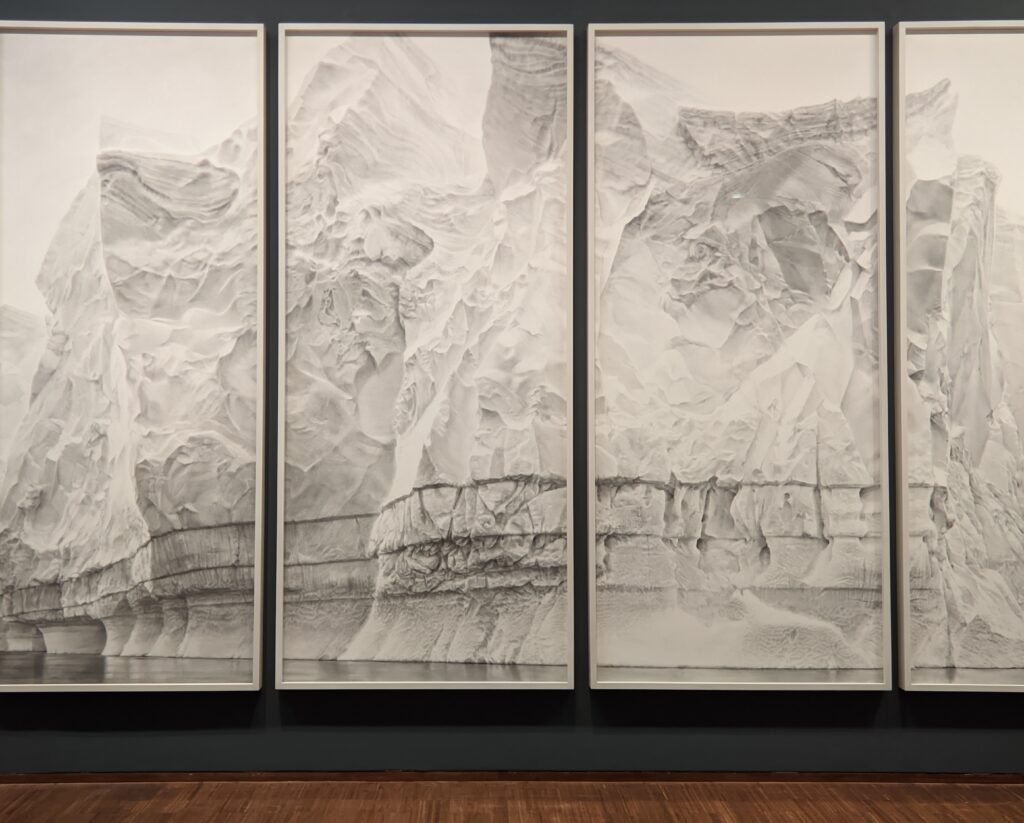
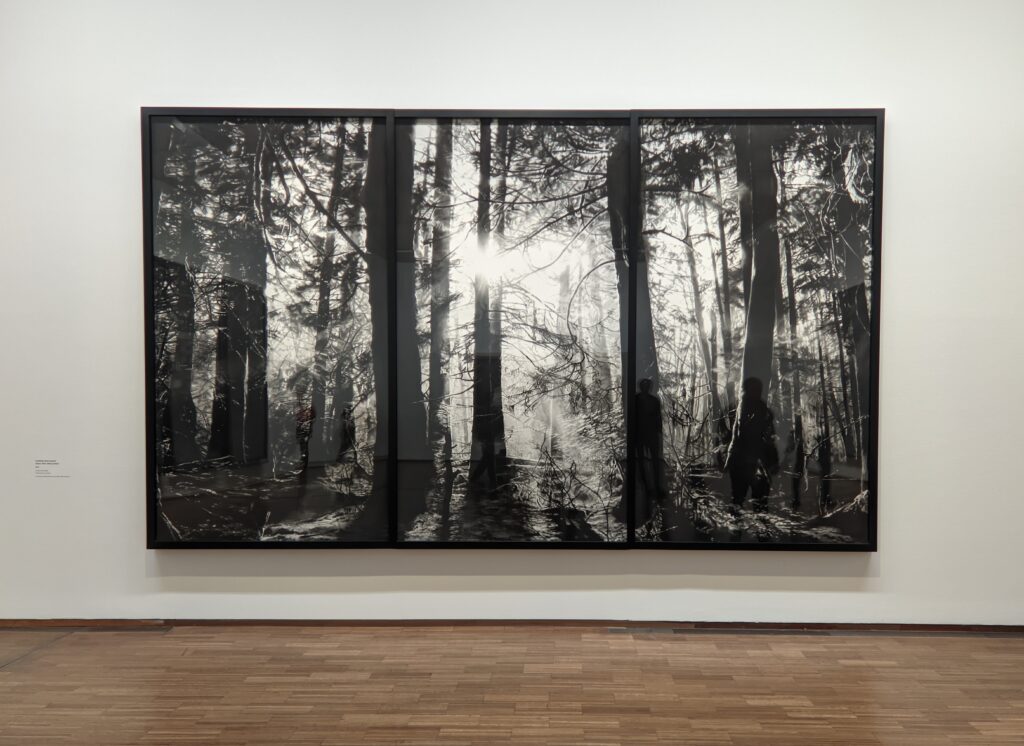
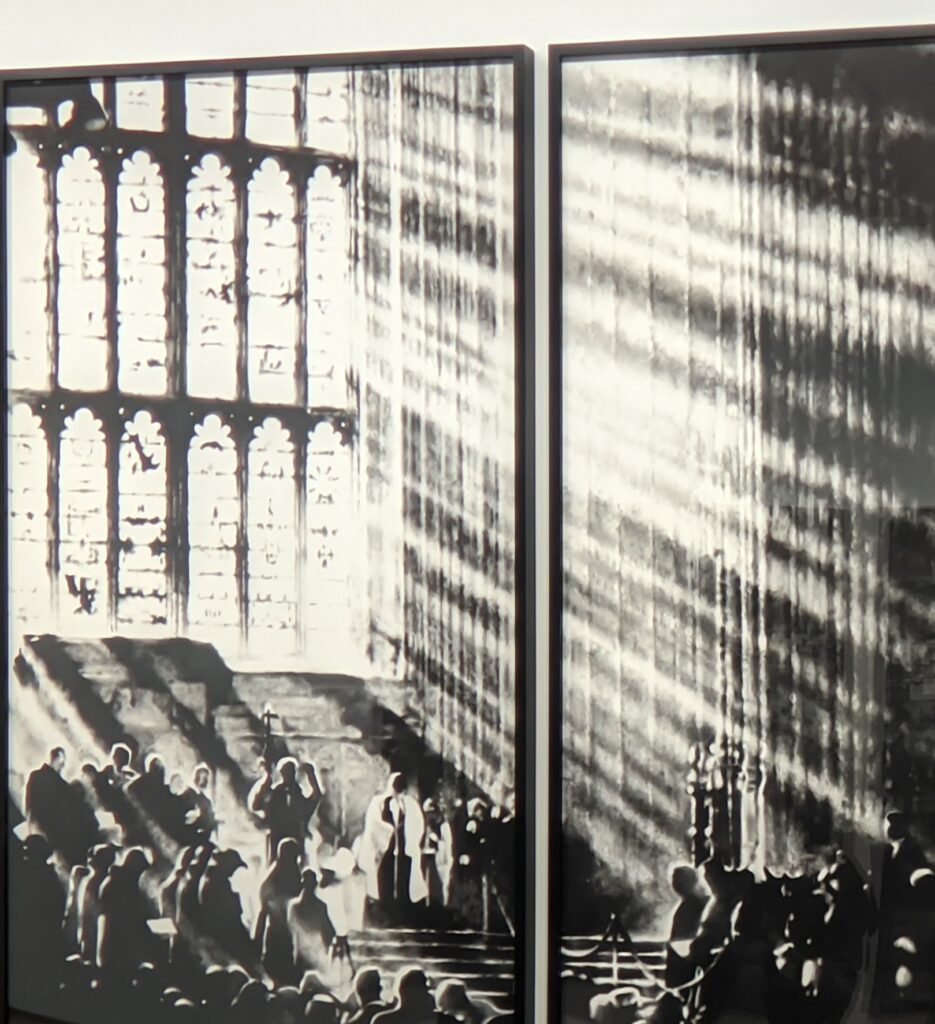

Longo was born in New York City in 1953, and during his childhood he became fascinated by images shown in magazines and on television. Longo’s drawings are not created directly from real life. These charcoal drawings are derived from the flood of pictures created by the mass media (such as press photos of an important current event) which Longo then isolates to a primary motif, before enlarging the image and enhancing the lighting, thus magnifying the visual impact of the subject matter. In a sense, Robert Longo can best be described as a political activist and an historian chronicling the most relevant images during his lifetime … and of our time.
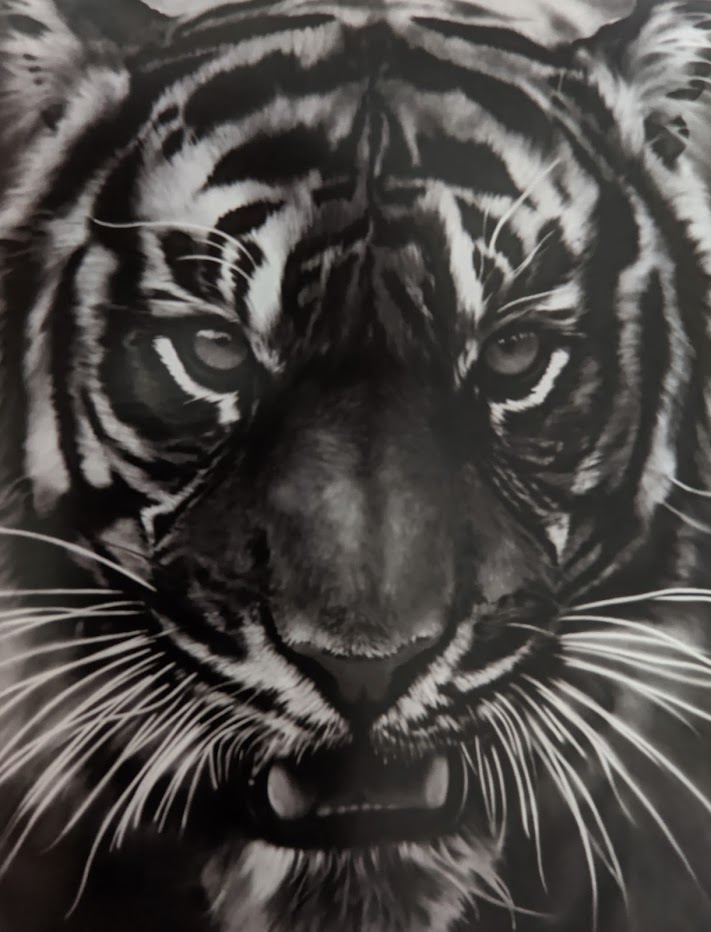
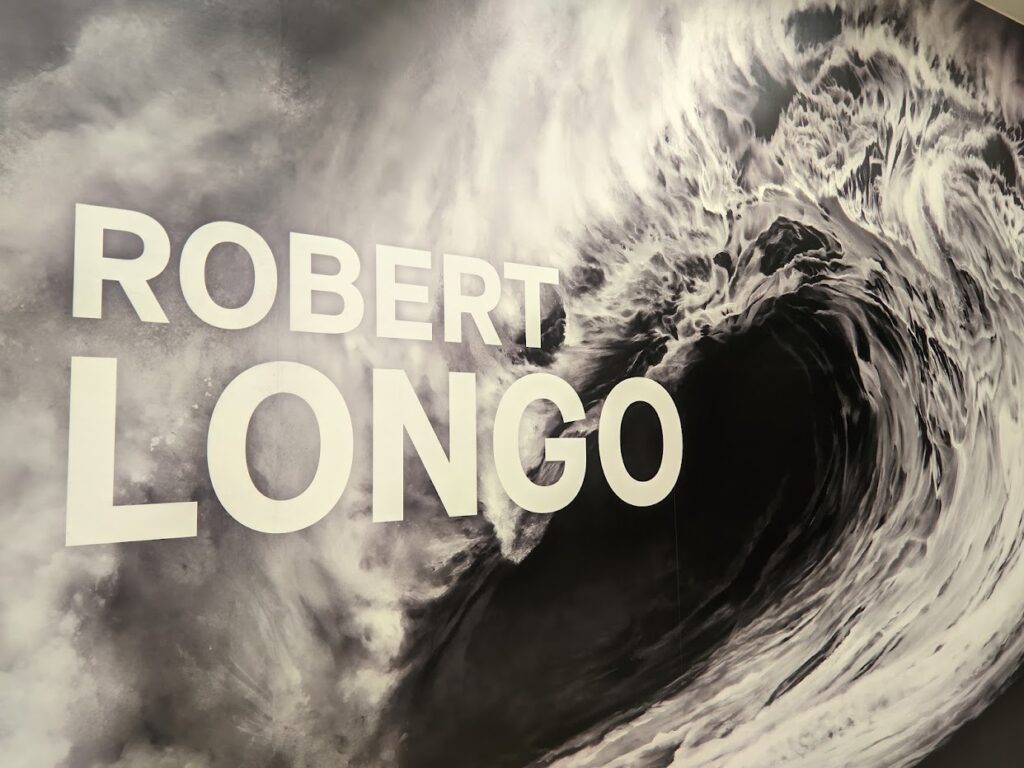
We have chosen to highlight the Albertina and the Kunsthistorisches Museum as the greatest venues for art in Vienna, Austria, and it is fair to say the Albertina presents the finest variety of temporary exhibitions each year.
Upcoming Exhibition
Leonardo da Vinci — Albrecht Dürer
From March 7 through June 9, 2025 the Albertina will offer “Leonardo / Dürer — Master Drawings of the Renaissance on Colored Background.”
Master Drawings of the Renaissance

Drawings in light and dark on colored backgrounds in the 1400s and 1500s opened the gateway to painting during the Renaissance. Leonardo da Vinci perfected this technique as studies of nature and nudes, and north of the Alps Albrecht Dürer elevated drawing into a form of high art.
Previous Exhibitions at the Albertina
The Albertina presented six major exhibitions in 2023, including one dedicated to Pablo Picasso. The Picasso show marked the 50th anniversary of the artist’s death and featured an early painting from the Blue Period (below), and 60 additional works of art from all of the important phases of Picasso’s long career.



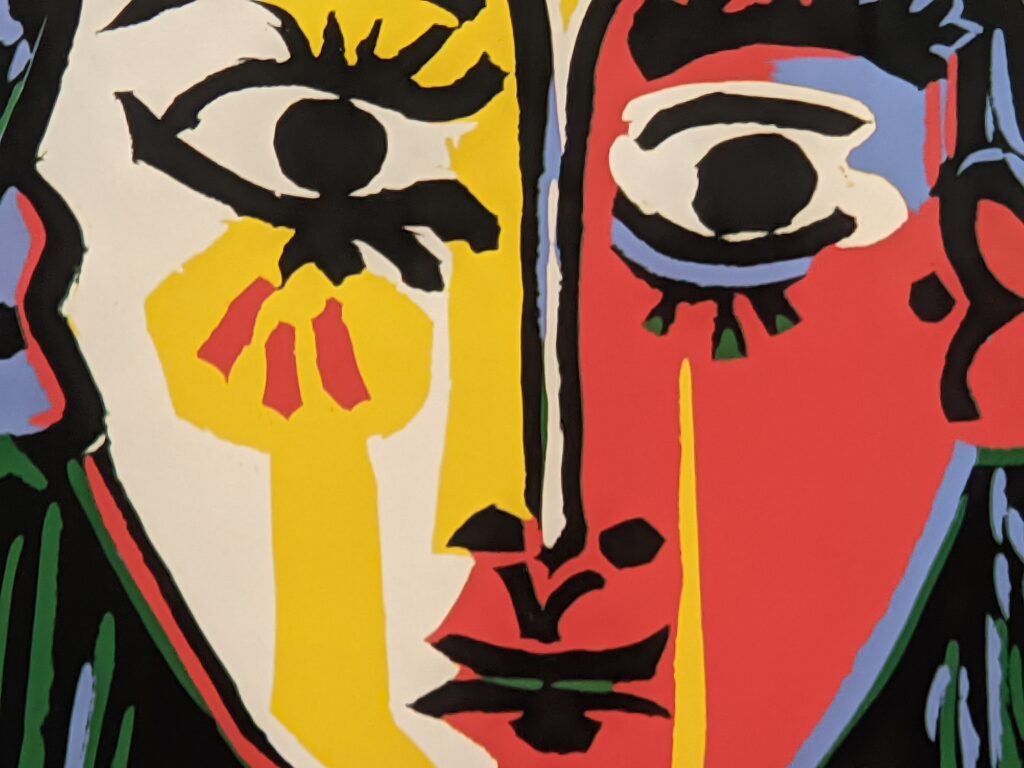

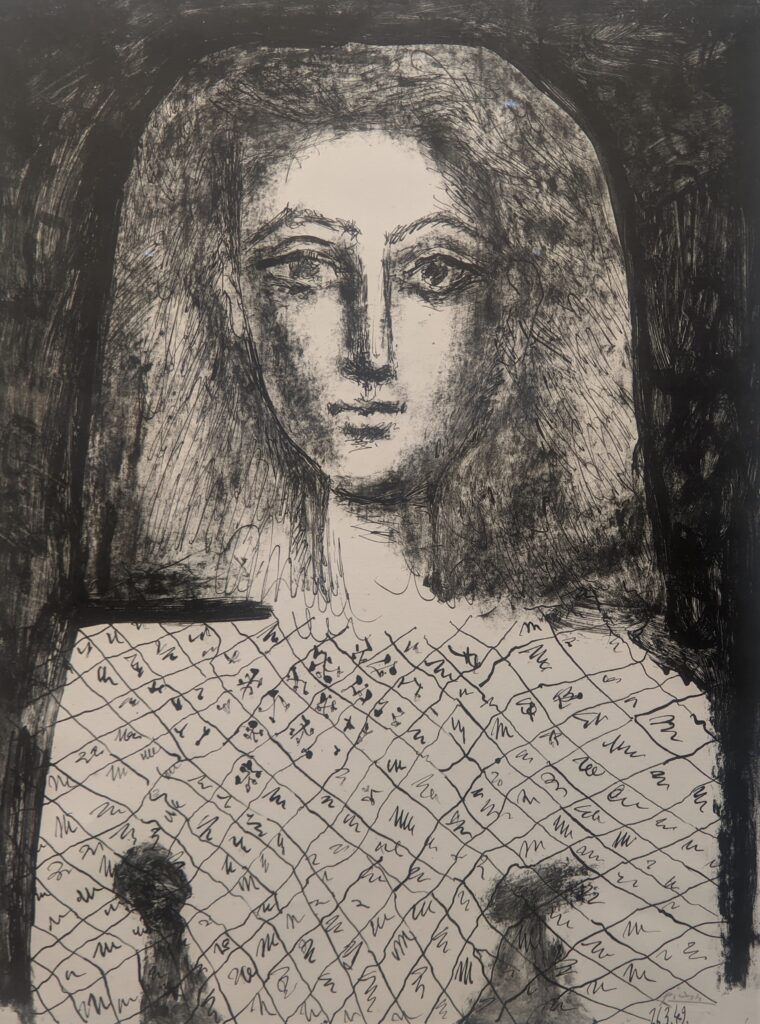


The Albertina also devoted a retrospective to Alex Katz, a pivotal Abstract Expressionist artist whose unique style made him a forerunner of Pop Art. This exhibit marked the third major Katz show, following presentations in New York and at the Thyssen in Madrid, to mark the 95th birthday of Mr. Katz.
The exhibit in Vienna was remarkable because all of the works on display came from the Albertina’s own substantial holdings, and it featured woodcuts, drawings, screenprints, lithographs, aquatints, shaped-aluminum sculptures and oil paintings. On view in 2023, “ALEX KATZ — COOL PAINTING” was a winner, far better than the presentation of Katz’s work at the Guggenheim in New York during the same year. Unlike Pop Art, which often referenced images already existing in advertising, the large-format images preferred by Katz are based on the artist’s direct observation of the people closest to him, especially his wife Ada.

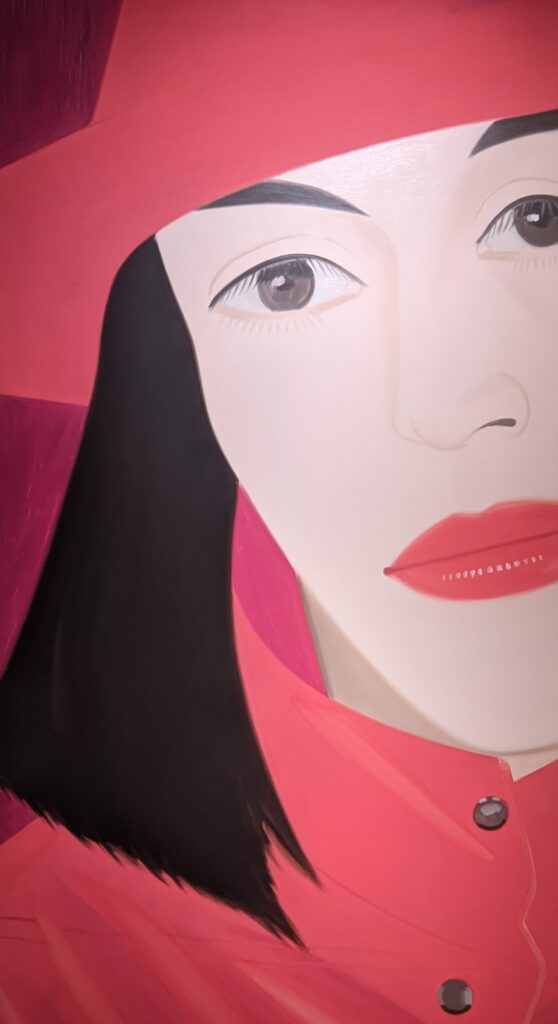
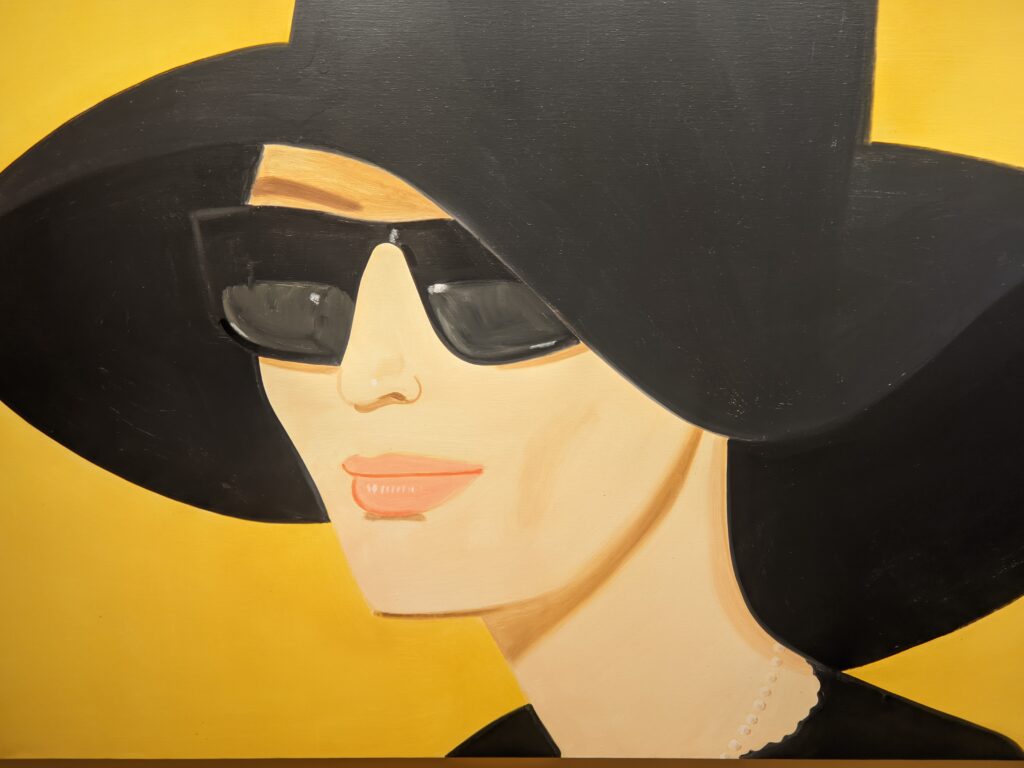
While many of these figurative paintings reveal a mood of detachment or isolation, a pictorial depth that enhances the theatrical effect, and a technically perfect realism, Katz retains the allure of Edward Hopper while rejecting the expression of social ideas that Hopper conveyed through his oeuvre. Katz’s unique, streamlined portraiture epitomizes Nouveau Réalisme.
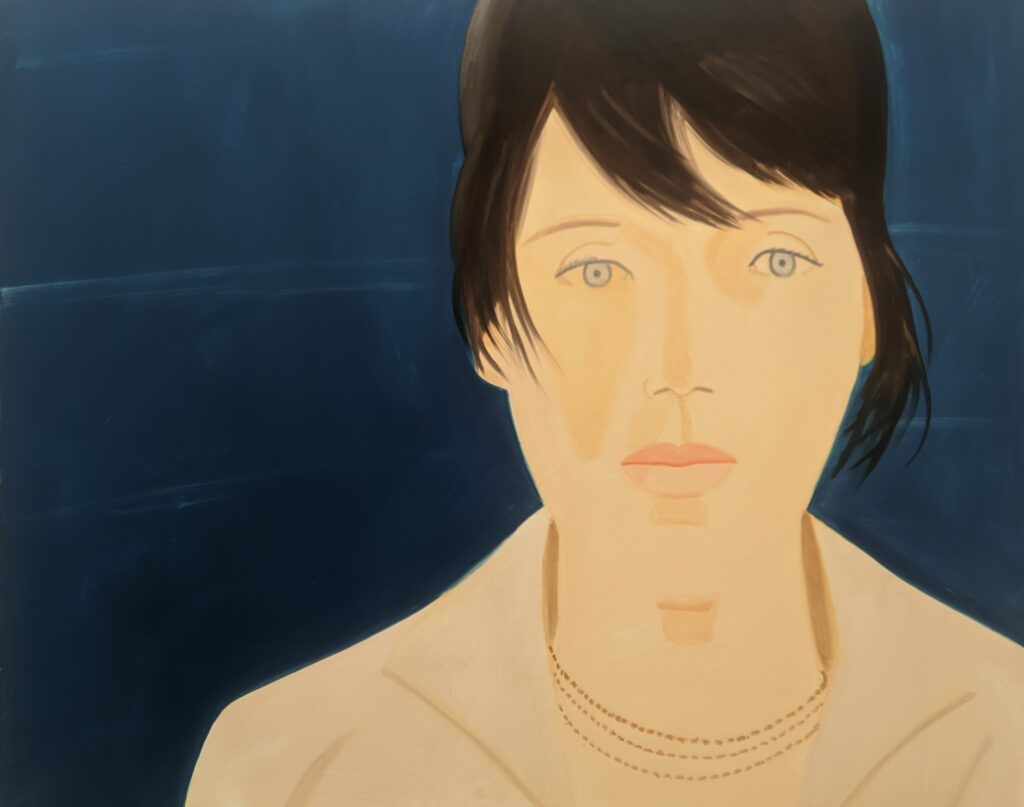
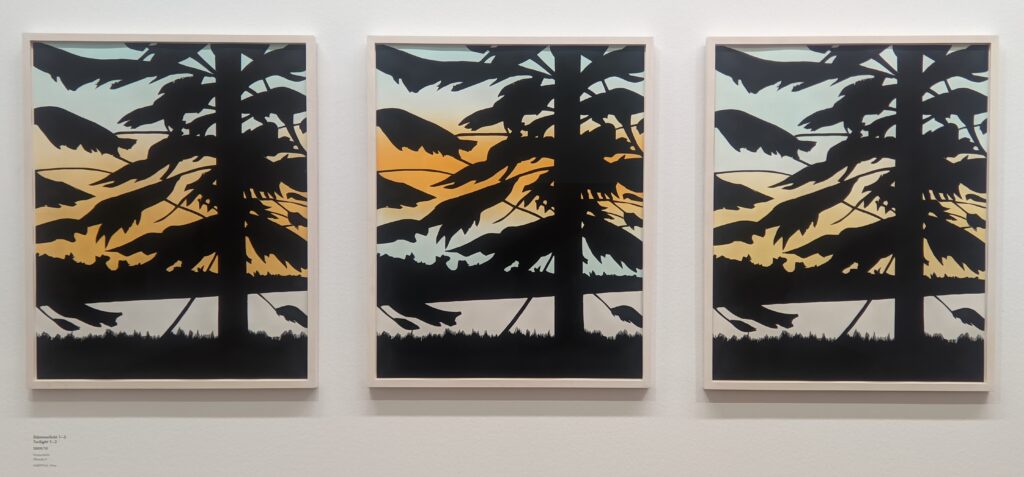
Like Matisse during the 1930s, Katz deliberately chooses subject matter lacking in content. In a world dominated by photographic images and devices such as the close-up employed in cinema, the portraiture of Katz (inspired by the stencil painting used in commercial art) constructs a motif from flat cut-outs and the luminosity of colors to convey the sitter’s outward appearance, adornments and body language. Even with his cool distance and radical flatness, Alex Katz managed to reveal Ada’s charm and a moment of self-reflection (as he depicted her, below, in front of their yellow summer home in Maine, USA). It is noteworthy and most interesting that Katz’s focus is on the light of the season and his wife’s fashionable accessories (i.e., symbols of the spirit of the times in which we live, and perhaps a remembrance of the simple, spontaneous moments we recall through family photos) rather than on the individual.


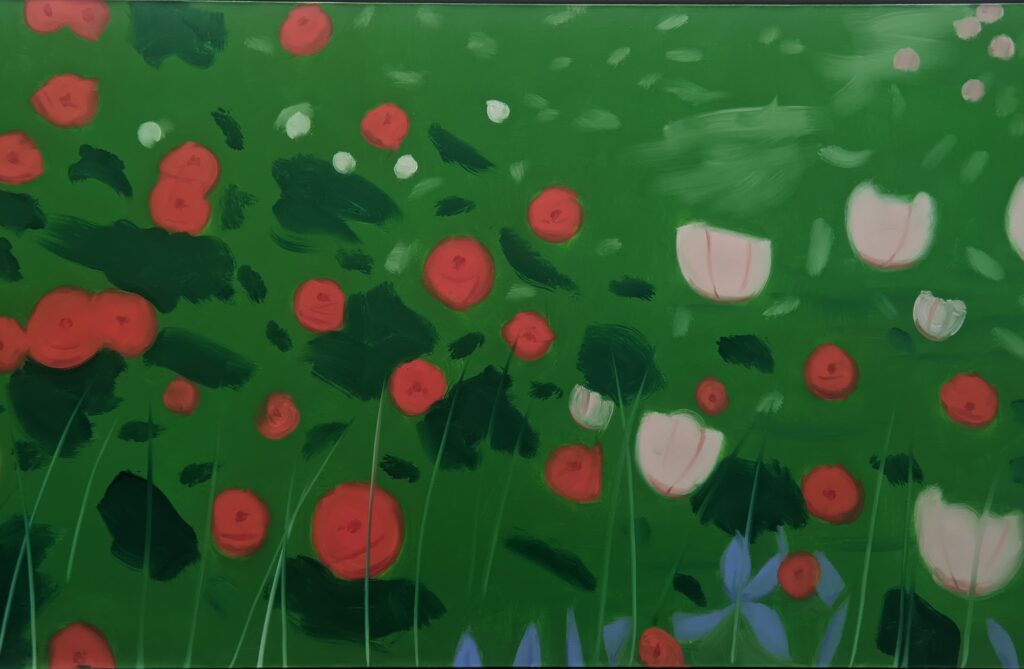

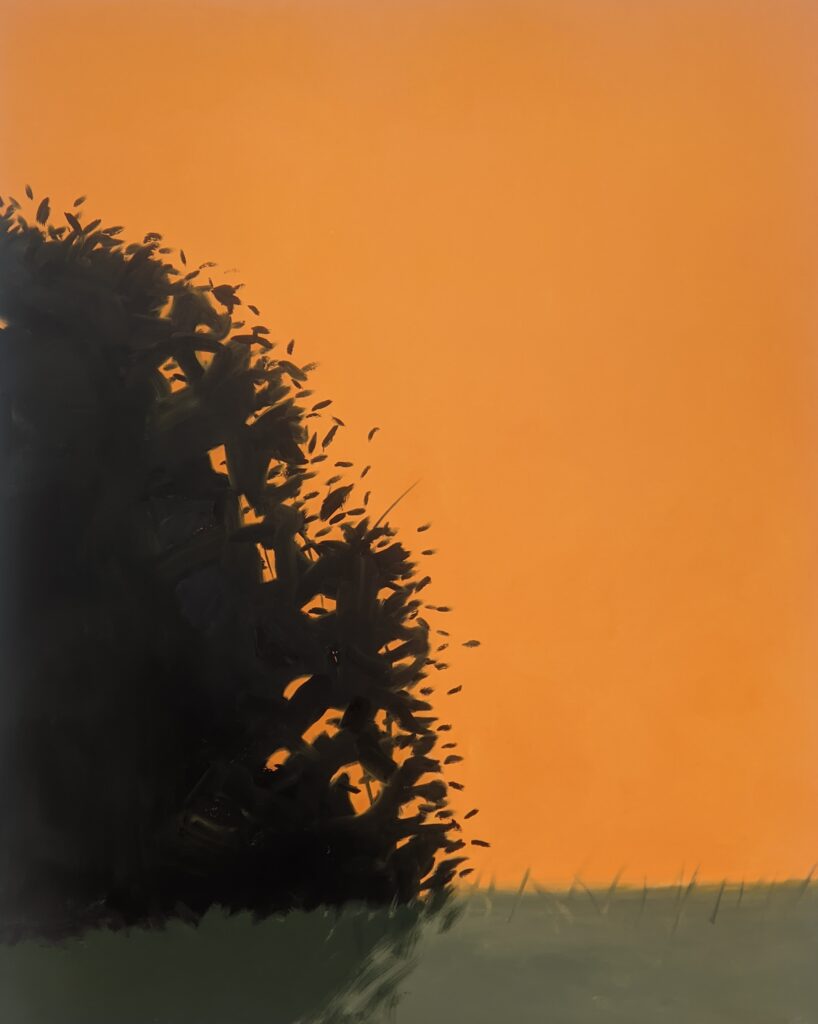

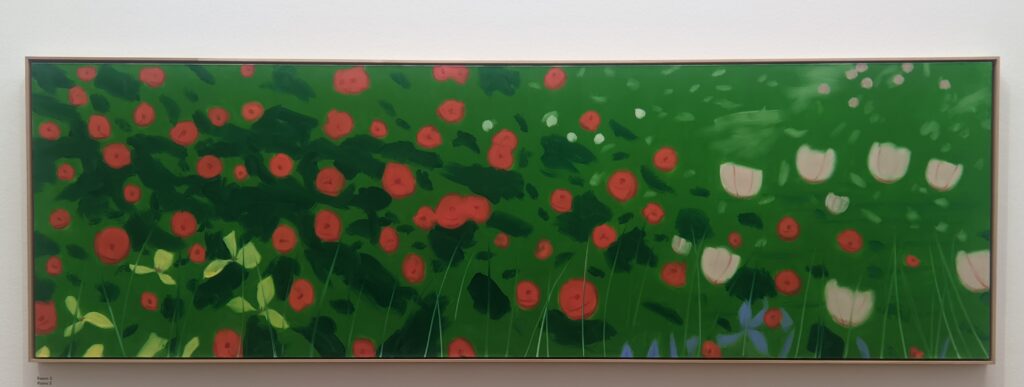
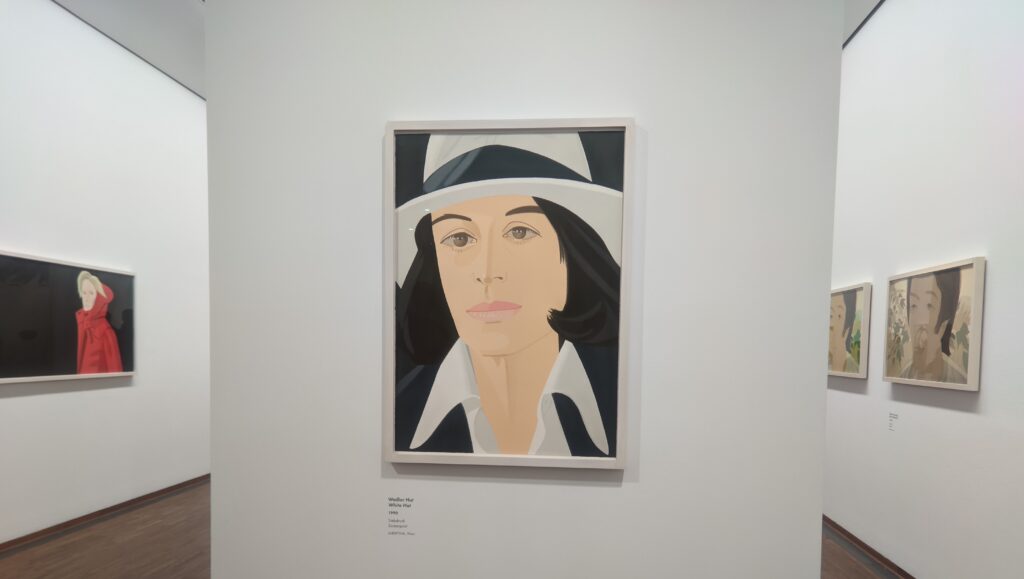
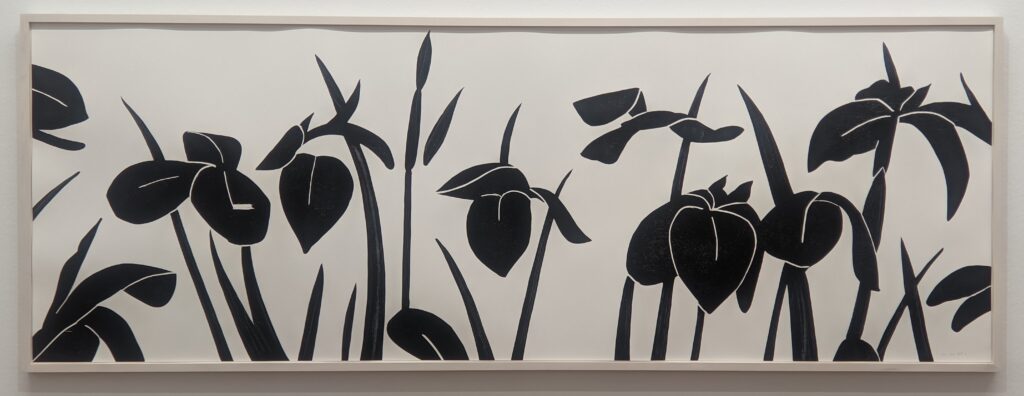

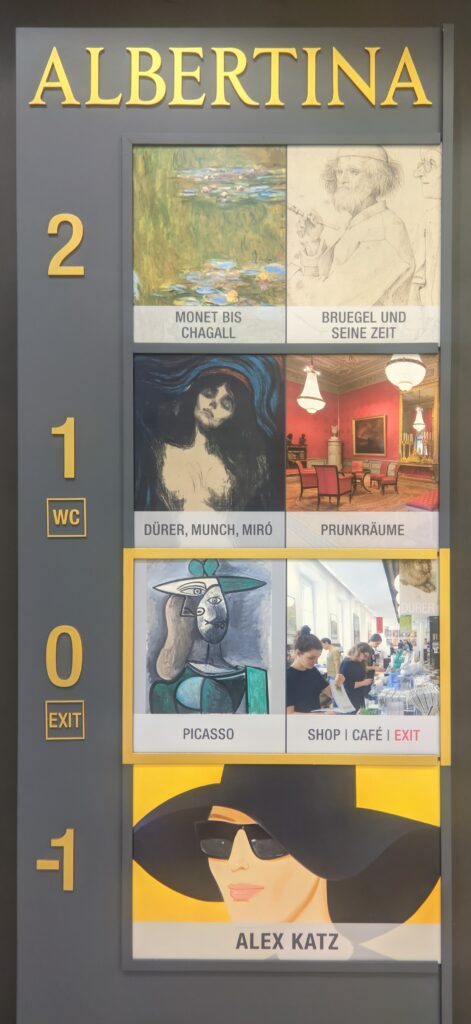
During the first five months of 2023, the Albertina offered something special for every visitor to Vienna. After enjoying the Katz retrospective on the Lower Level, or Picasso on the main floor, one might have chosen to escape into the world of Habsburg classicism by visiting the 20 furnished State Rooms. Lithographs, such as Edvard Munch’s 1895 “Self-Portrait with Skeleton’s Arm” (above left), were displayed as part of the exhibition “Dürer, Munch, Miró — The Great Masters of Printmaking” on Level 1, near the lavishly-restored State Rooms. The permanent collection of modern painting and sculpture is located on the Albertina’s top floor (Level 2) where the exhibit “Bruegel and His Time” was also on view.

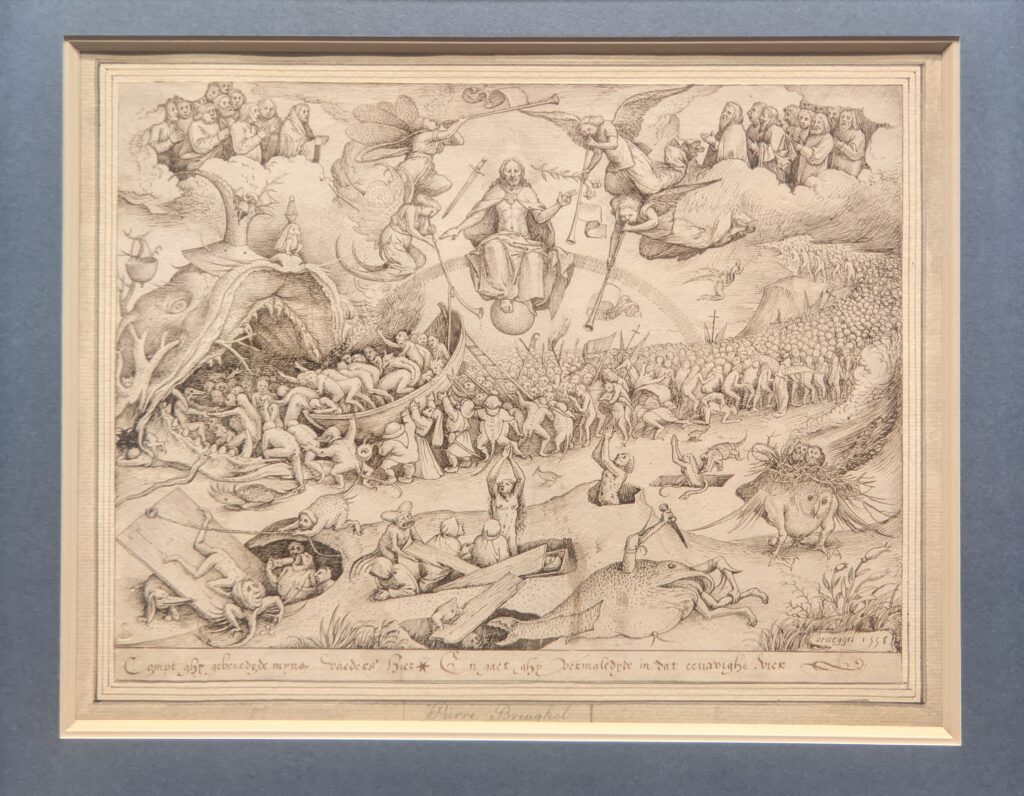
Bruegel & His Time
90 works of art explored the technical brilliance and broad scope of drawing in The Netherlands during the 16th century in a special exhibit entitled “Bruegel and His Time.”
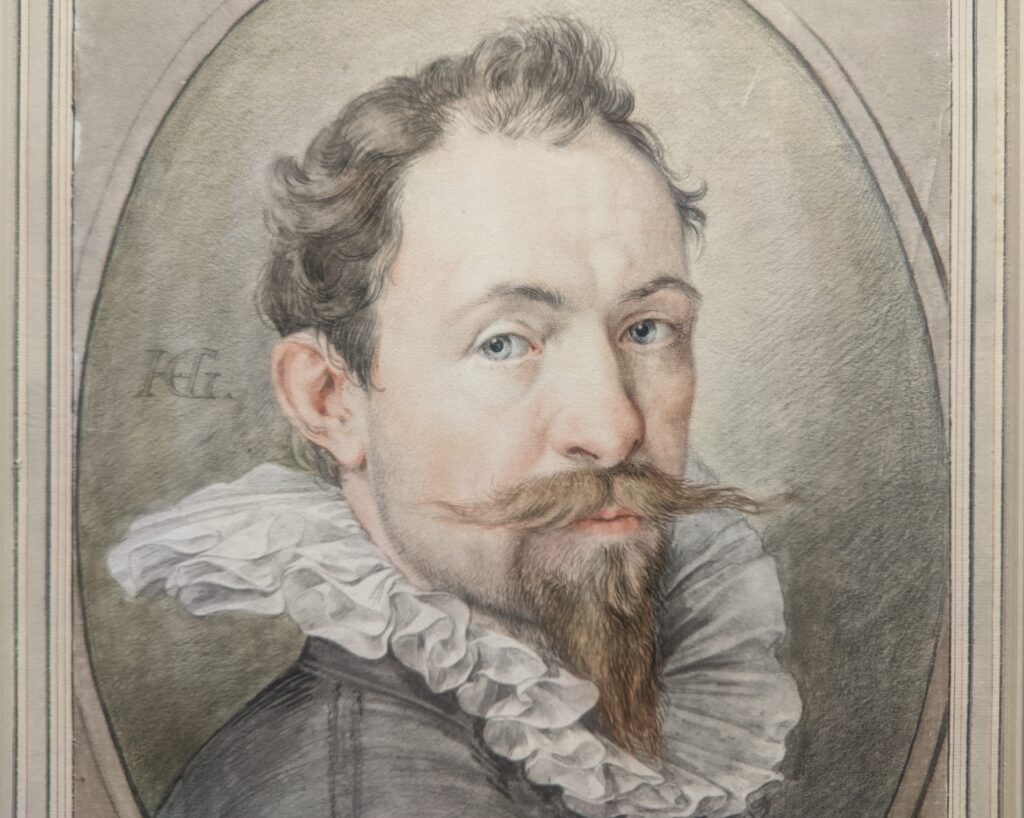
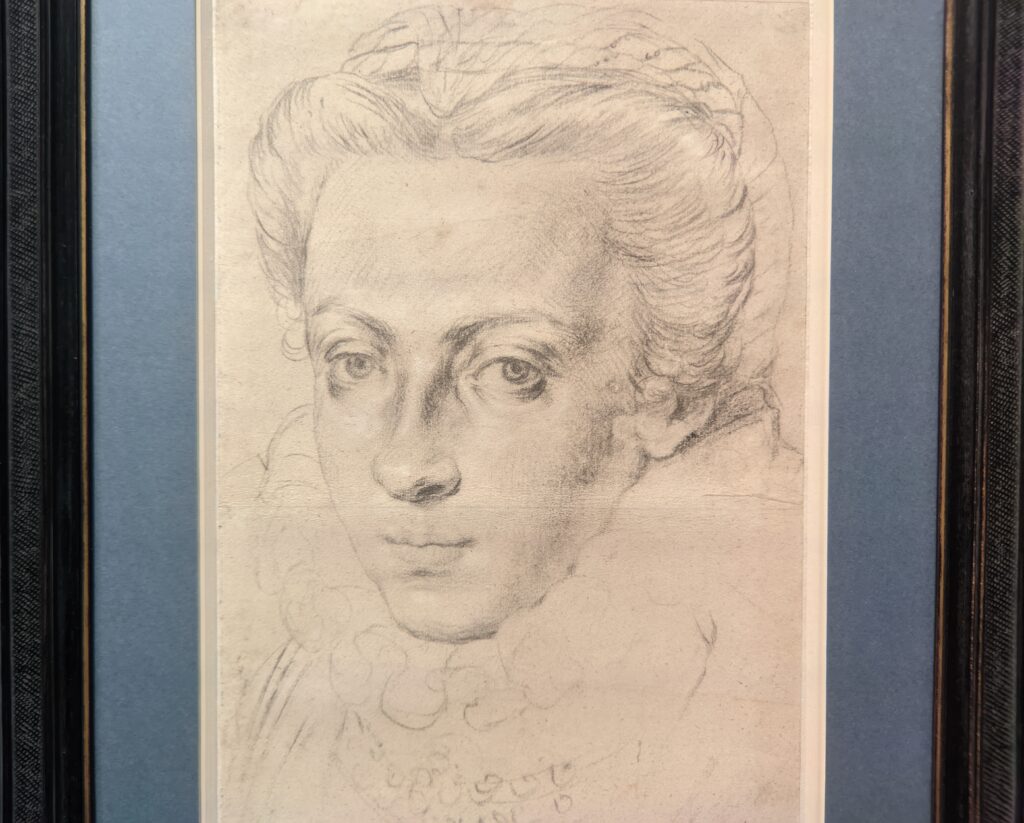
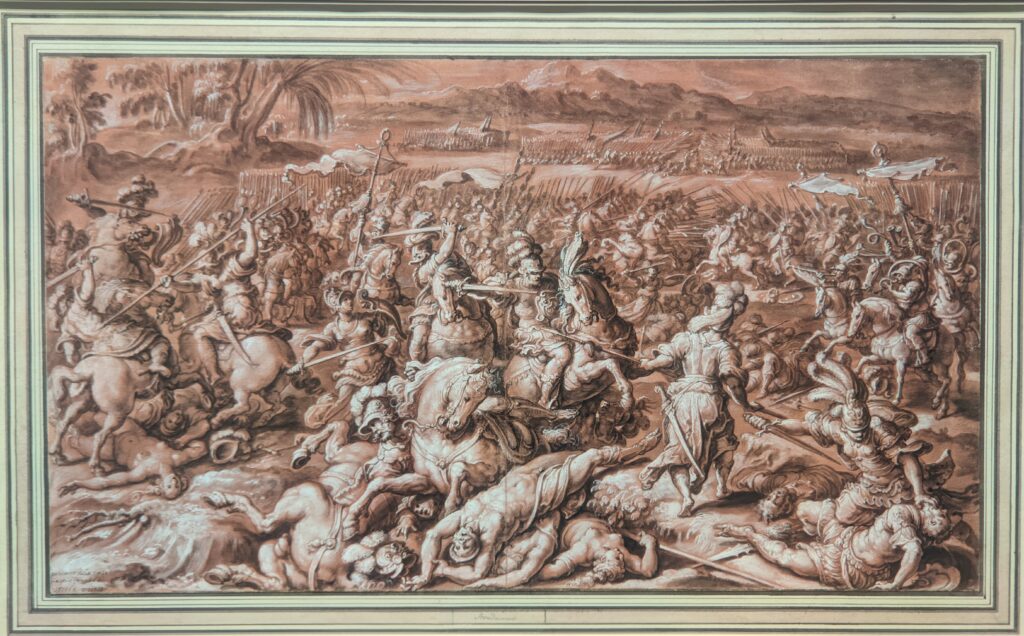
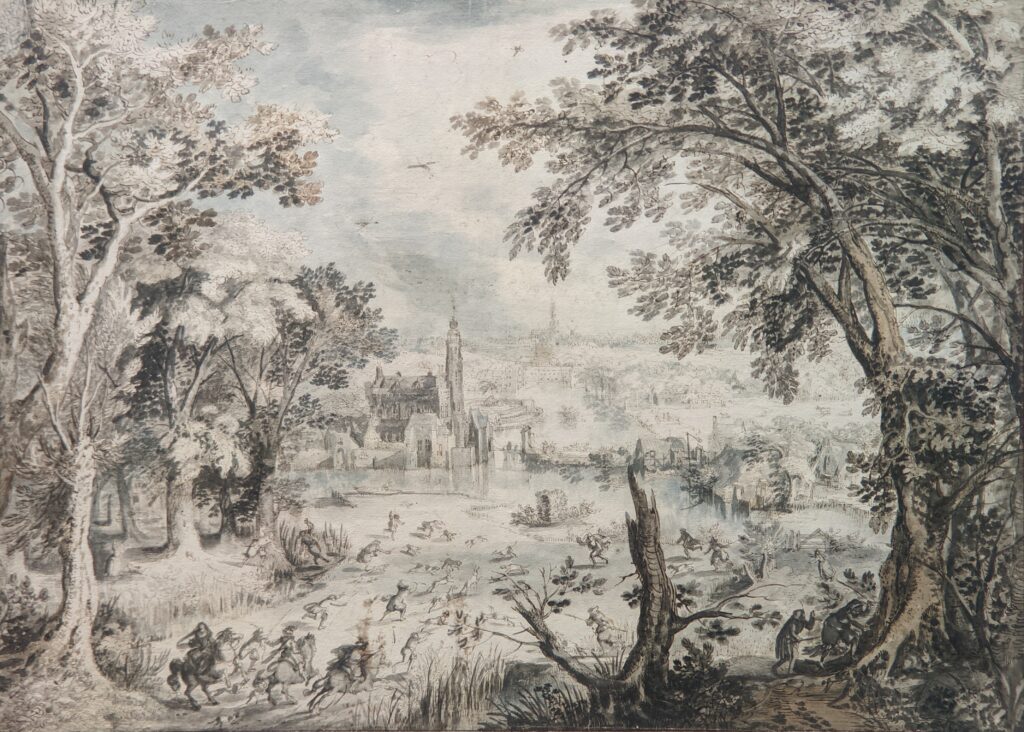



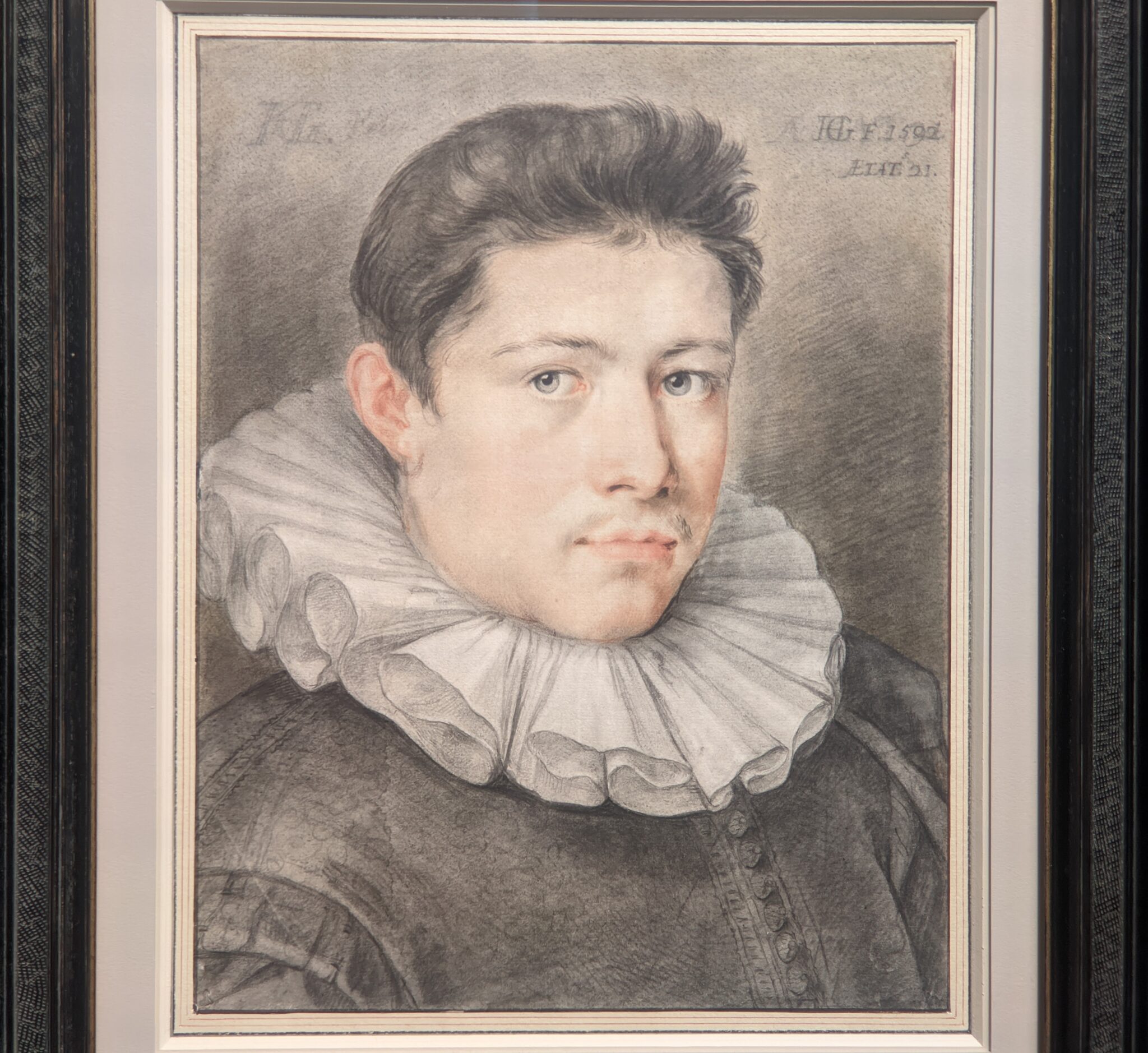
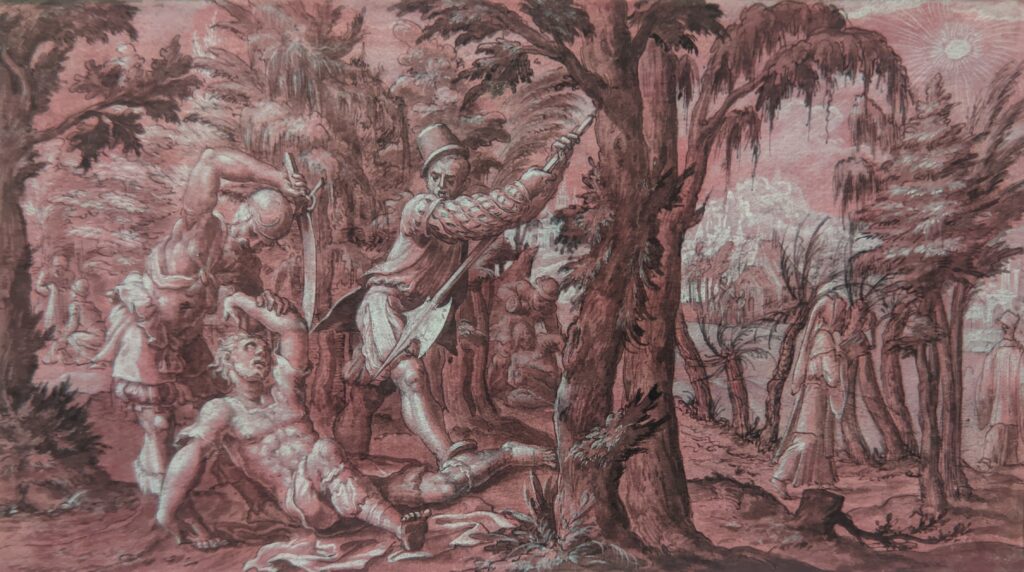
“Bruegel and His Time” Was on Display in 2023
The artistic diversity in Netherlandish drawing included motifs depicting social and political change, as well as peasant life, landscapes and biblical themes, such as the Jewish Queen Esther (below) imploring her Persian husband Ahasuerus to show mercy on her people.
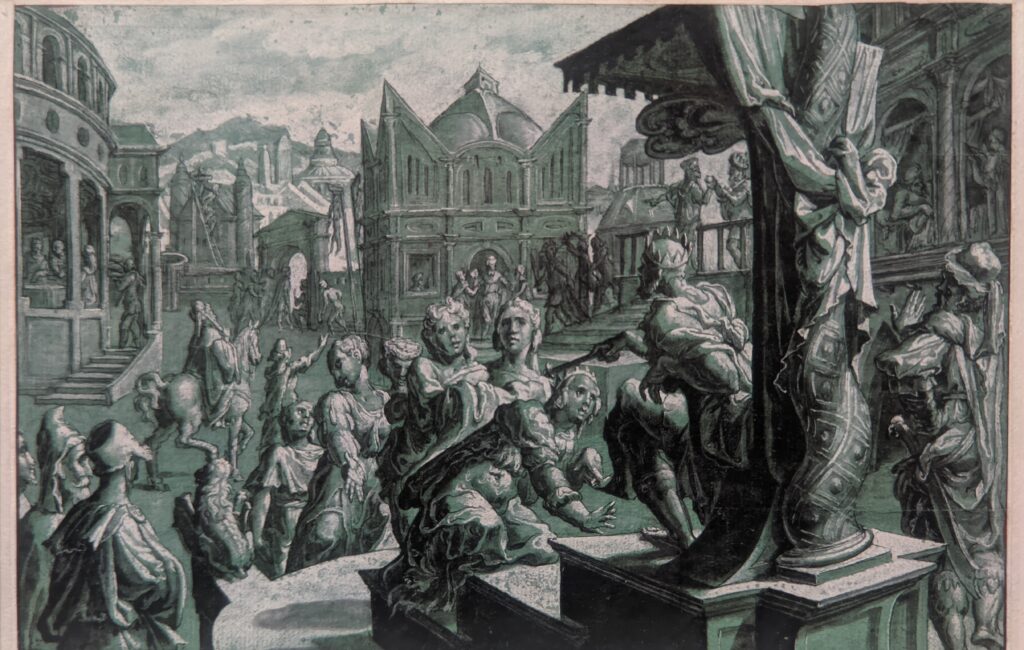


Dürer, Munch, Miró — The Great Masters of Printmaking
The Symbolists were artists who emphasized ideals and dreams, and the symbols they used were personal and private, at times morbid. In the visual arts, symbolism may be seen as a revival of mystical tendencies associated with the Romantic tradition, which was characterized by an emphasis on emotion. The etchings by Max Klinger (1857 — 1920) are symbolist in nature, though his execution is realistic and romantic. In “THE GREAT MASTERS OF PRINTMAKING” (on view in 2023 at the Albertina) one could easily see why Klinger was an admirer of Francisco Goya (1746 — 1828). Both men tackled social and political issues, and shared their observations on death, poverty, depression and violence by portraying harsh realities, stark landscapes, and terrifying dreamscapes. Goya has often been described as “the last of the Old Masters and the first of the moderns.” It is easy to see how the realism of Goya and Klinger inspired Expressionists such as Munch and Kollwitz, as well as the Surrealists and artists like Paula Rego who died in 2022.

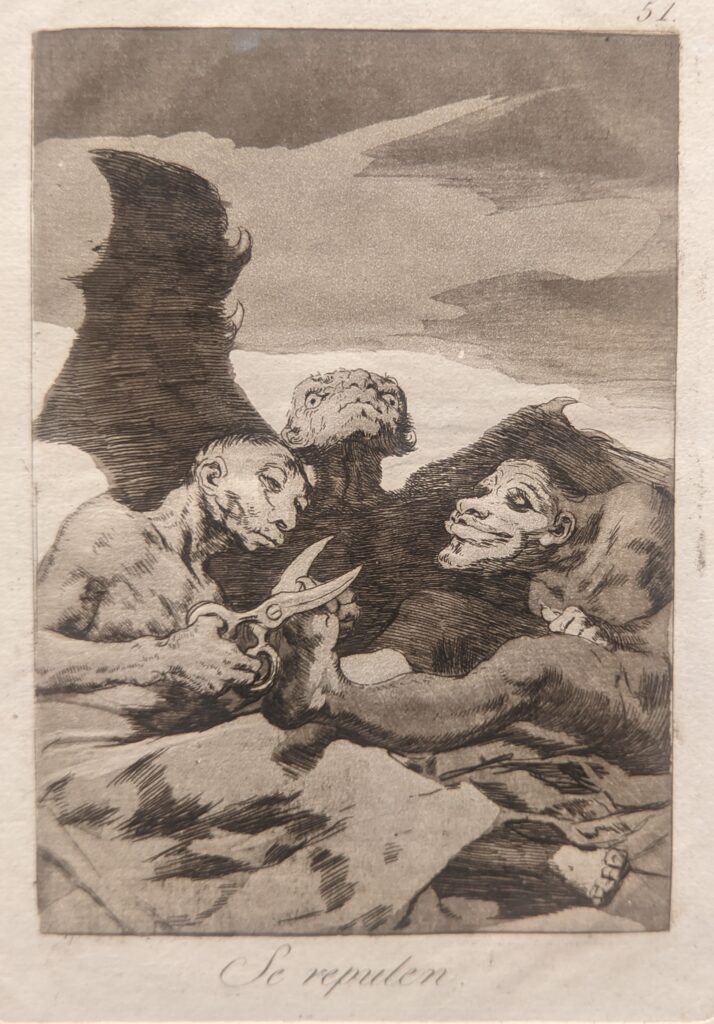


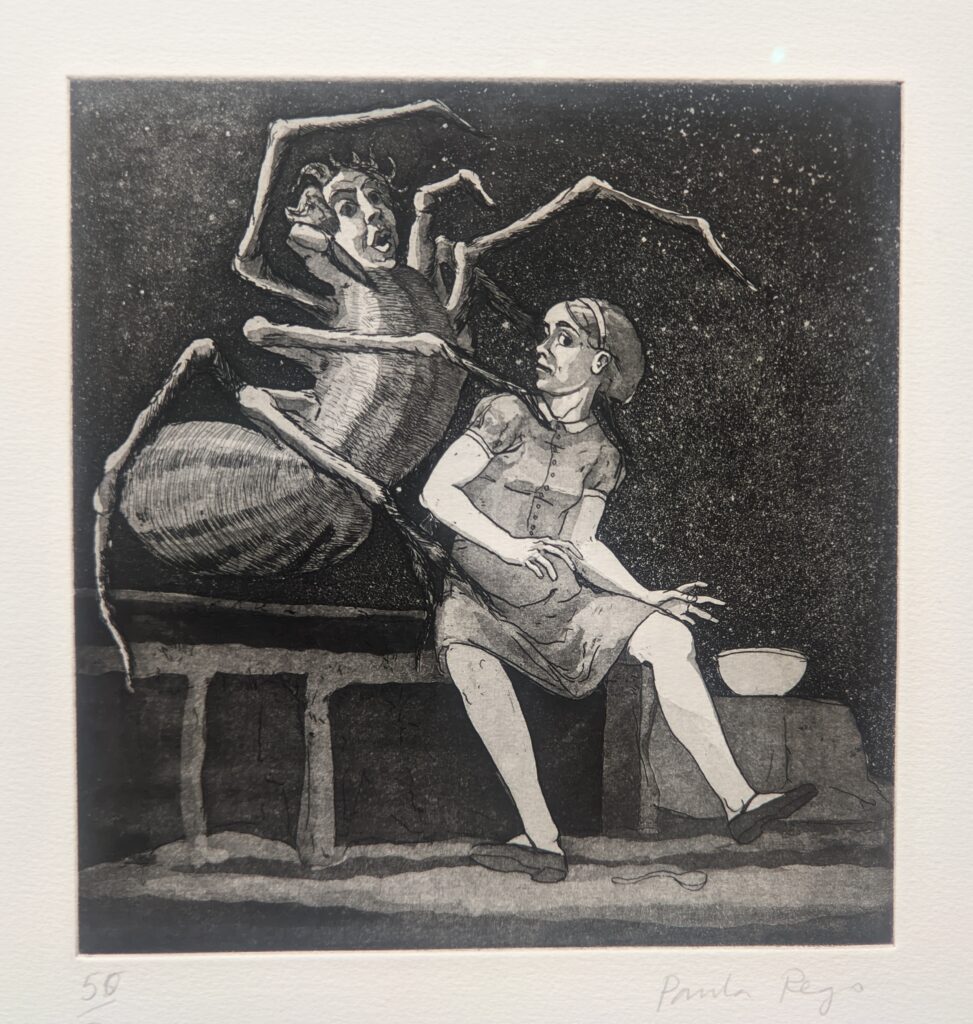
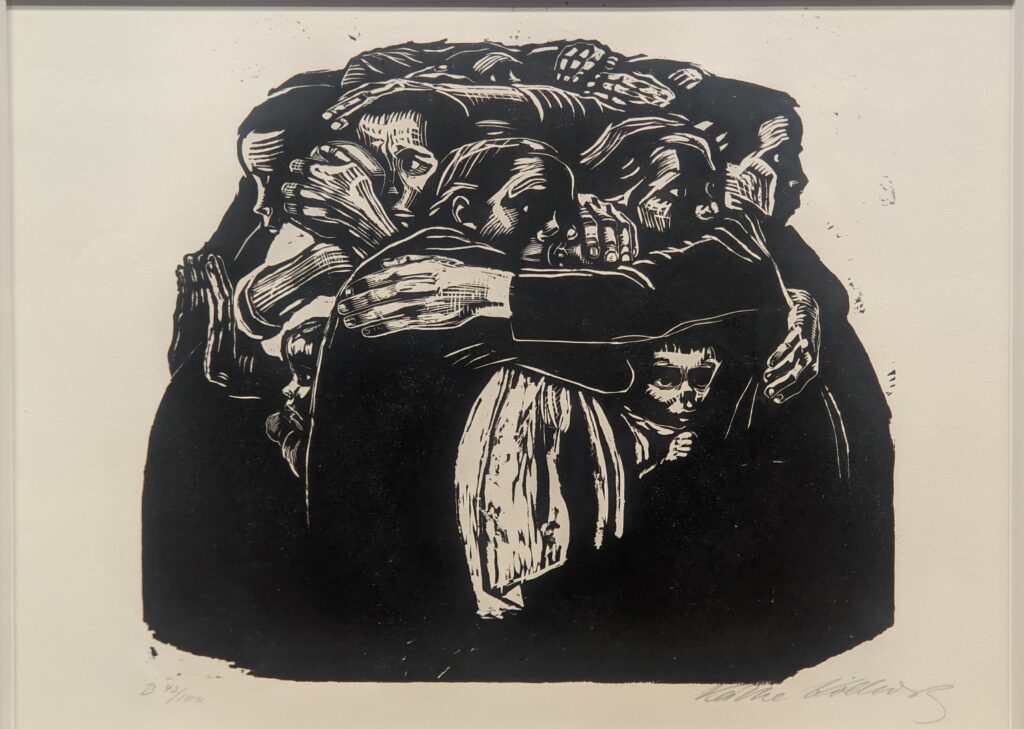
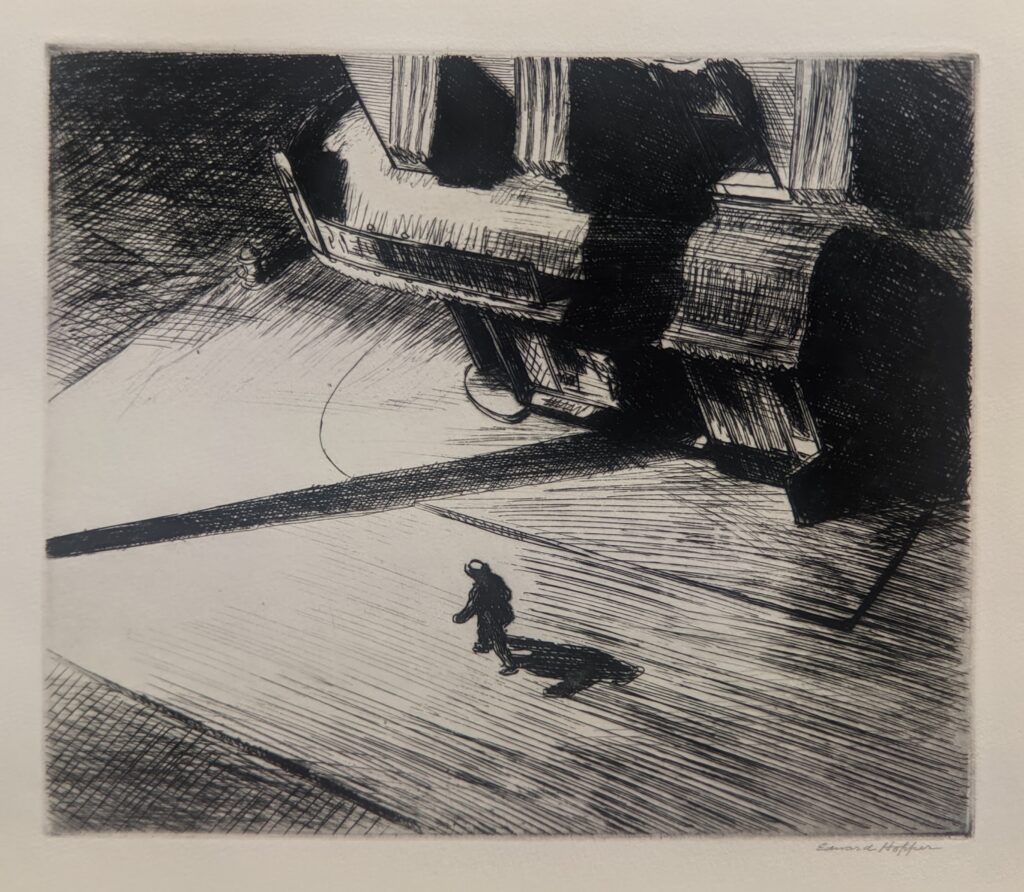

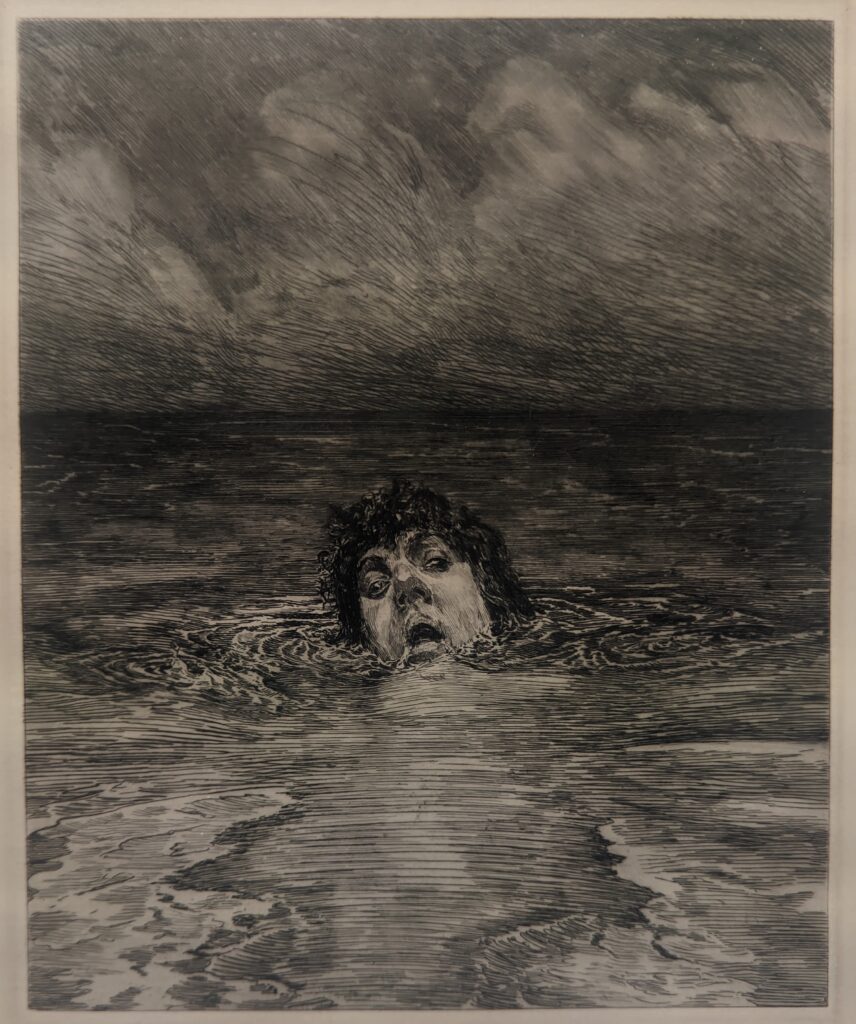

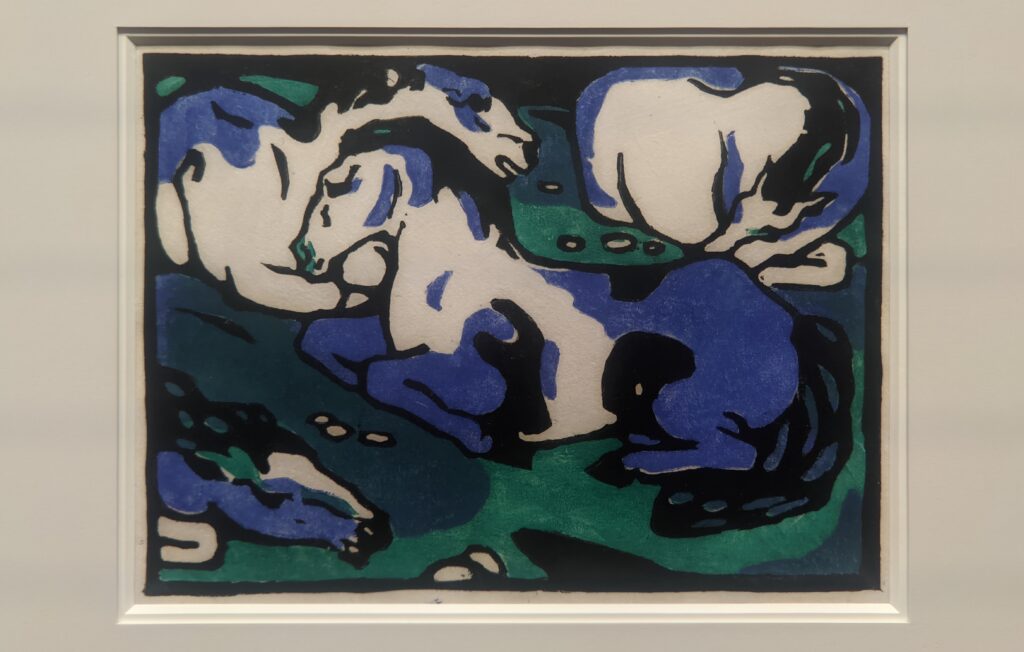
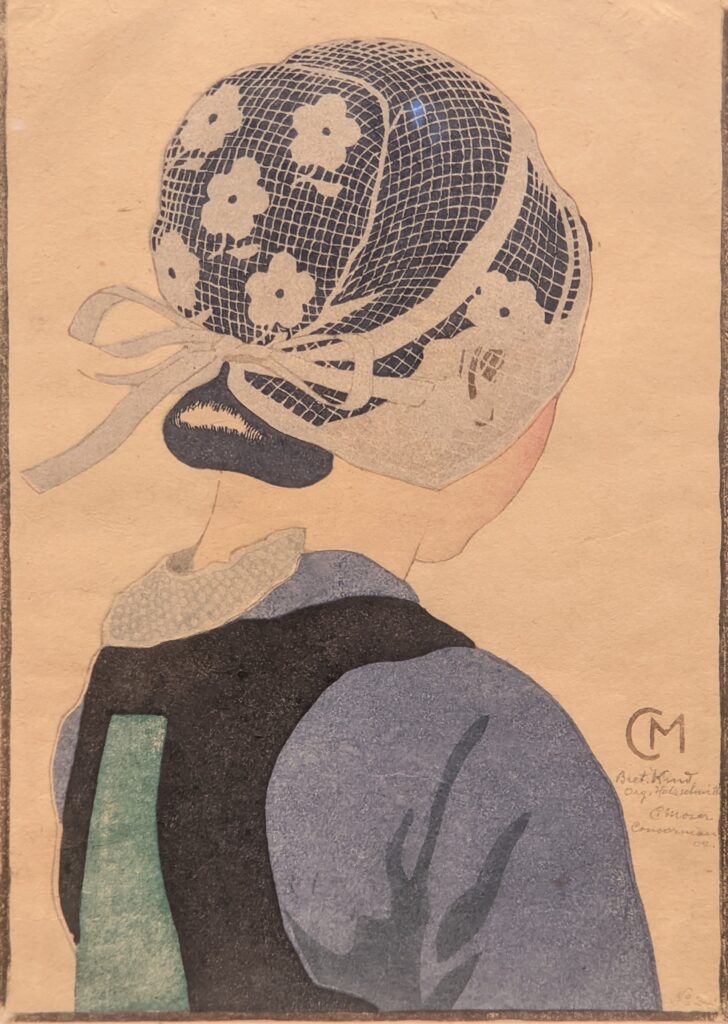
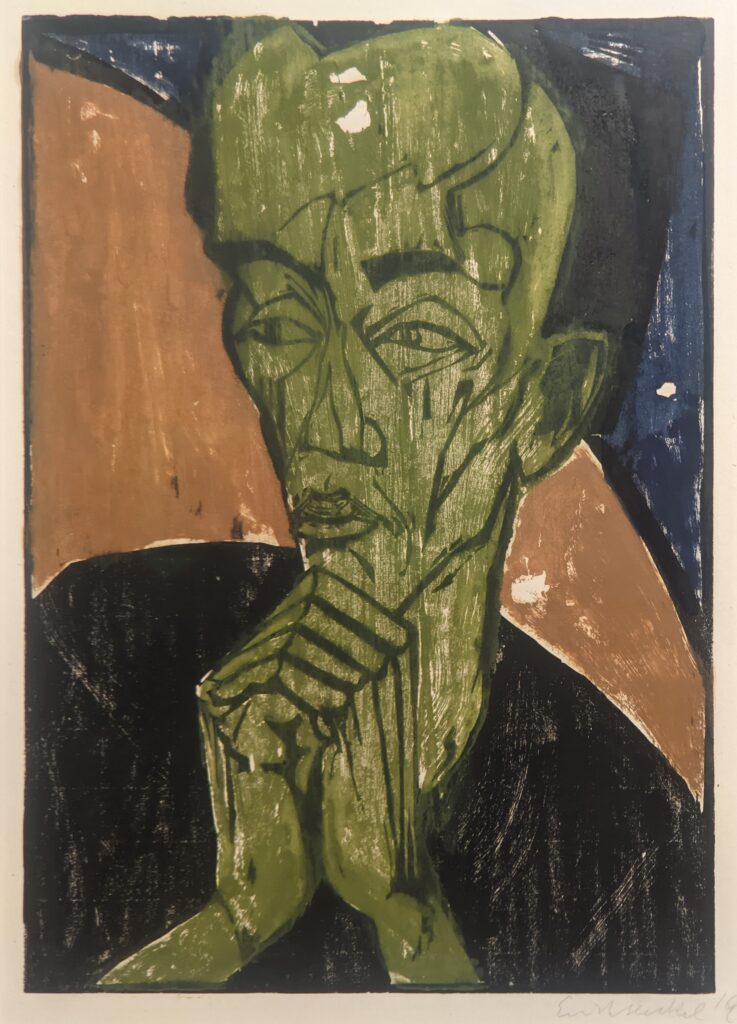
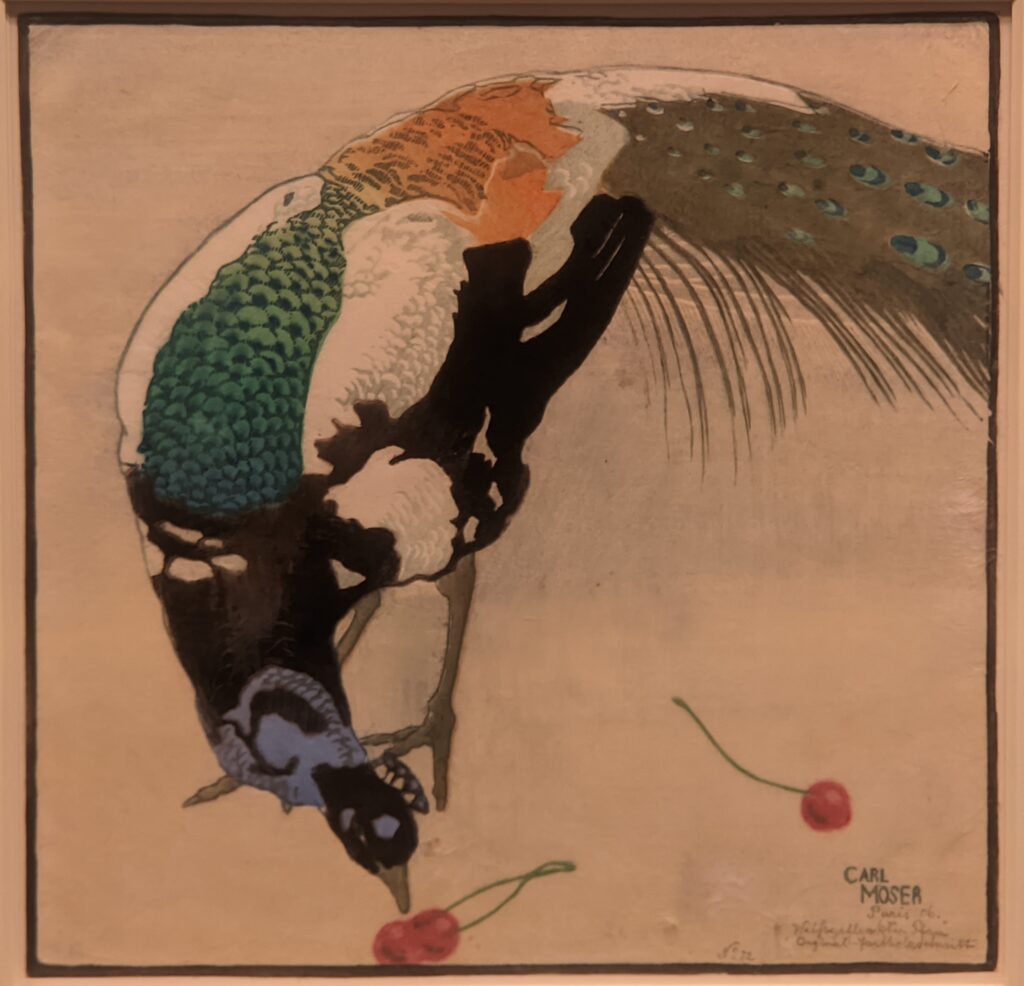
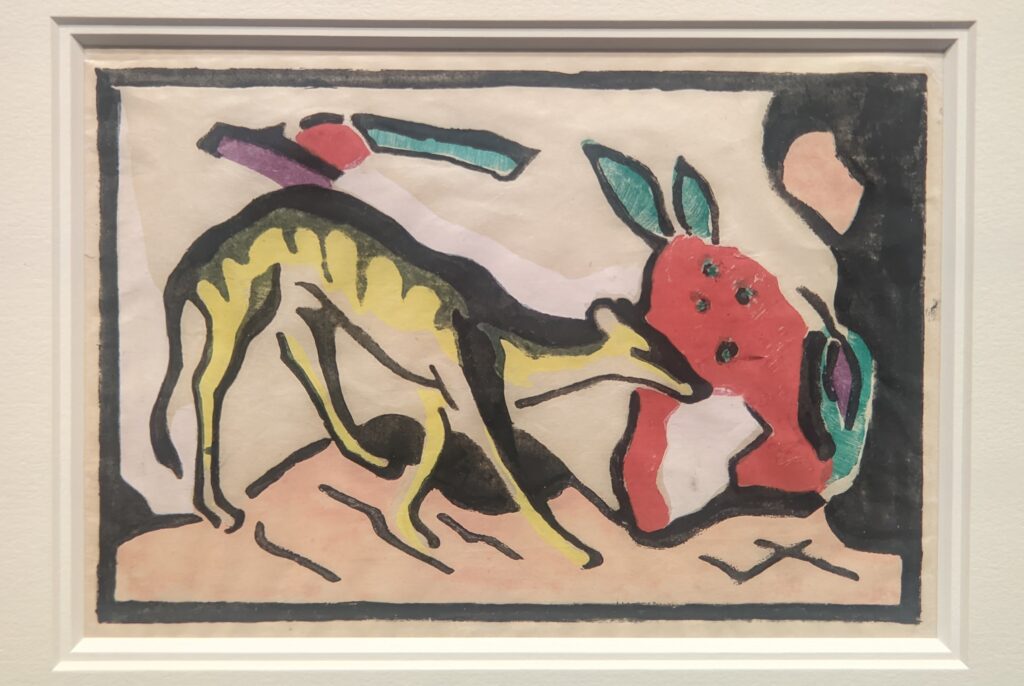
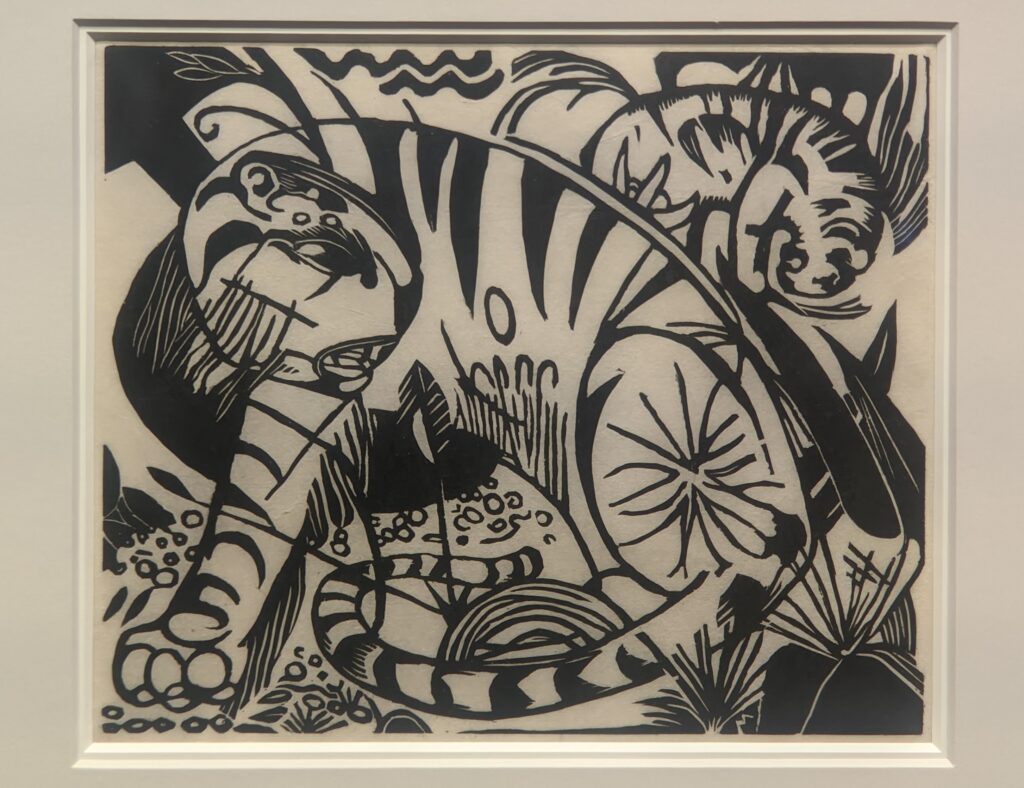

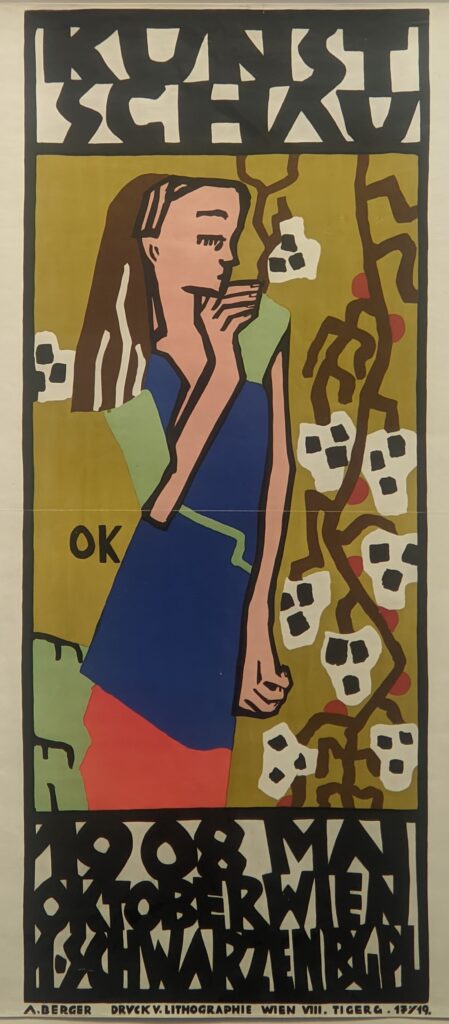

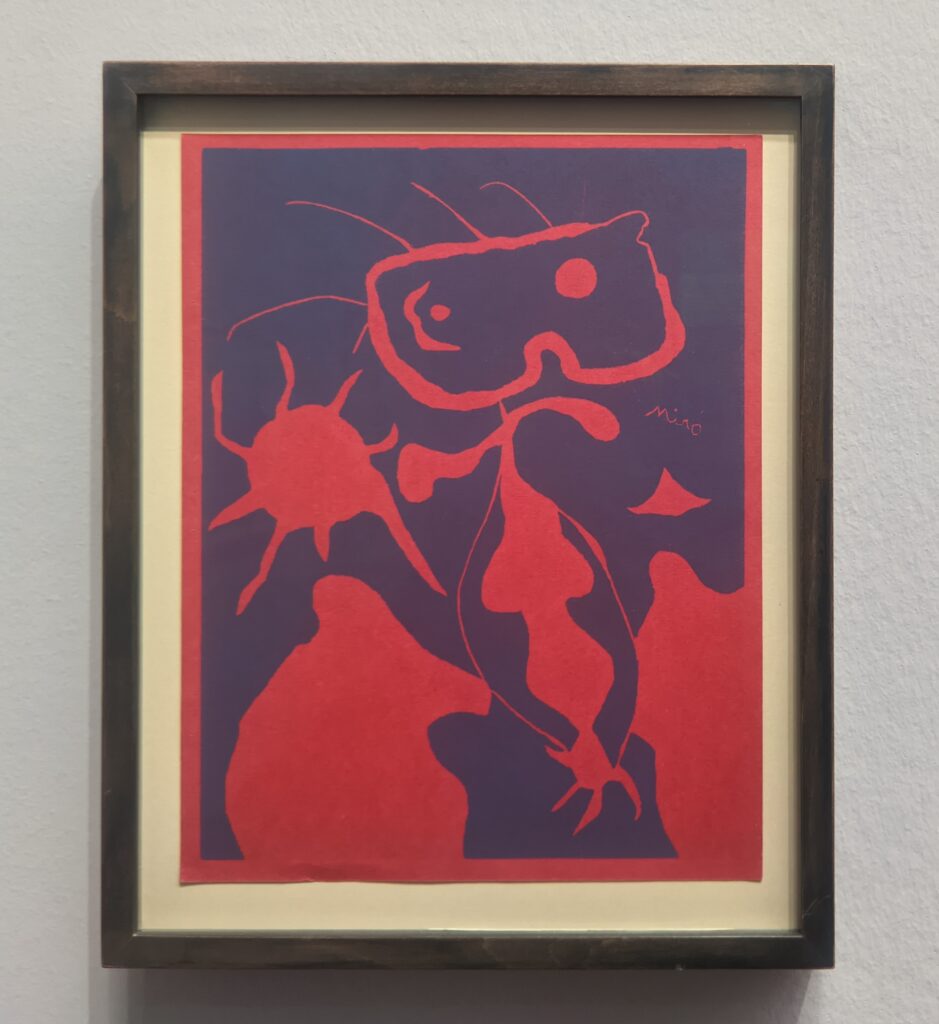


With the advent of printmaking techniques in the 15th century, for the first time it became possible for large numbers of people to acquire art. Woodcut was developed early in the 1400s, followed by copper engraving, and finally (shortly before 1500) etching. While Mantegna was the most important Italian engraver of the late Middle Ages, it was Dürer who made graphic art the equal of painting, and perhaps its superior.
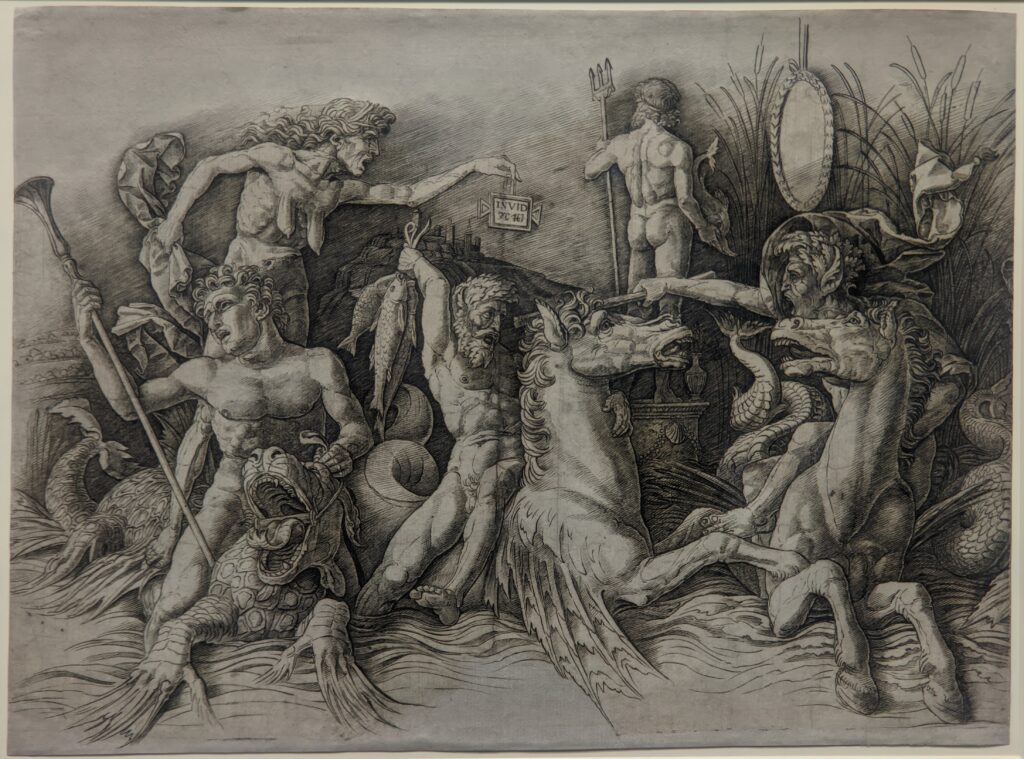
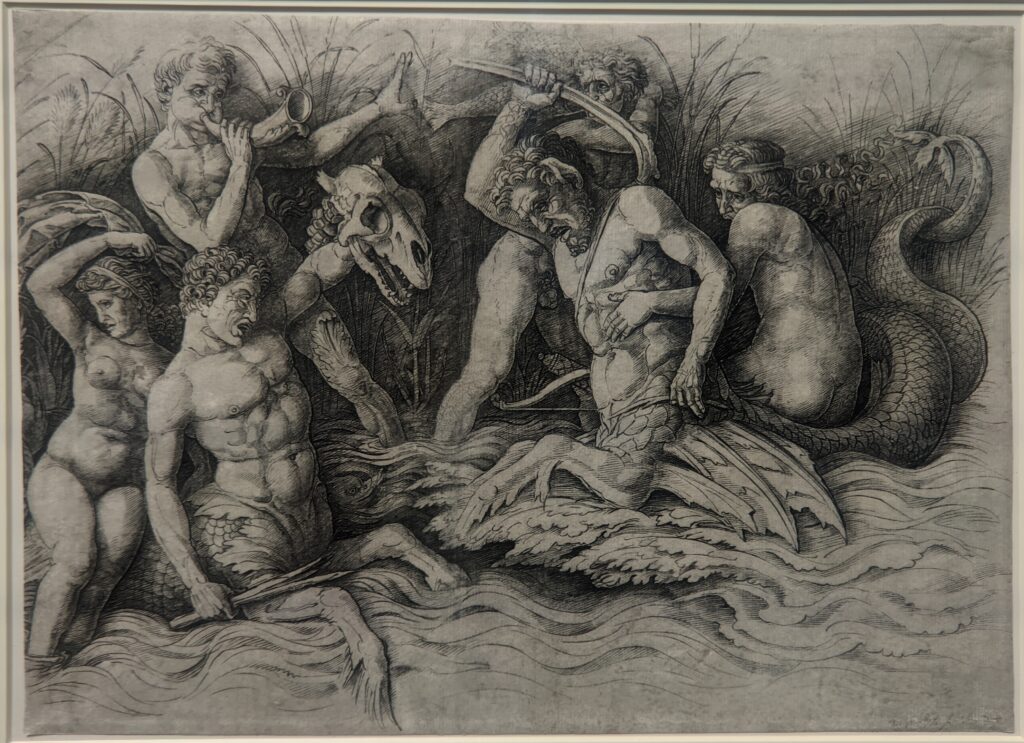
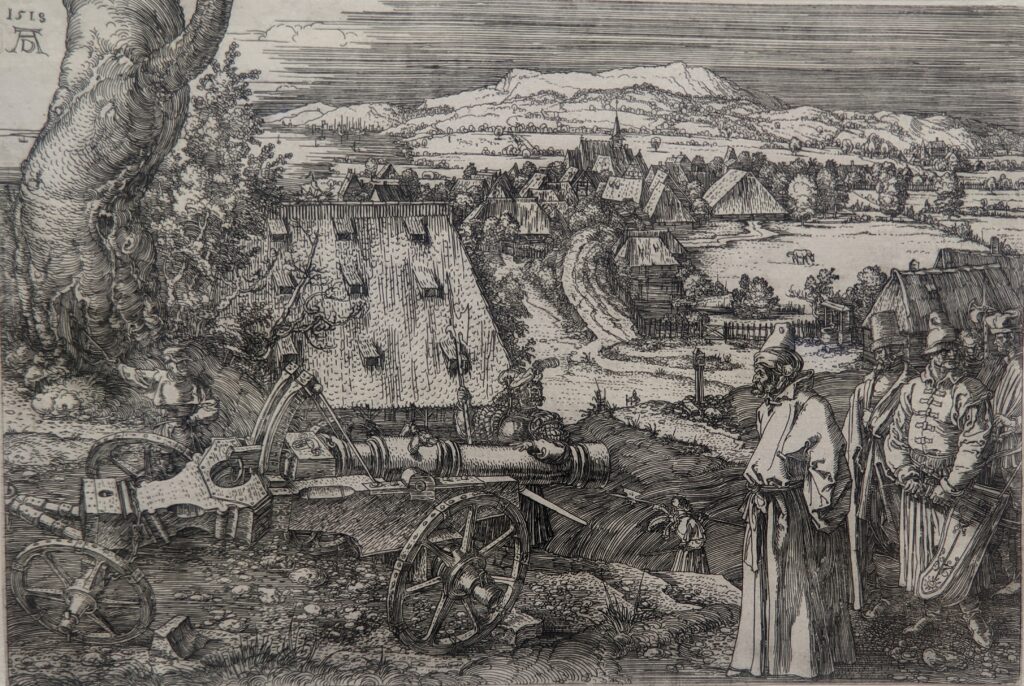
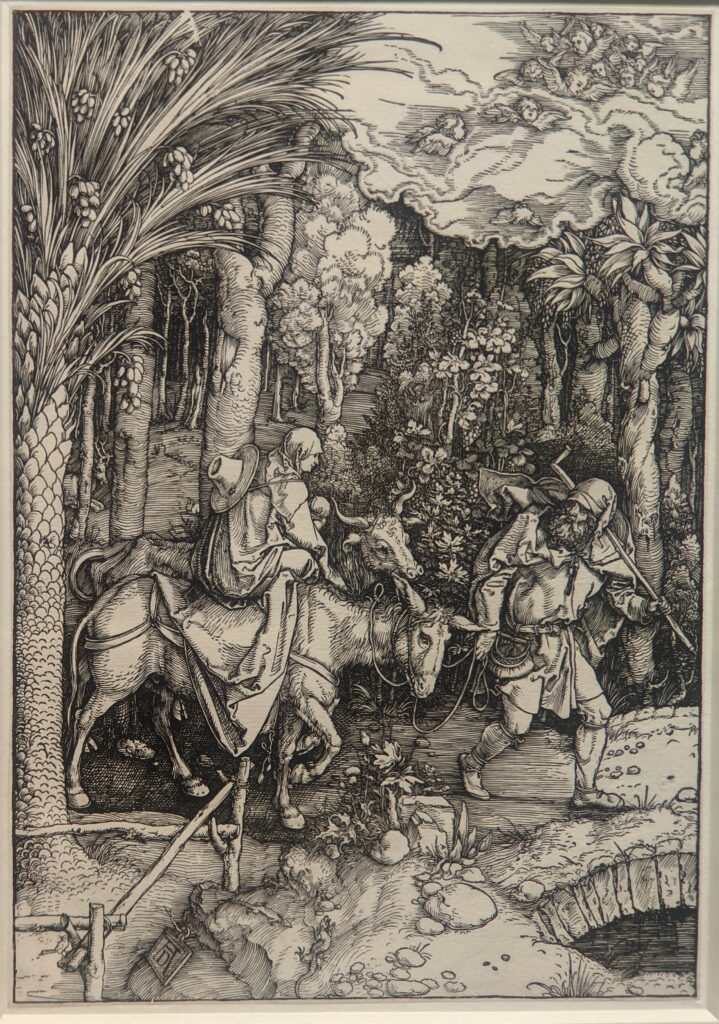
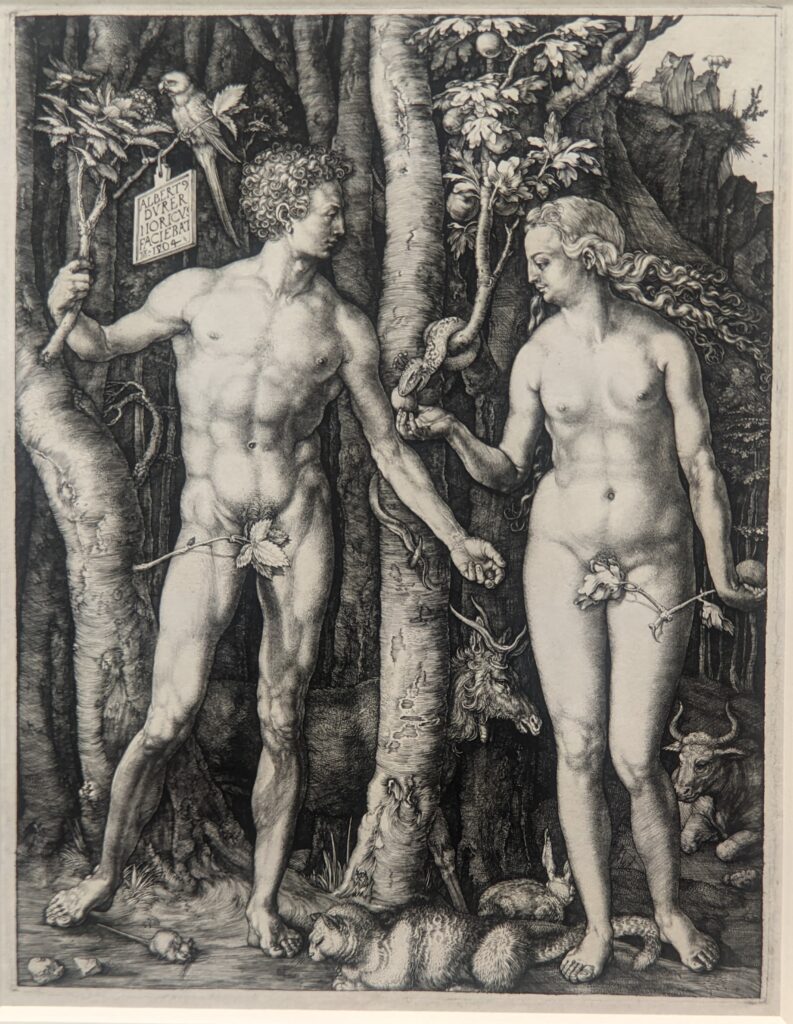

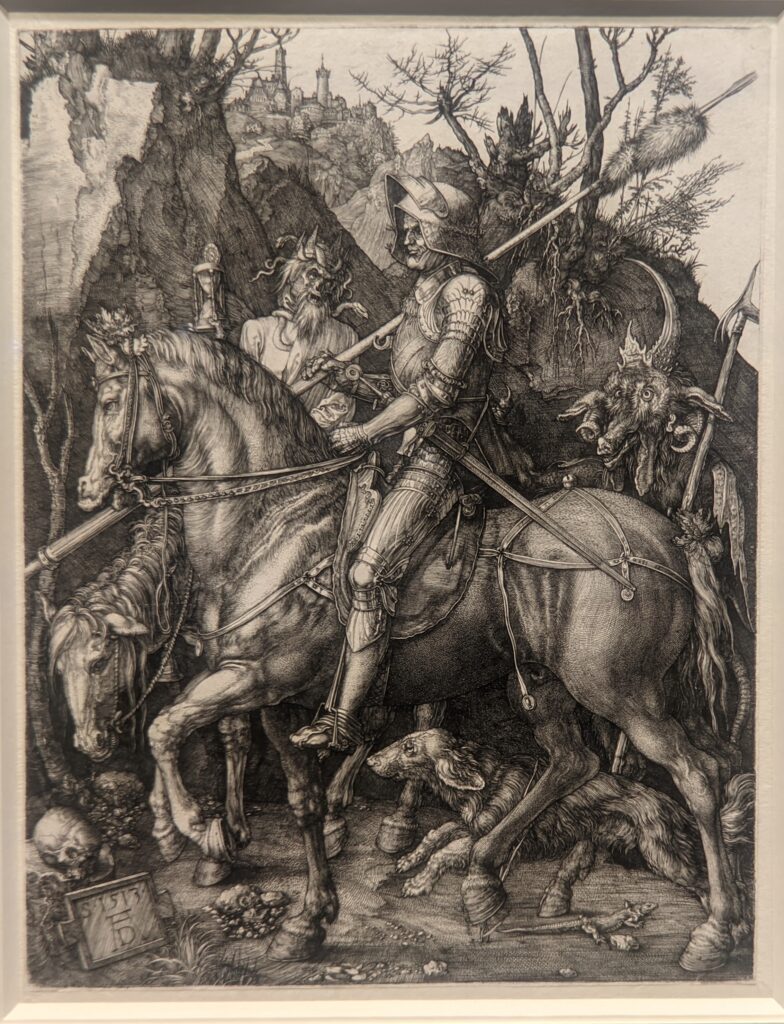
With Dürer’s amazing eyes and skilled hands, woodcut and engraving soon reached their technical limits. By the 1550s and 1560s, Bruegel the Elder and others concluded that etching offered expanded opportunities for technical and creative experimentation. Spontaneous line work brought etching closer to drawing than any other printing process, and the techniques of drypoint (with softer lines) and etching (crisper lines) reached their peak in the middle of the 17th century with Rembrandt.

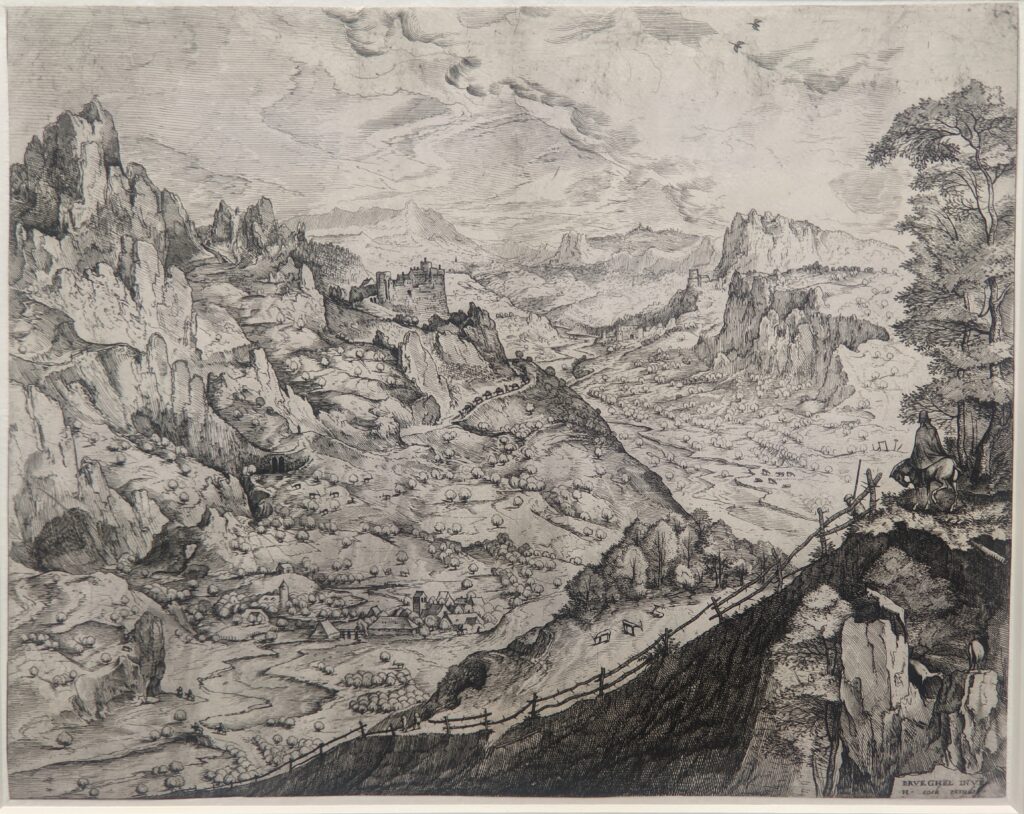

Albertina’s Etchings by Rembrandt van Rijn (1606 — 1669)

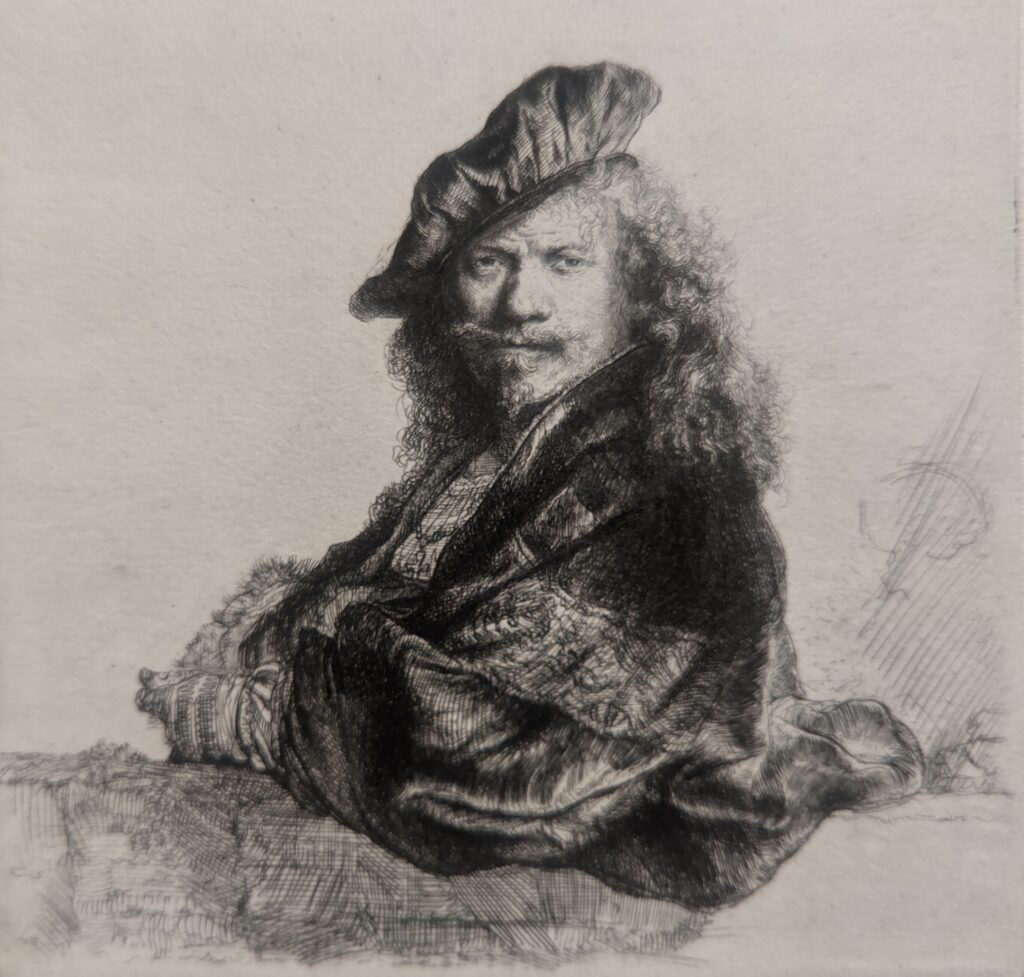

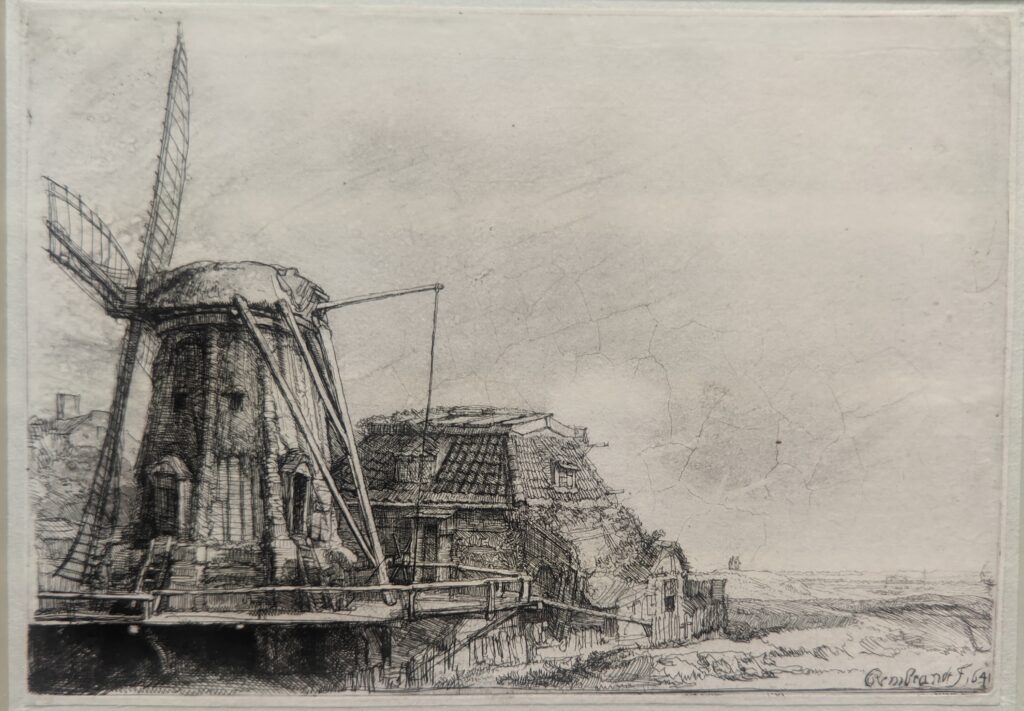
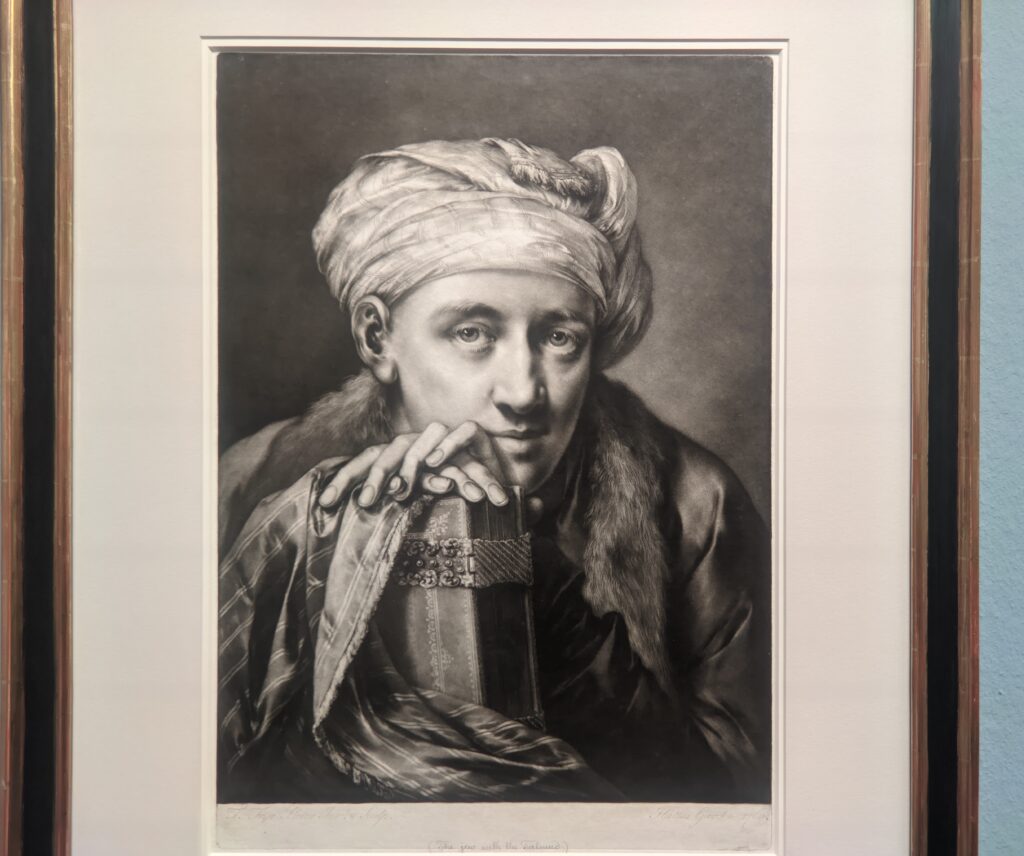
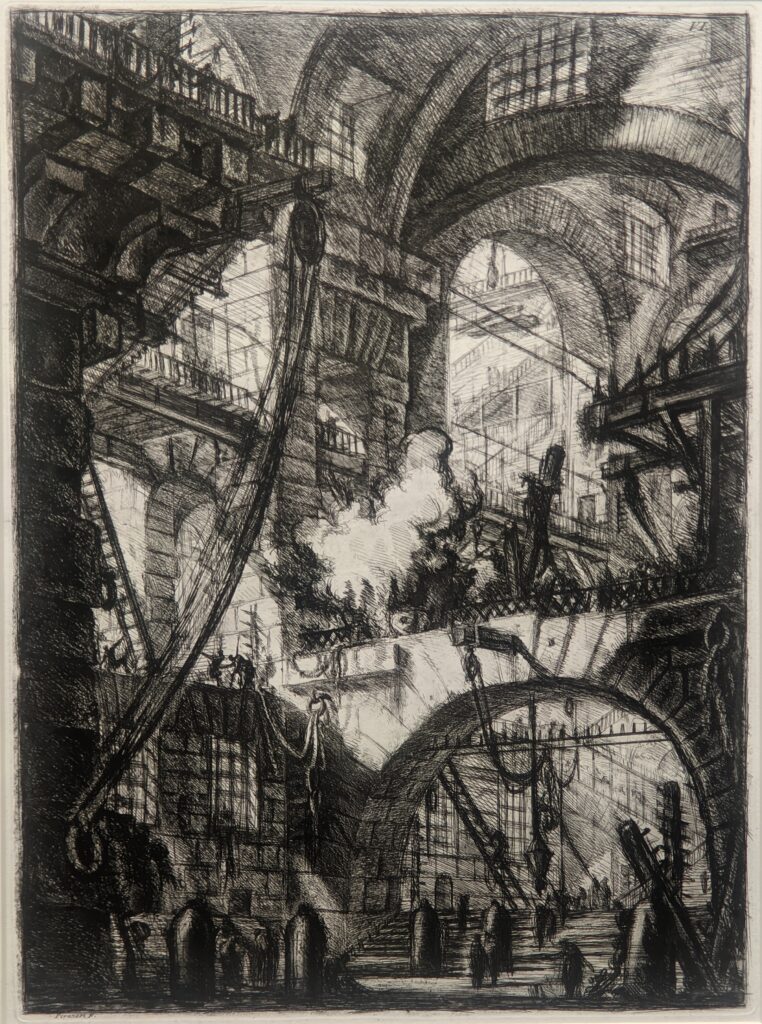
Giovanni Battista Piranesi (1720 — 1778) and Francisco Goya were among the greats of etching, a technique that was superseded by lithography in the 19th century.
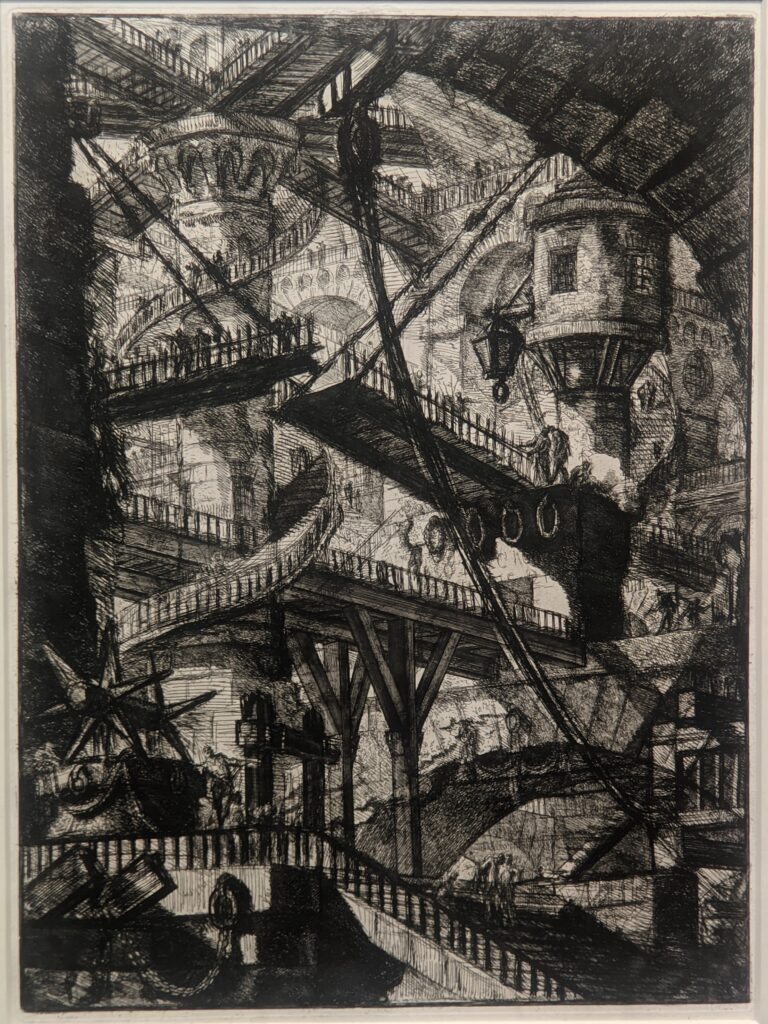

Lithography, invented in 1796, made it possible to produce sizeable print runs without the wear and tear on printing plates that over time leads to a loss in quality. Inspired by Goya’s 1814 painting “The Third of May 1808,” Manet used lithography (below) to depict the death of Emperor Maximilian. The exhibition “DÜRER MUNCH MIRÓ The Great Masters of Printmaking” closed at the Albertina in Vienna in May 2023.

The Albertina, Vienna
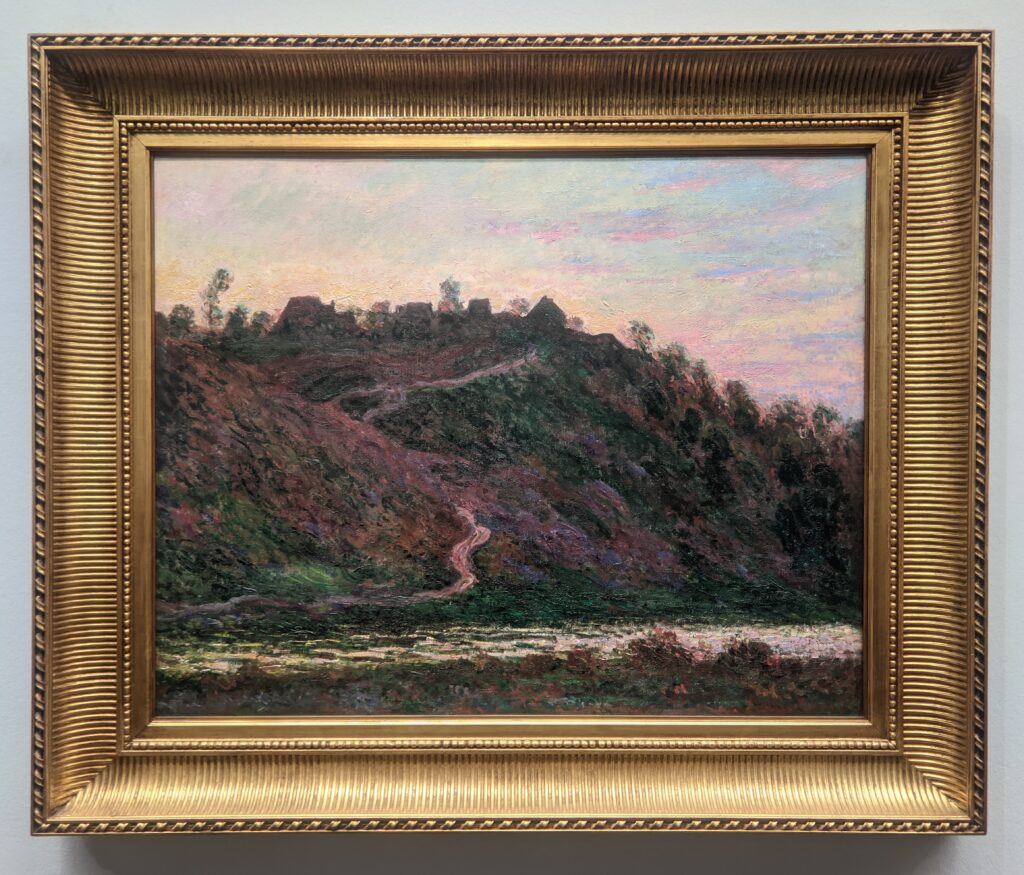
Monet to Picasso
The permanent display of modern art at the Albertina features the Batliner Collection, and begins with Impressionist and Post-Impressionist masterpieces. Additional highlights include the major Expressionist groups and artists of the New Objectivity active in Germany and Austria, as well as the avant-garde from Russia and Spain in the early part of the 20th century.
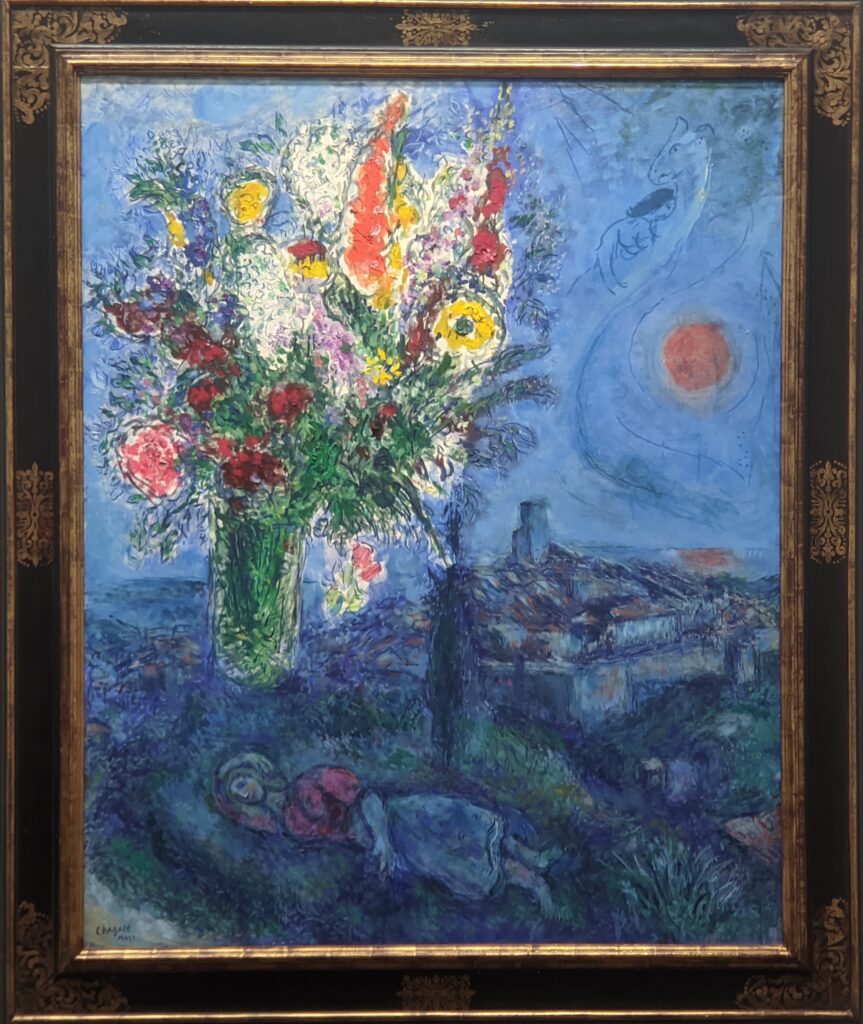


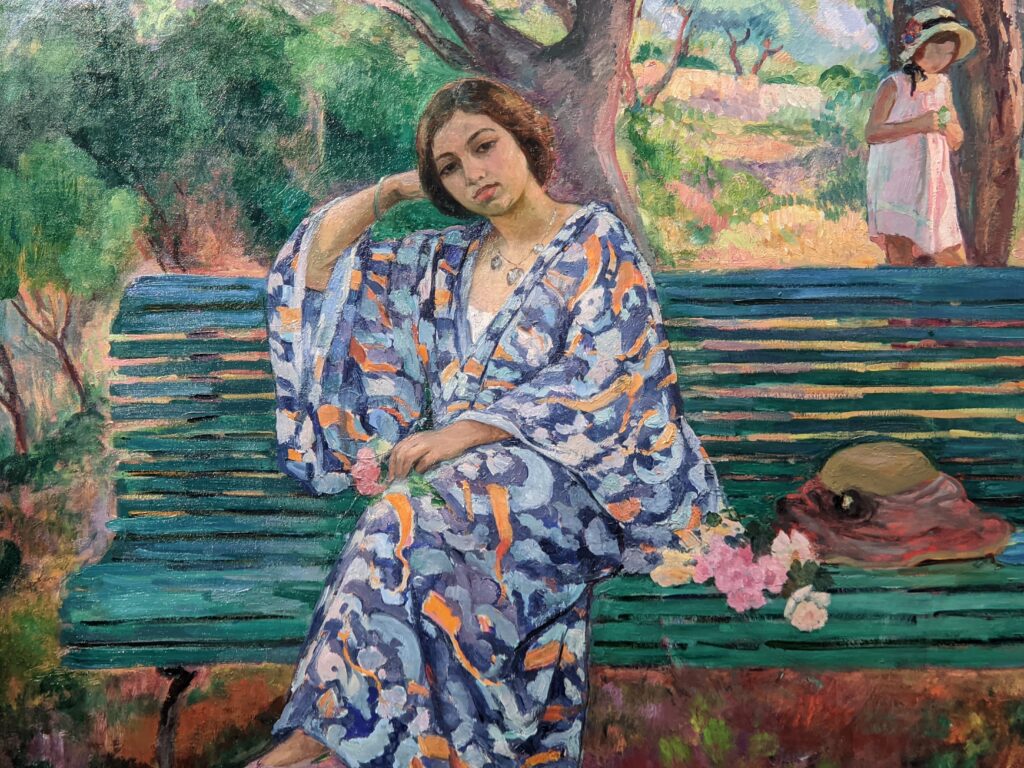

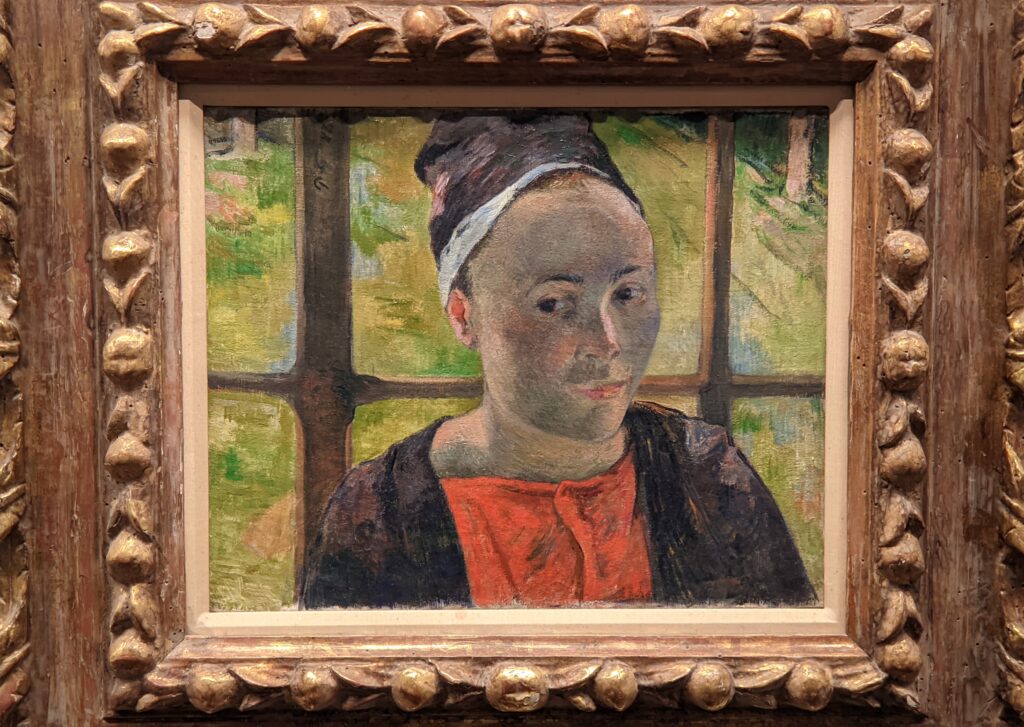
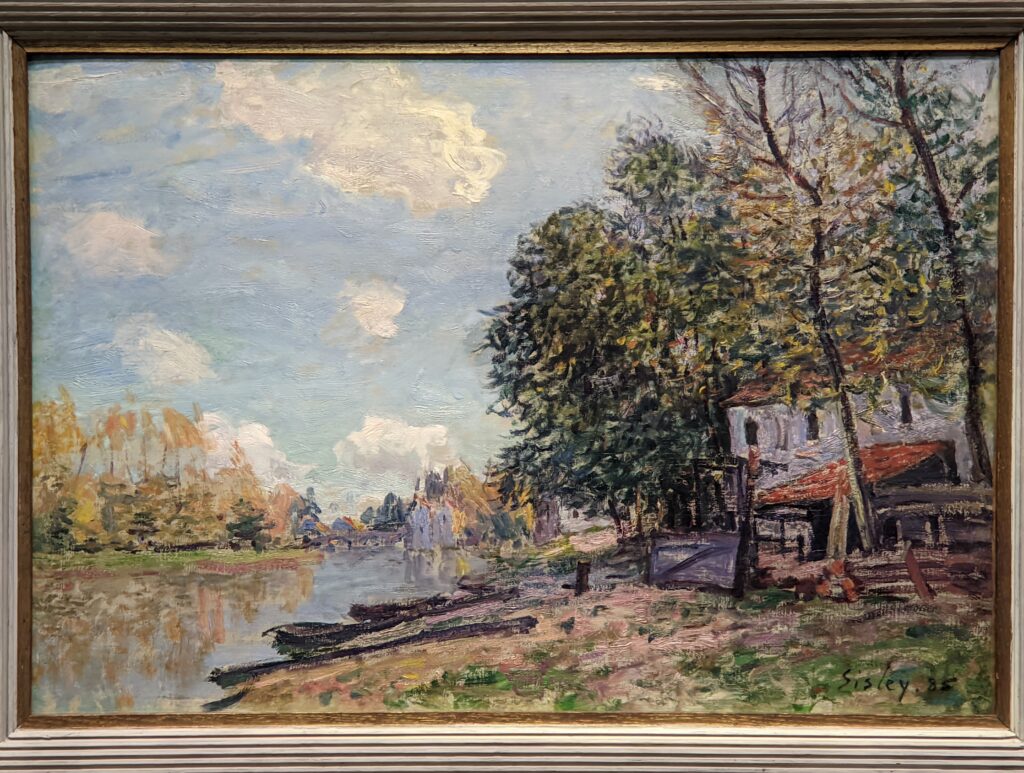
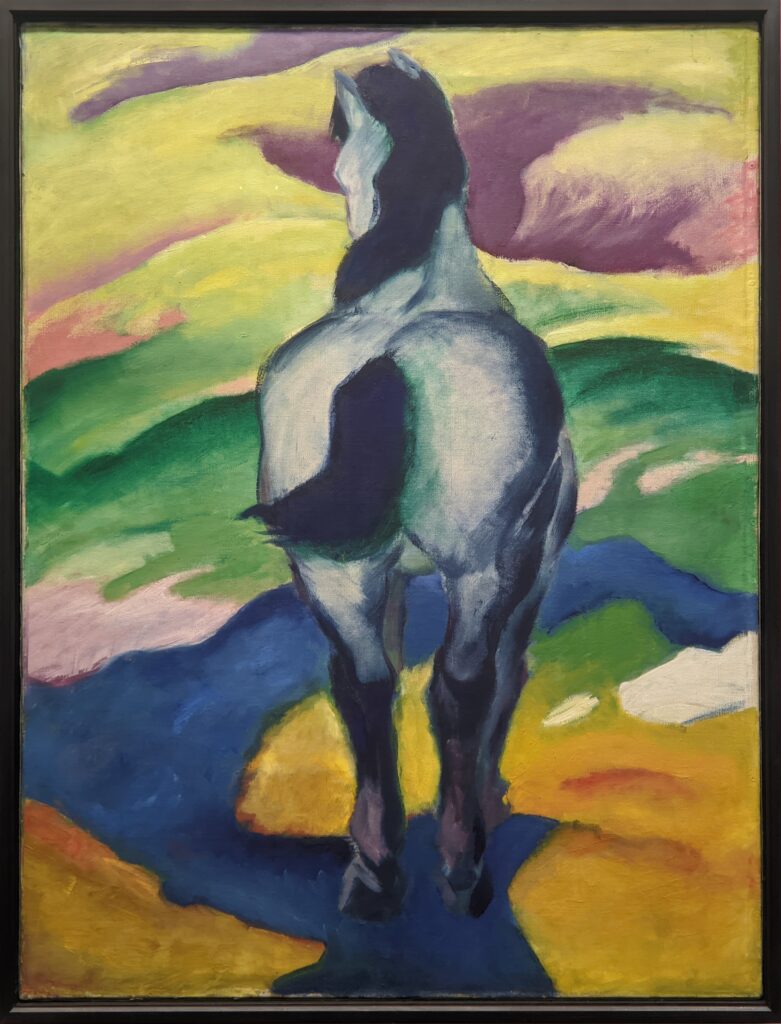

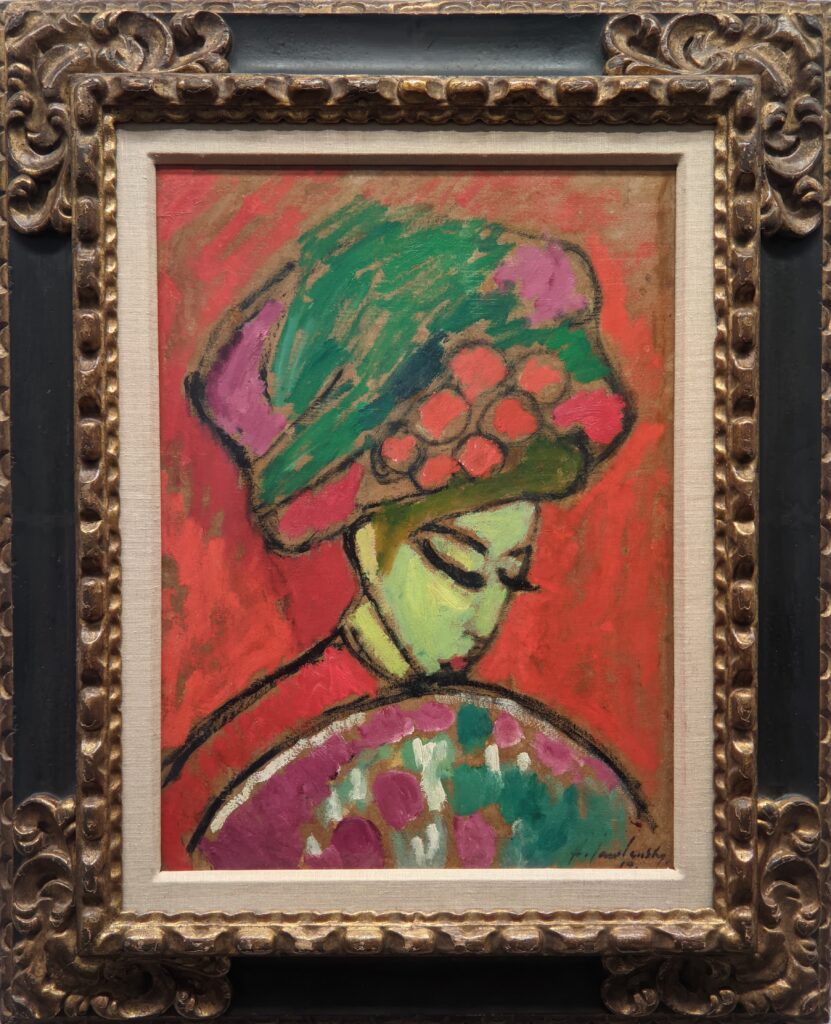

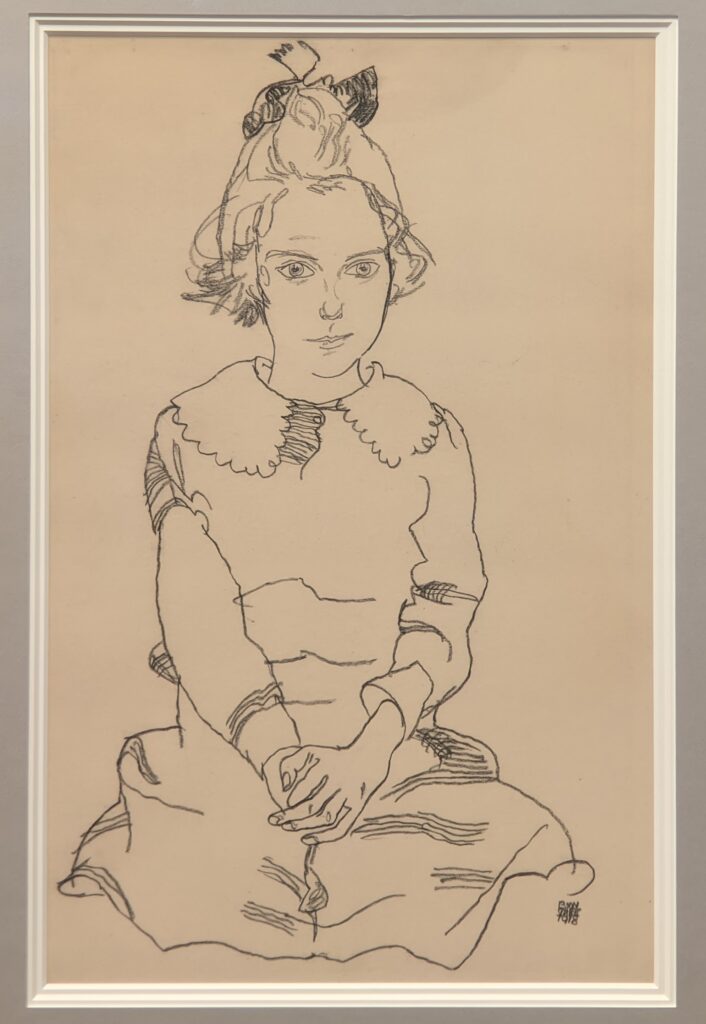


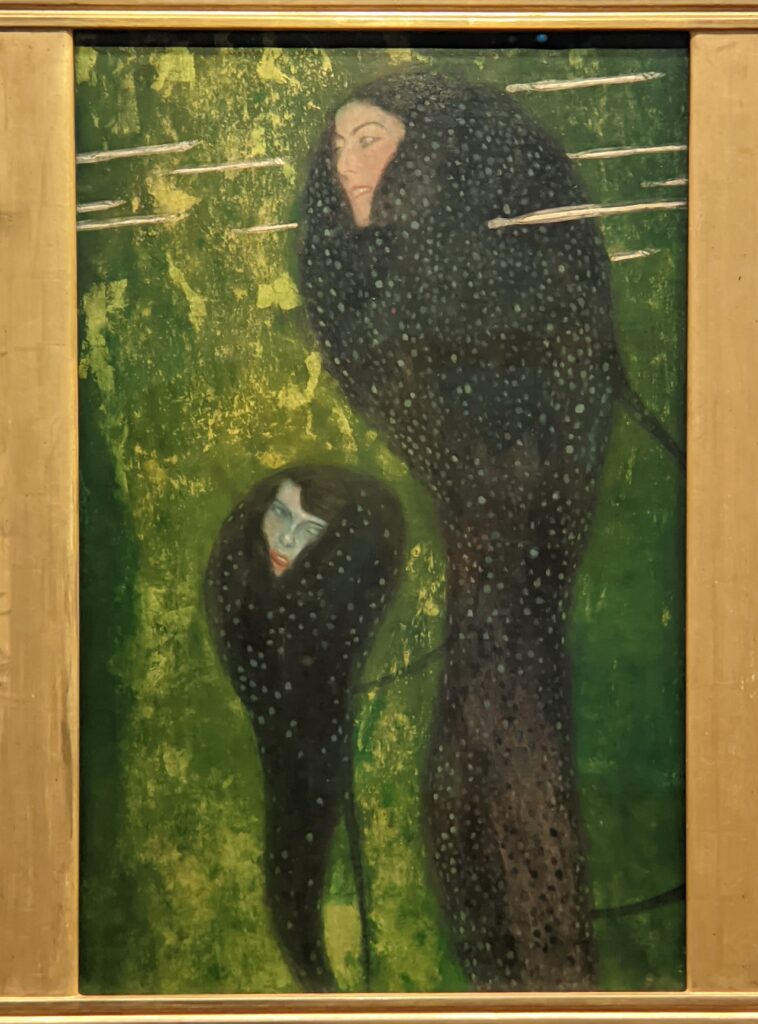



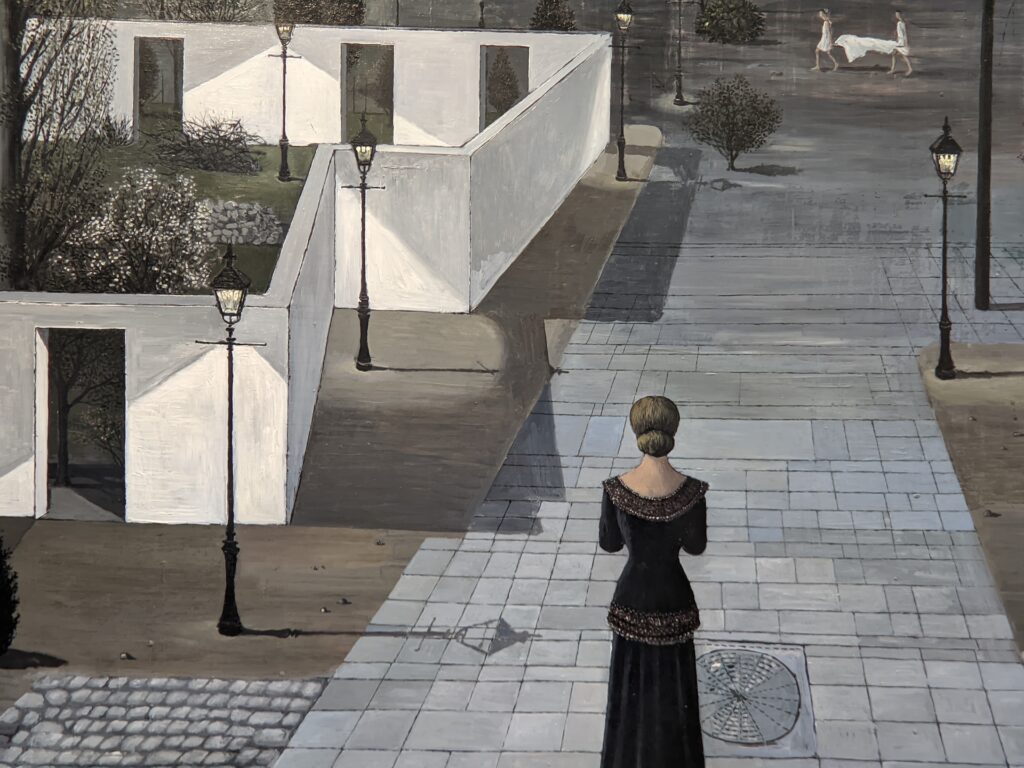

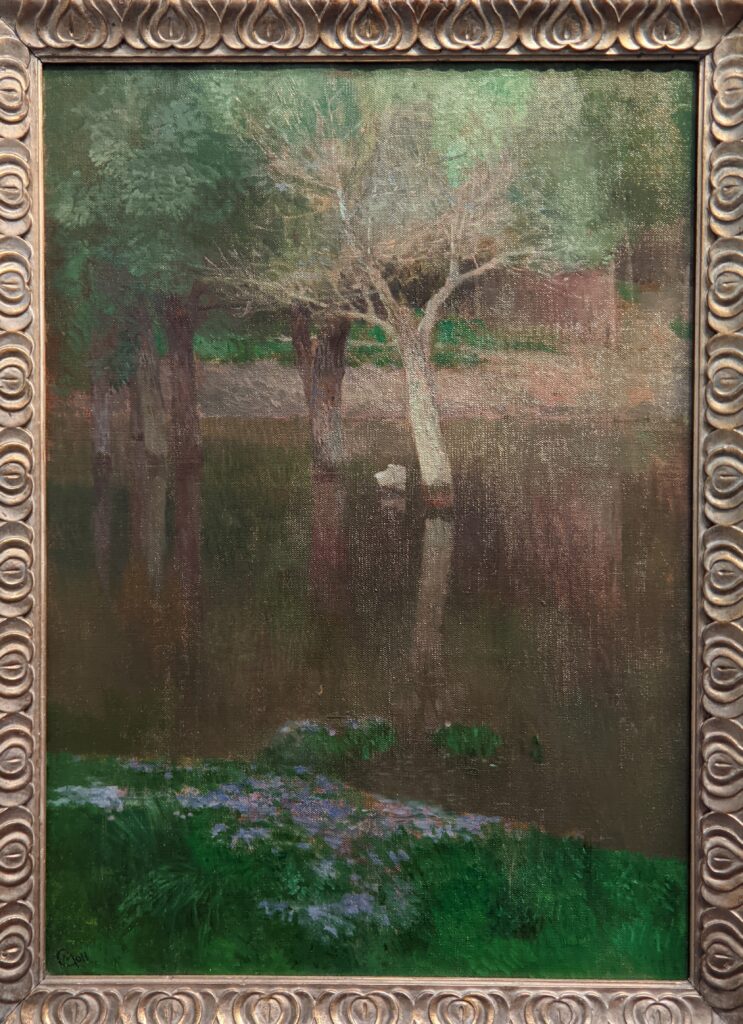
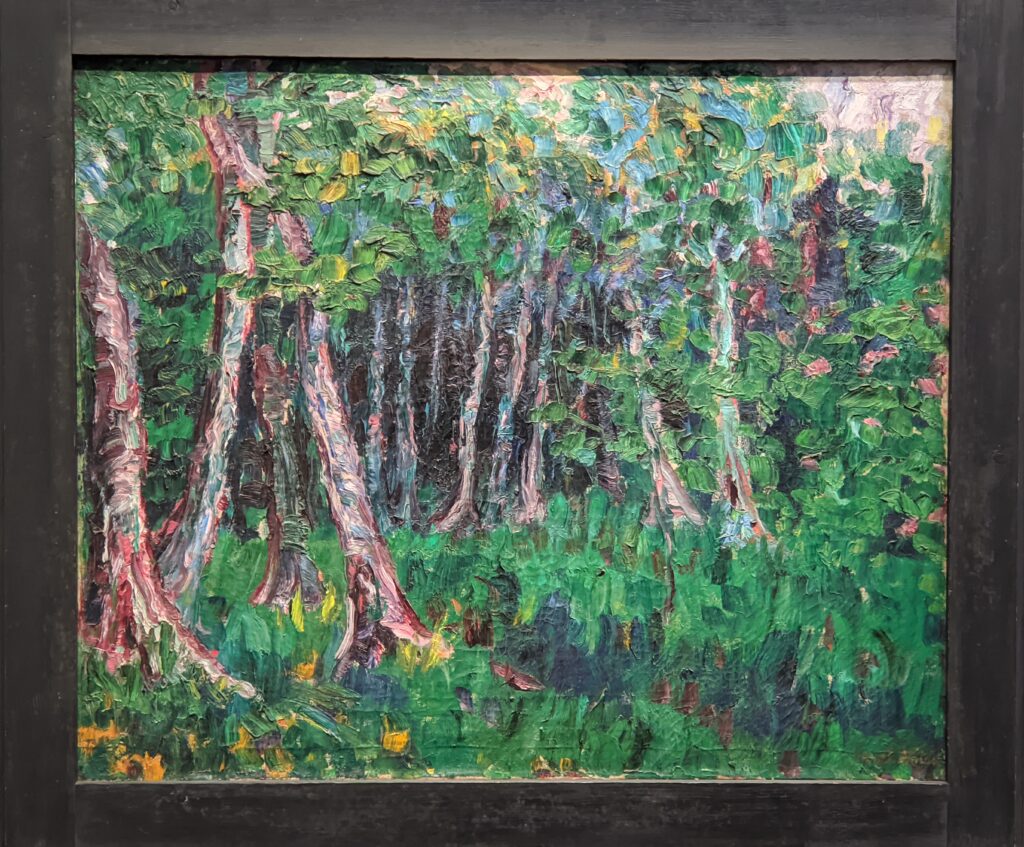
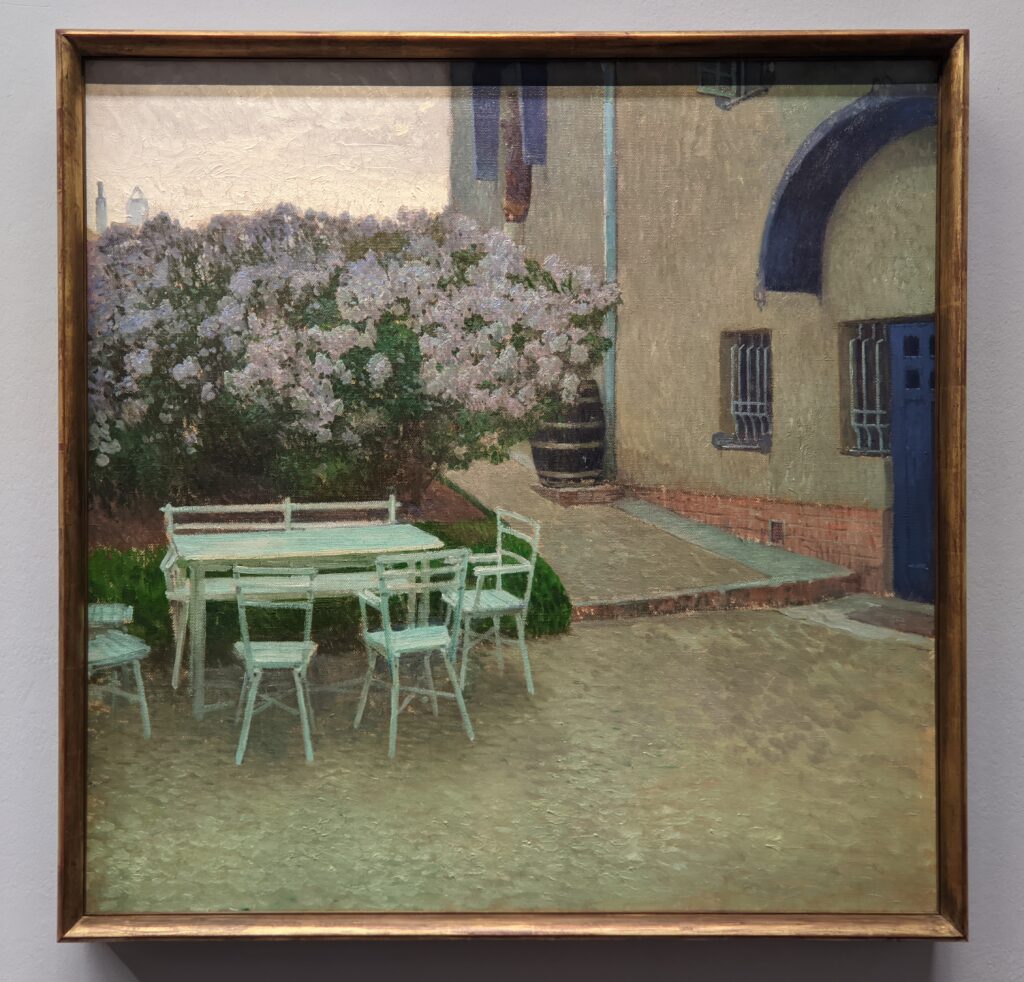
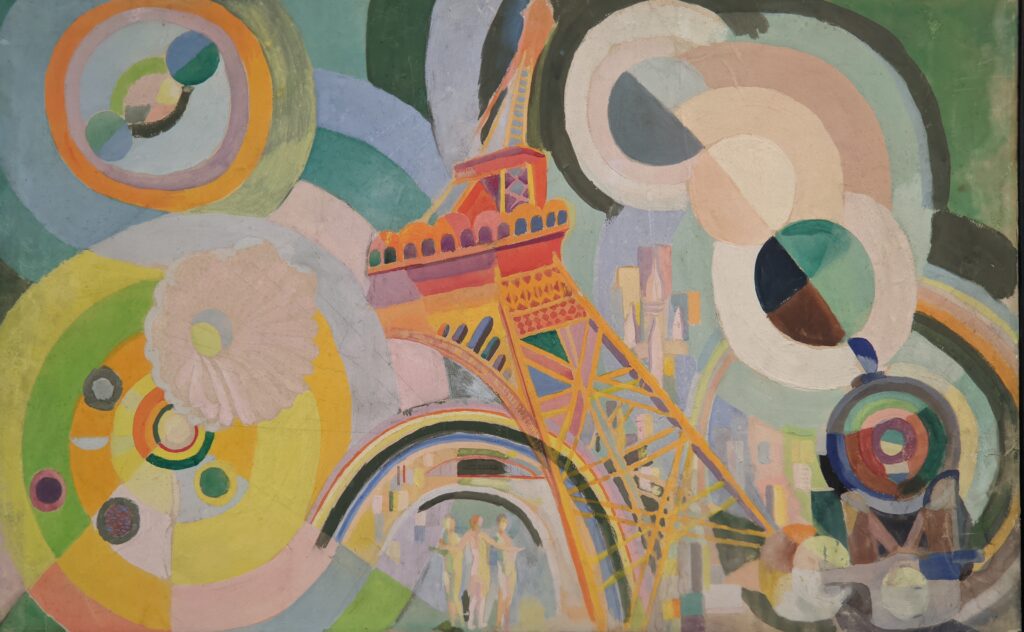

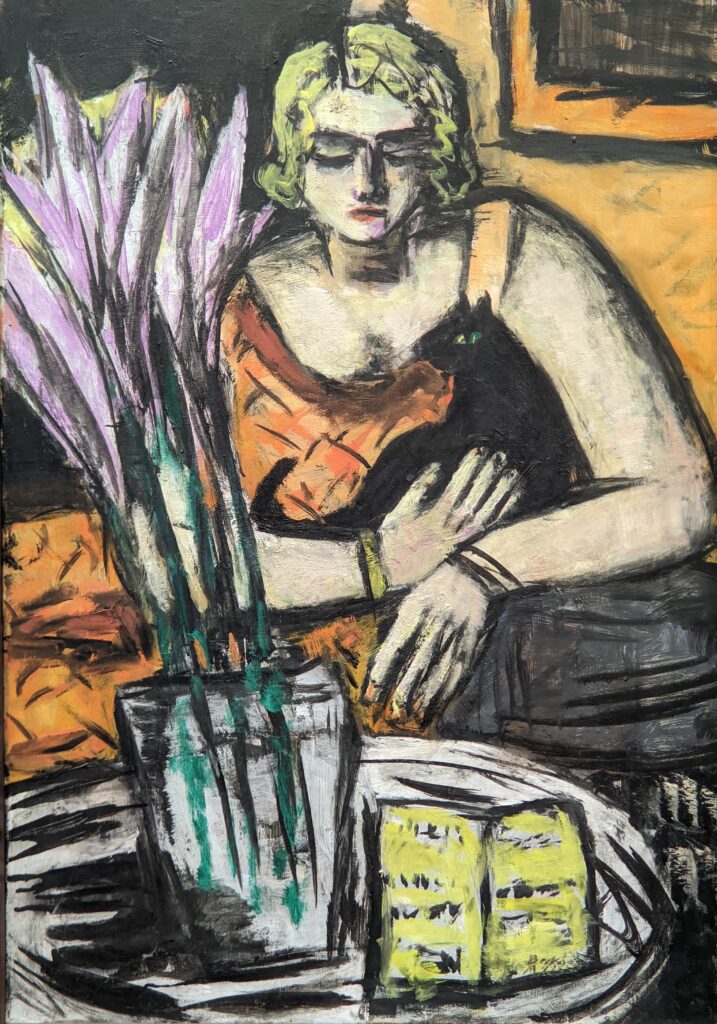
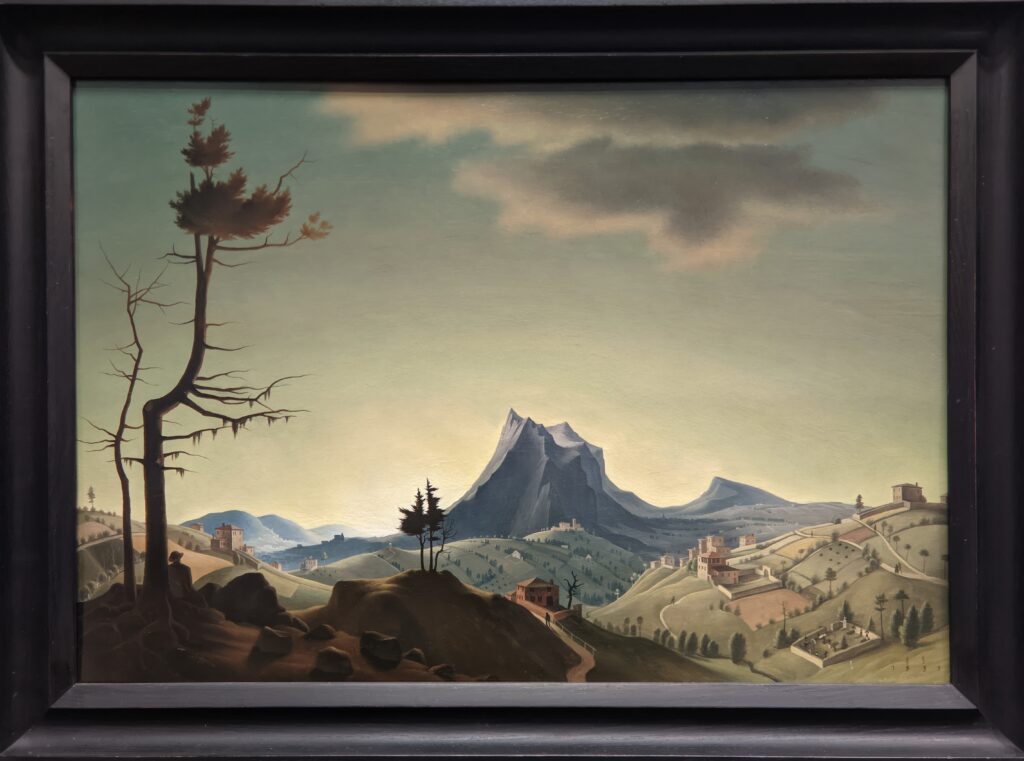



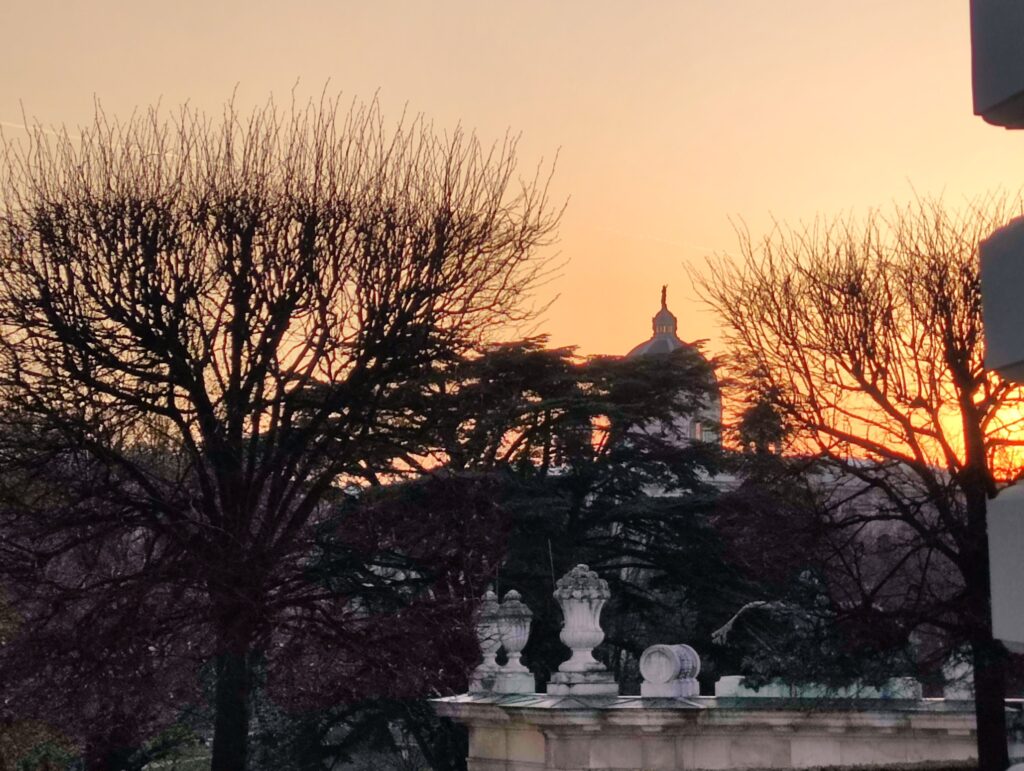

Kunsthistorisches: One of the Greatest Museums in All of Europe
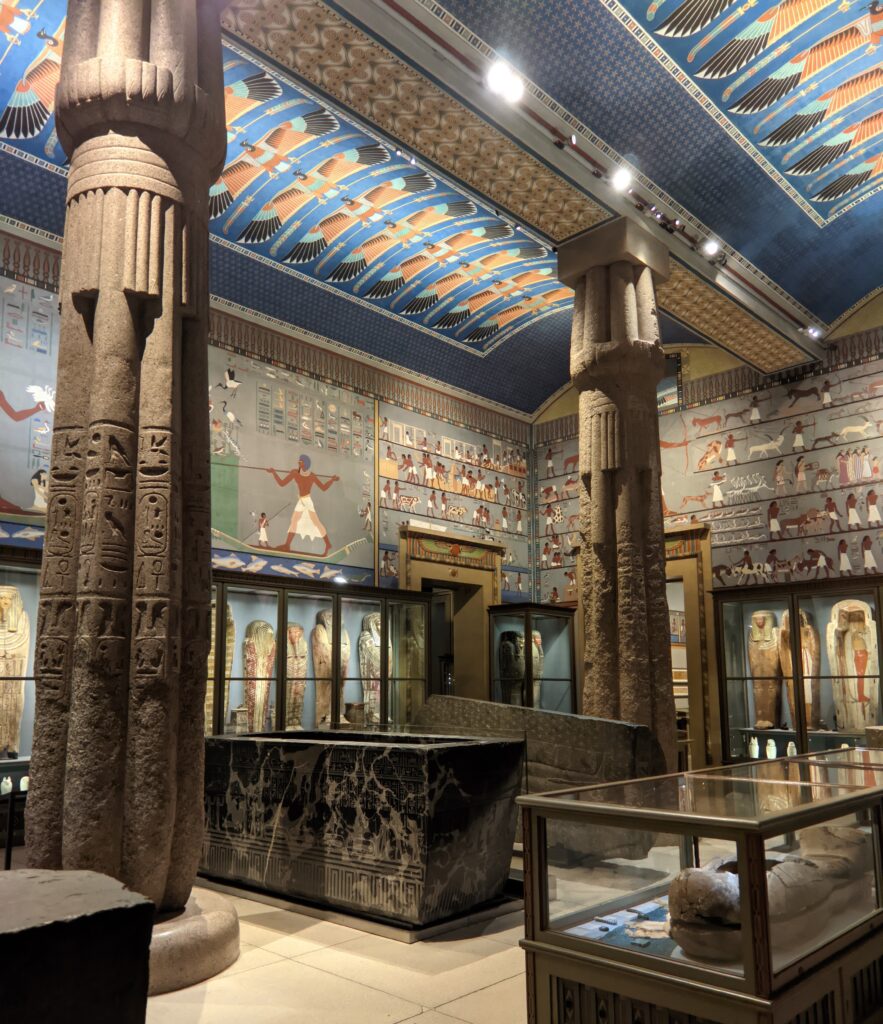

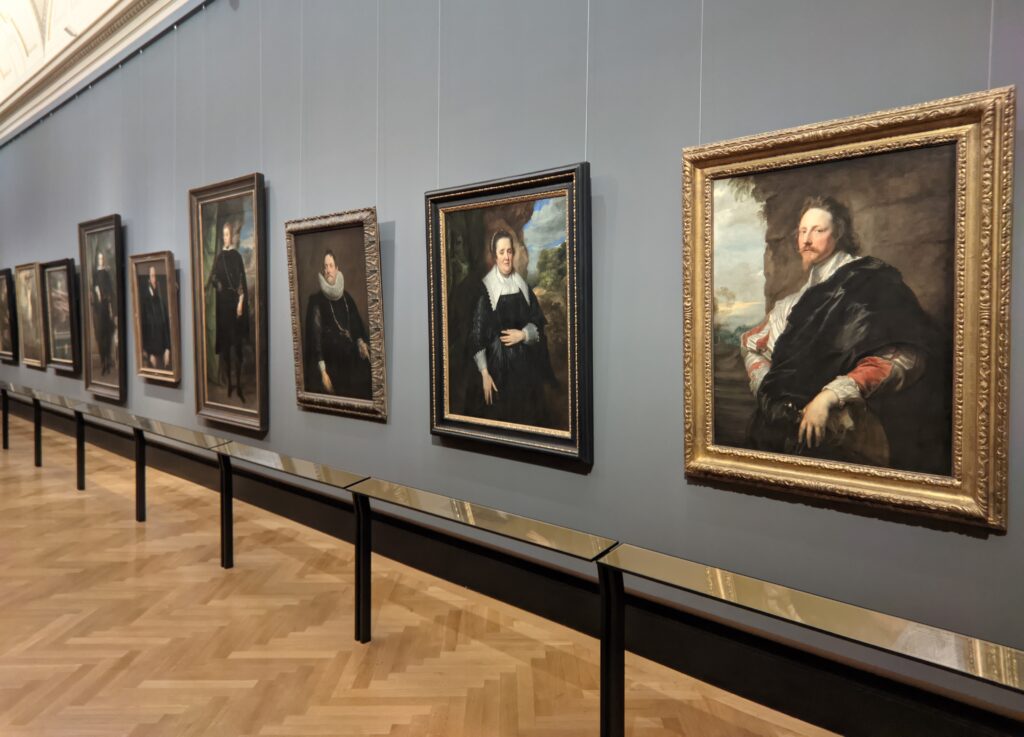
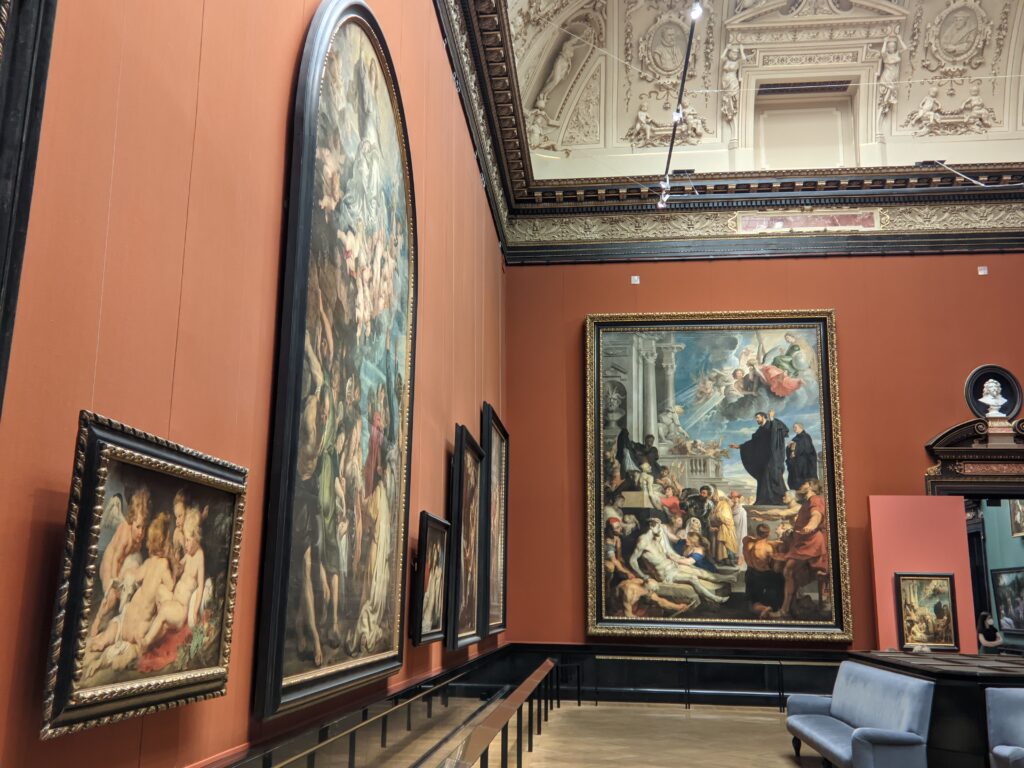

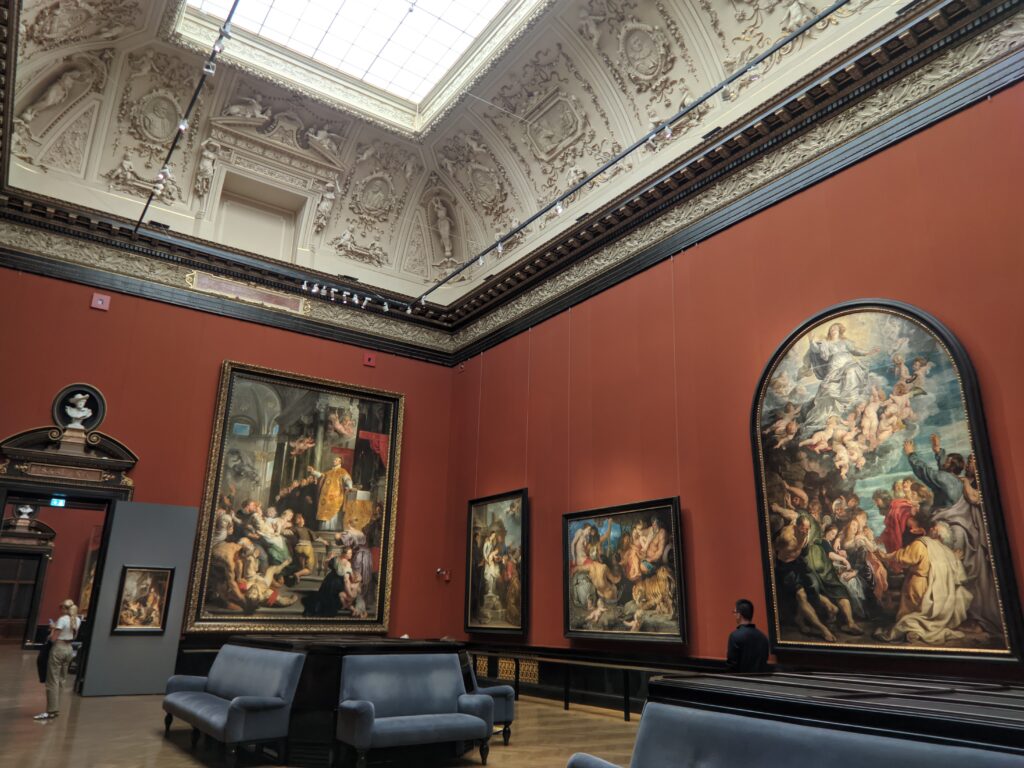
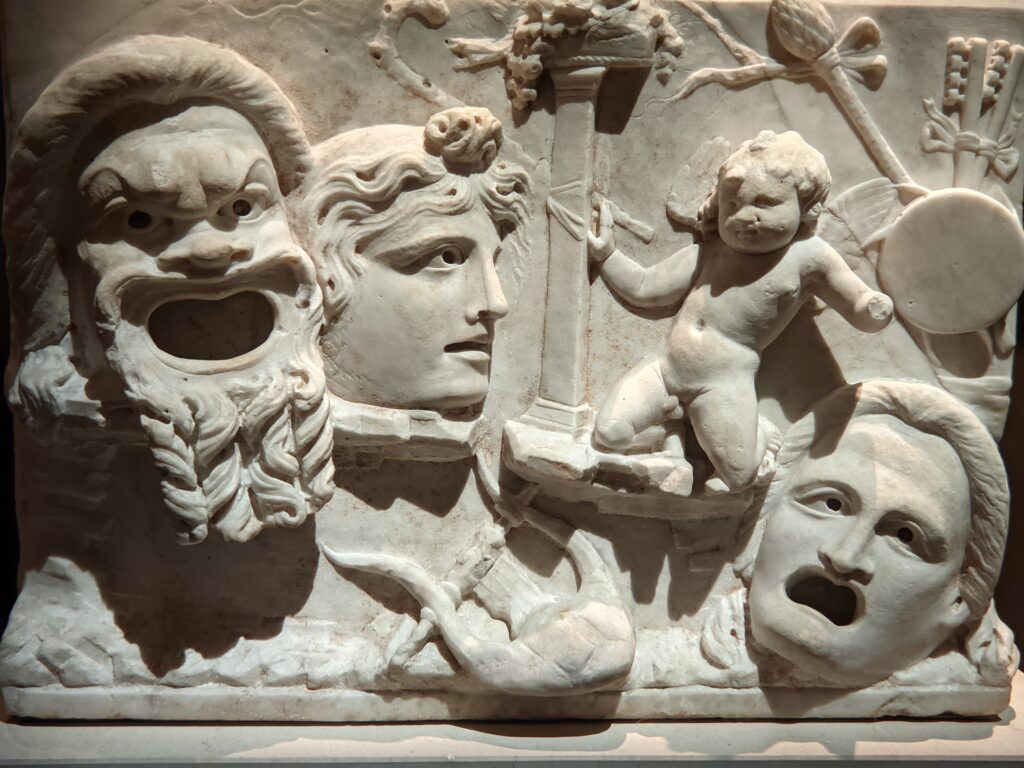

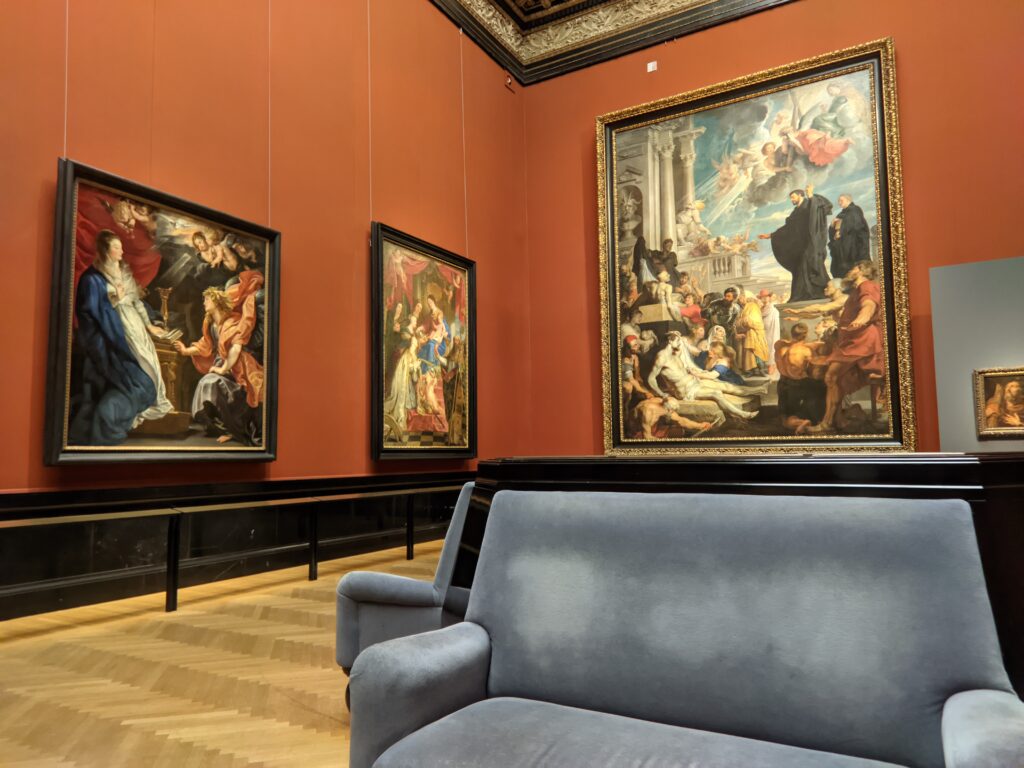
The Picture Gallery in the Kunsthistorisches Museum, arguably among the most important and impressive of its kind in the world, developed from the art collected by the House of Habsburg. Early Netherlandish masters such as Van Eyck, Van der Weyden and Memling, German Renaissance painters (Dürer, Cranach) and 17th-century Flemish artists (Rubens, Van Dyck) are beautifully represented here. The collection of art created by Pieter Bruegel the Elder (born in Breda between 1525 and 1530) is the world’s largest and most important. Famous for his innovative choices regarding subject matter, Bruegel was a formative influence on the Dutch Golden Age of painting, even though during his career he painted no portraits — one foundation of traditional Netherlandish art. He died in 1569, before reaching his mid-40s.
Of the 40 surviving paintings by Pieter Bruegel the Elder, 12 can be found here in Vienna.
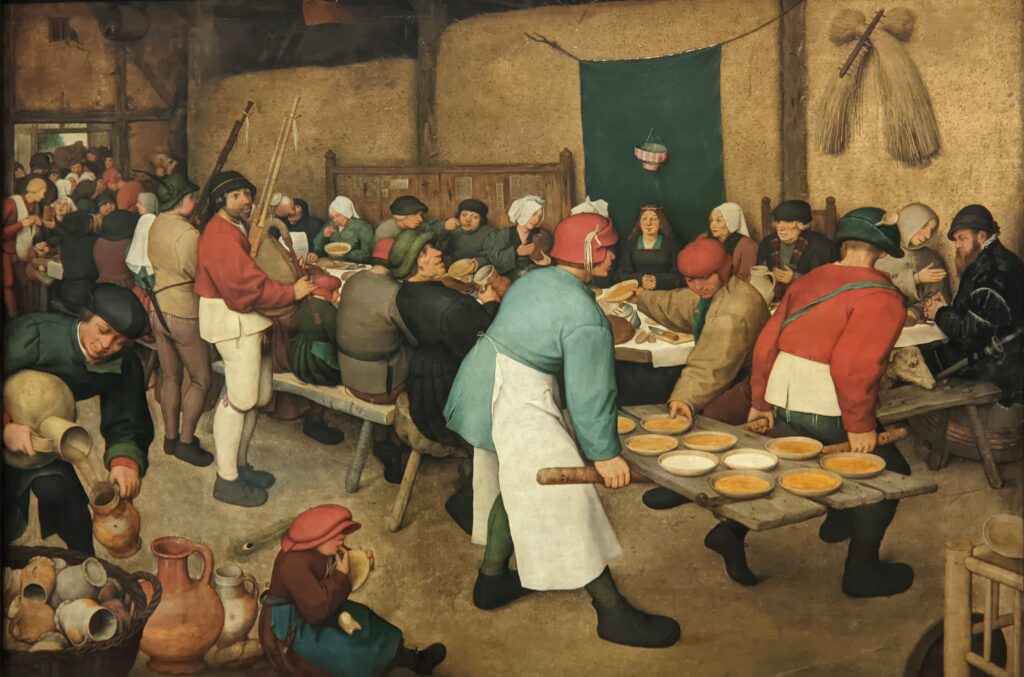
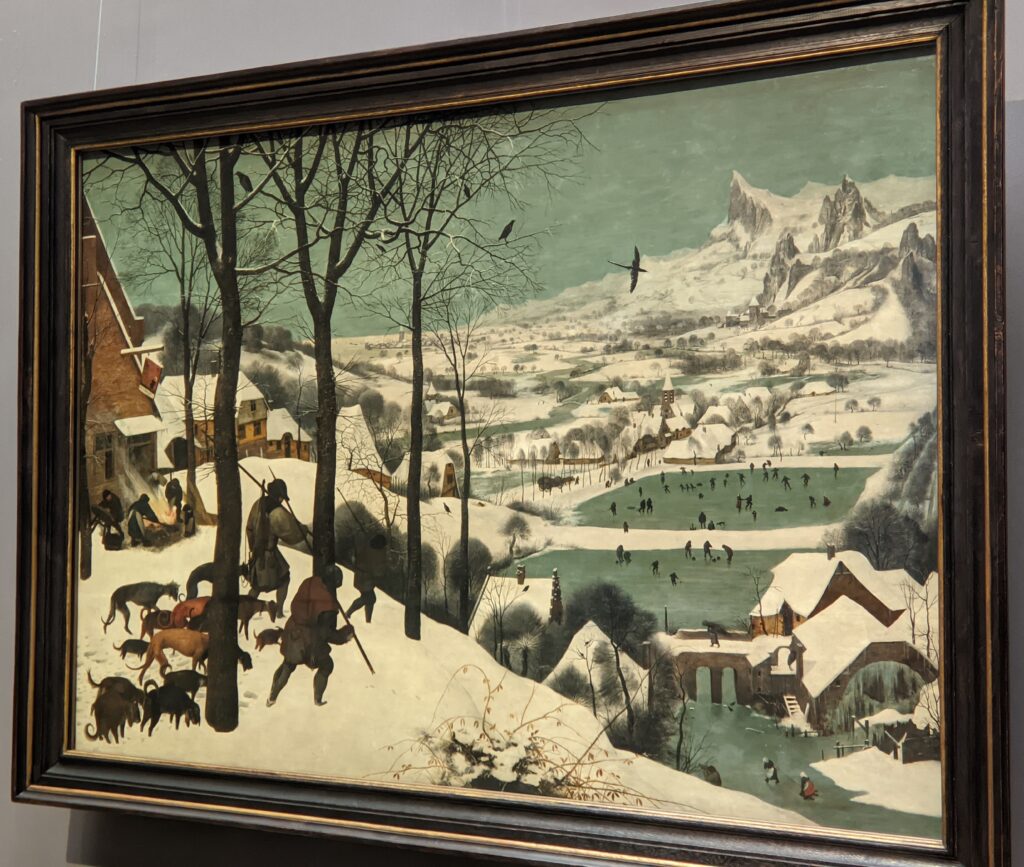
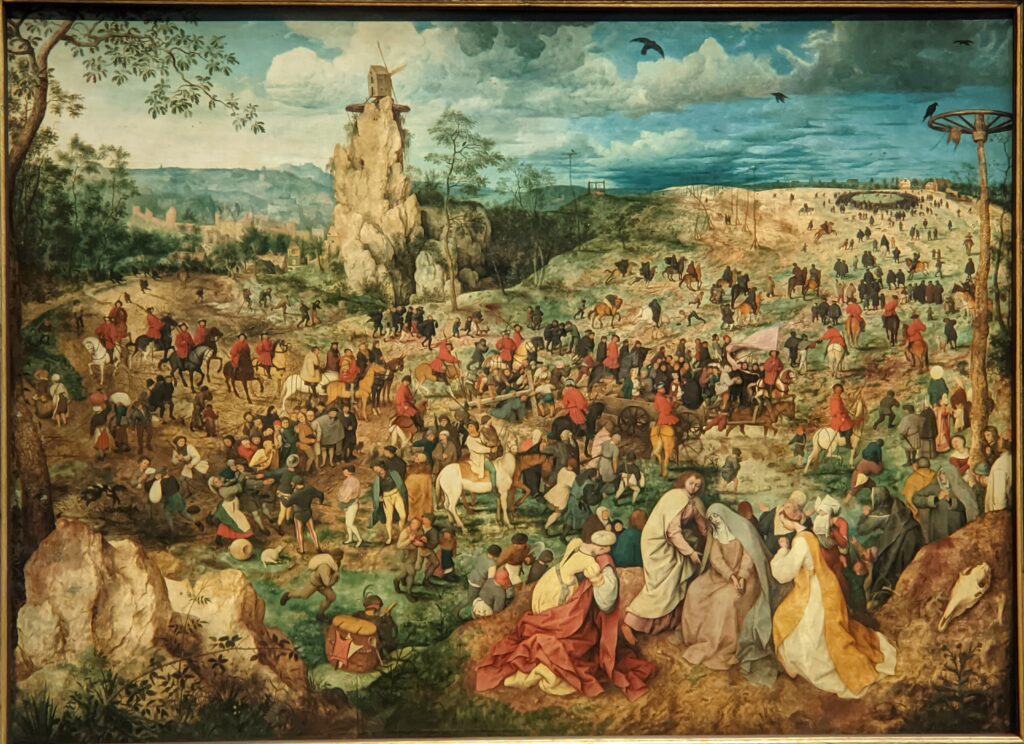

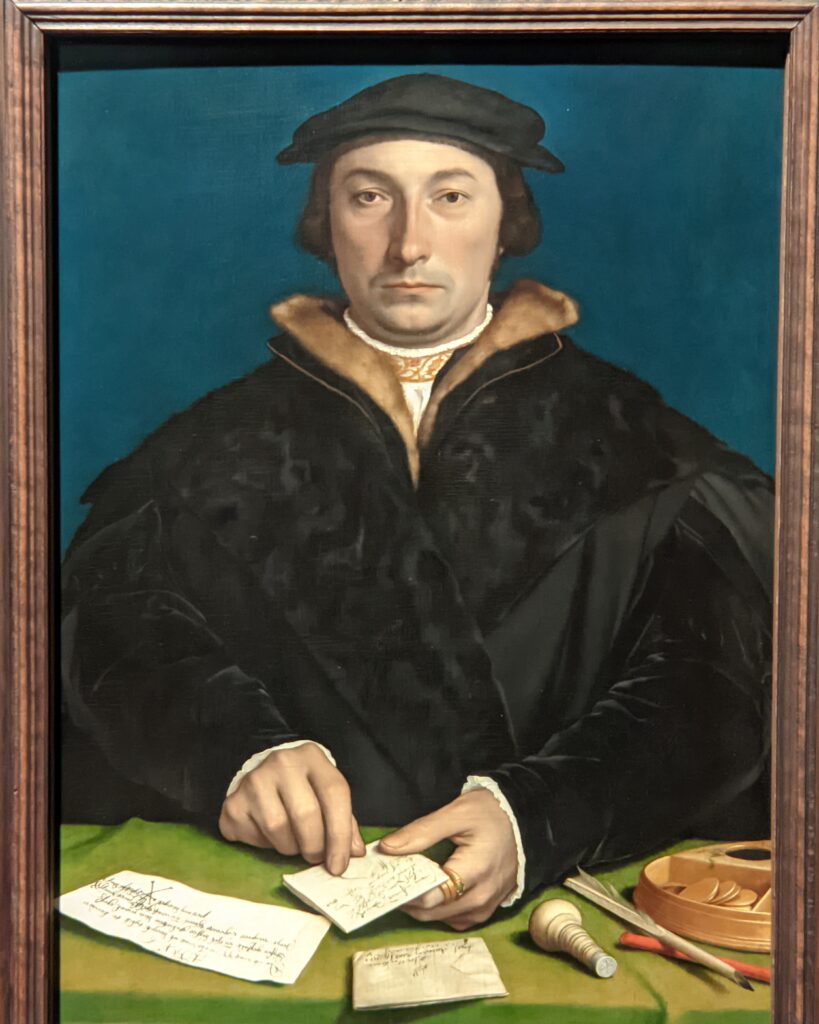
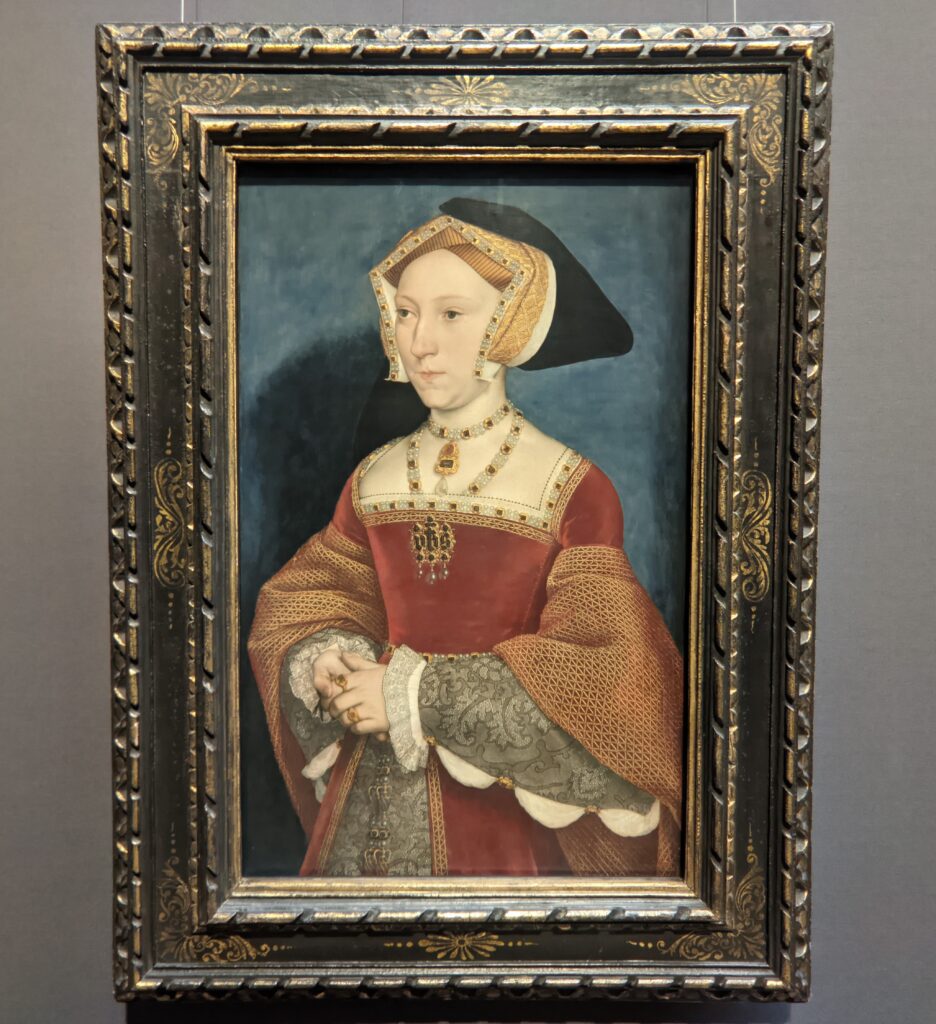
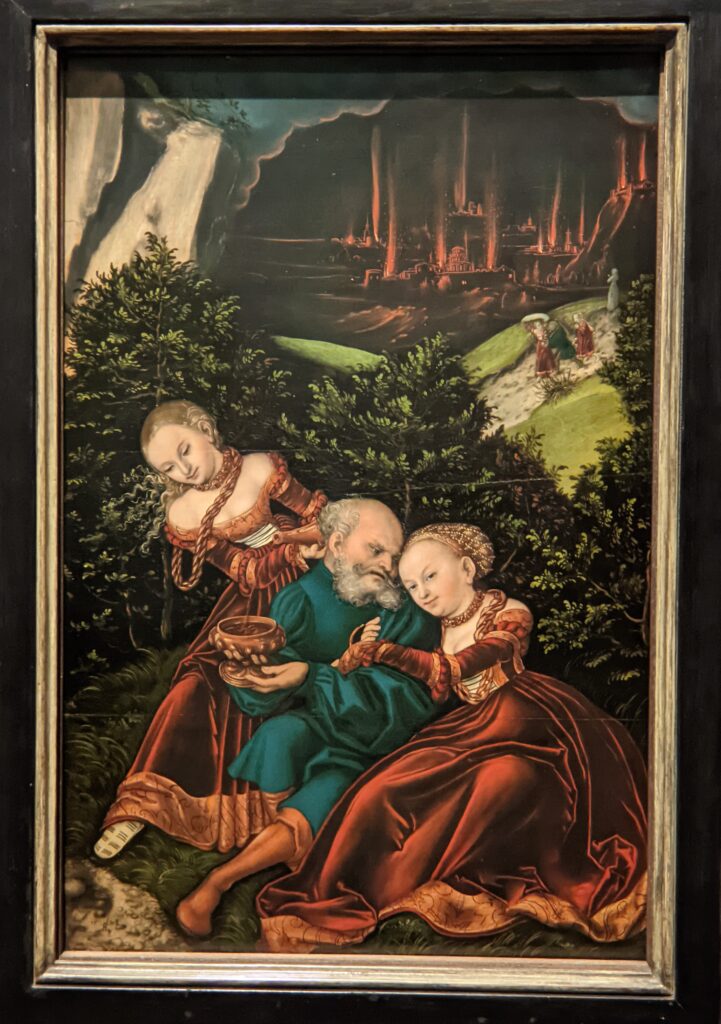
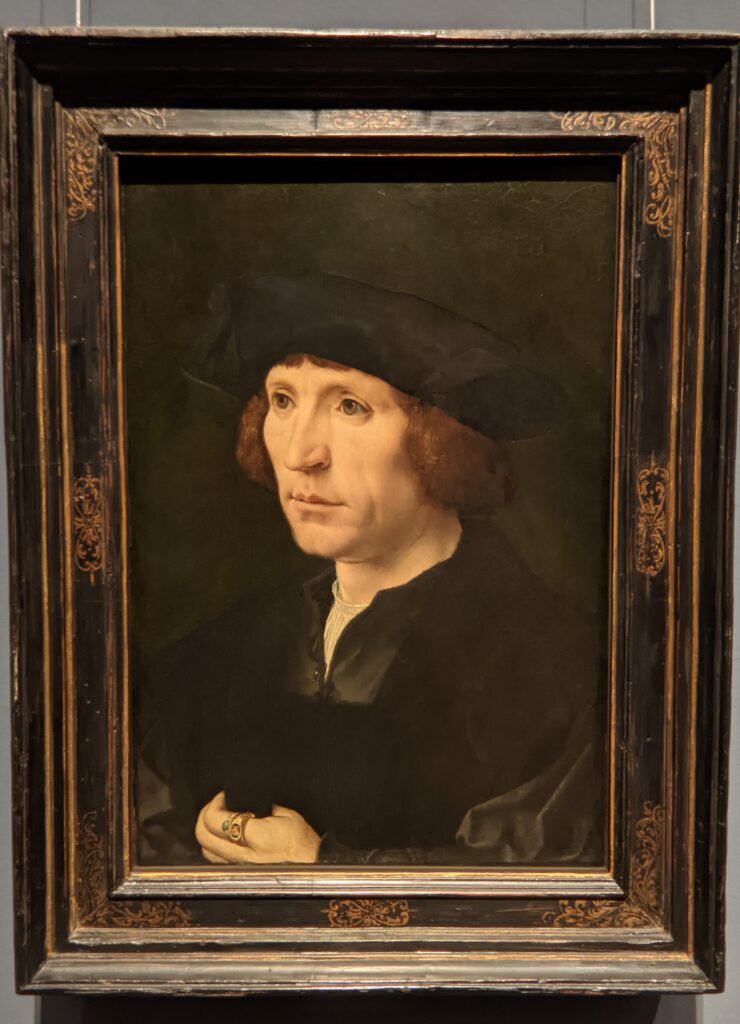
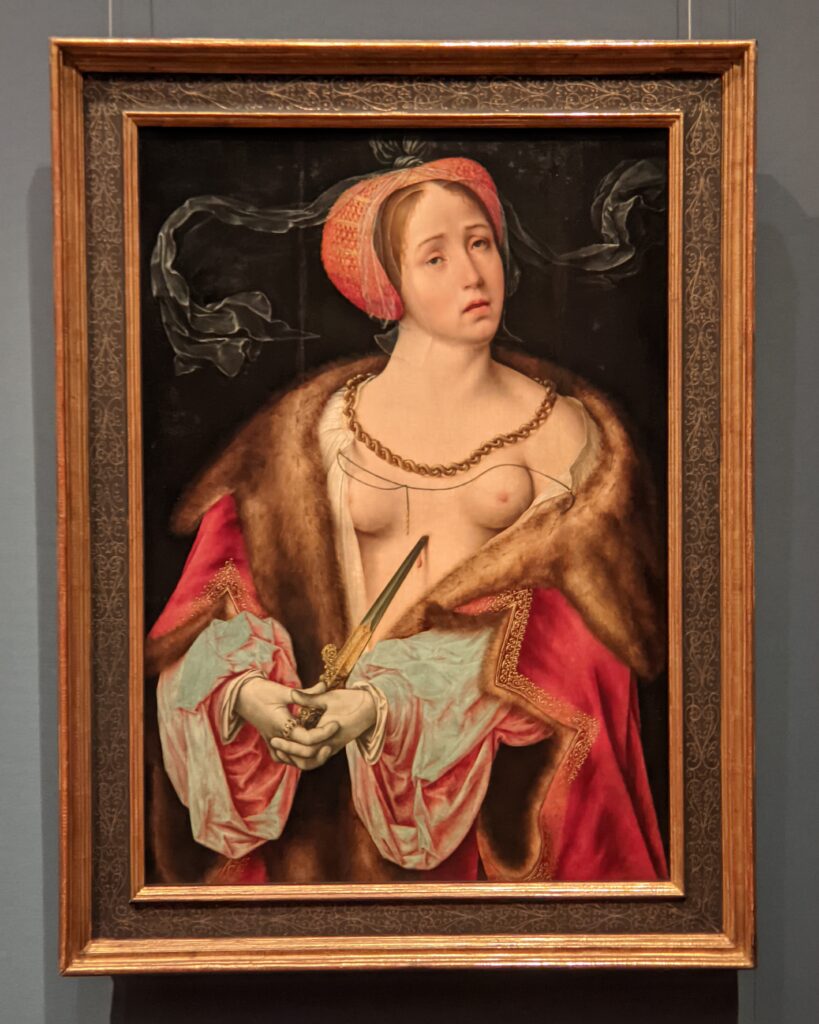

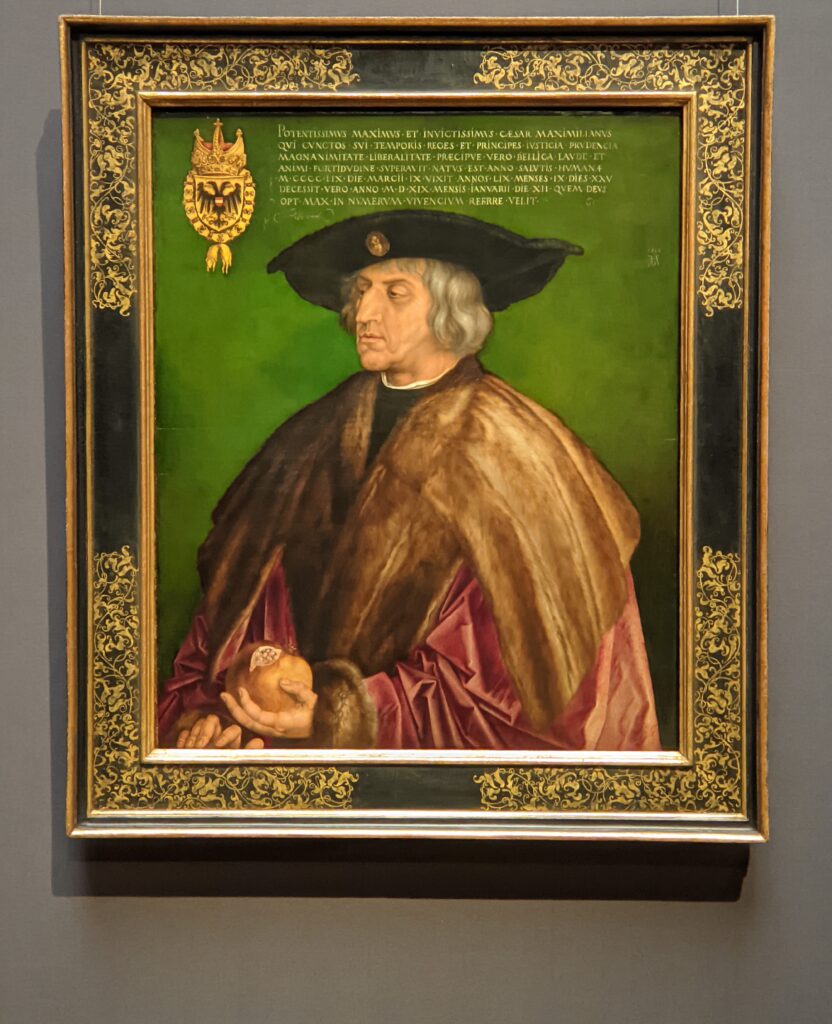
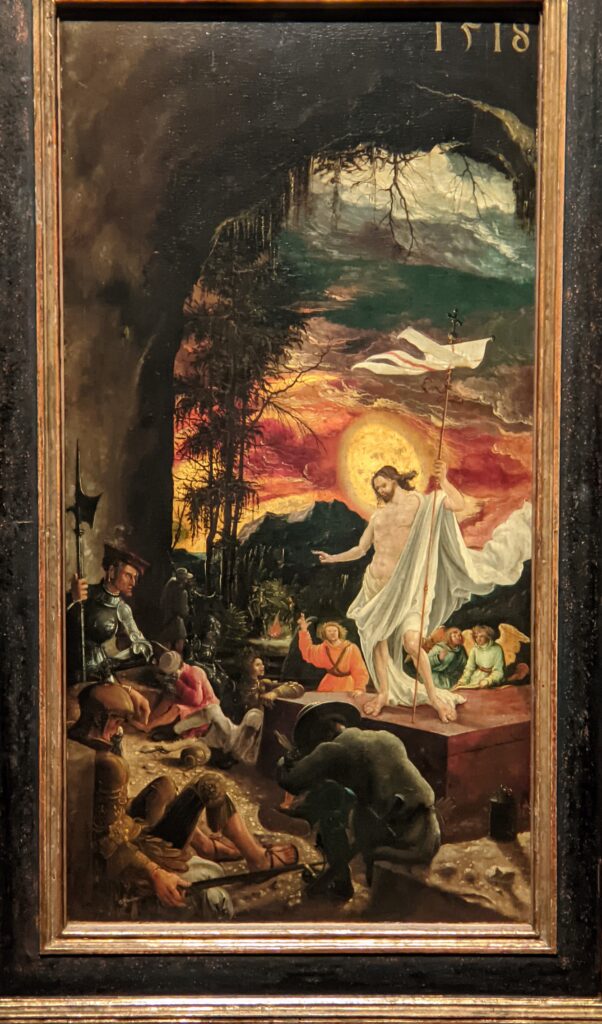
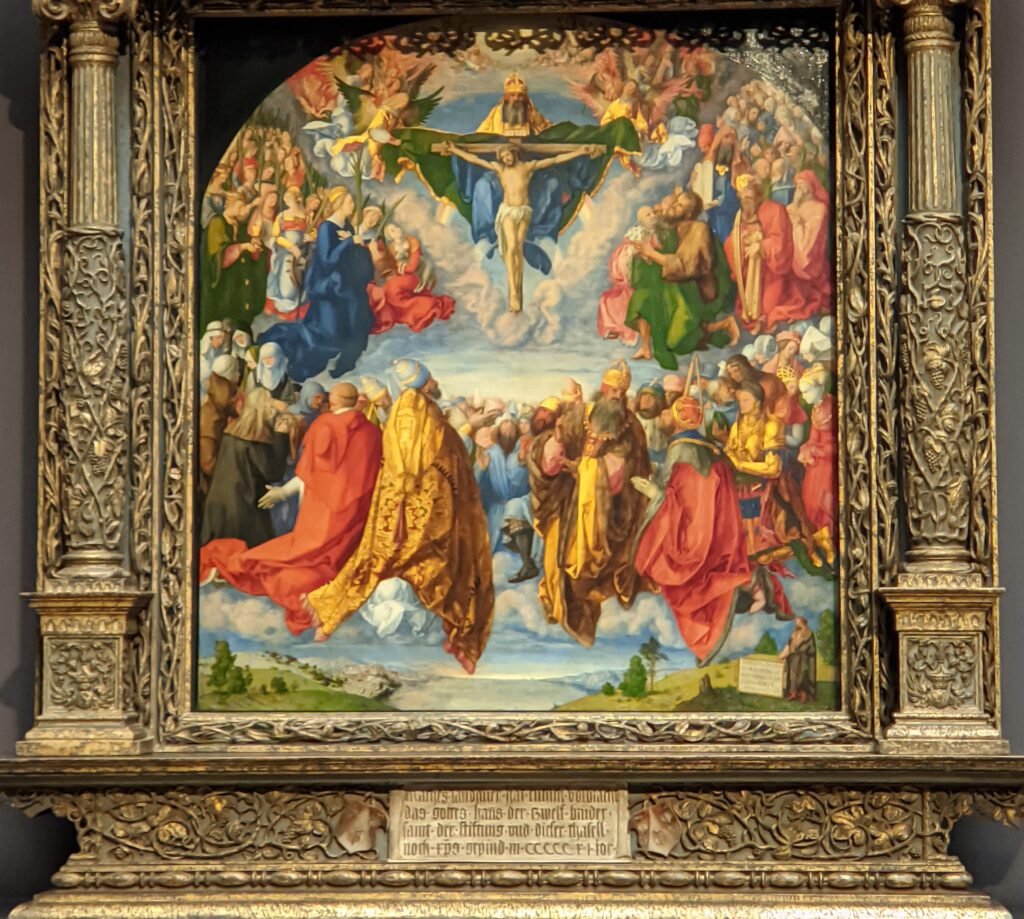
 Hieronymus Altar, 1511 (left) by Jacob Cornelisz van Oostsasen. The Lamentation of Christ (center) & Legend of the Mortal Remains of St. John the Baptist, 1484 (right) by Geertgen tot Sint Jans
Hieronymus Altar, 1511 (left) by Jacob Cornelisz van Oostsasen. The Lamentation of Christ (center) & Legend of the Mortal Remains of St. John the Baptist, 1484 (right) by Geertgen tot Sint Jans
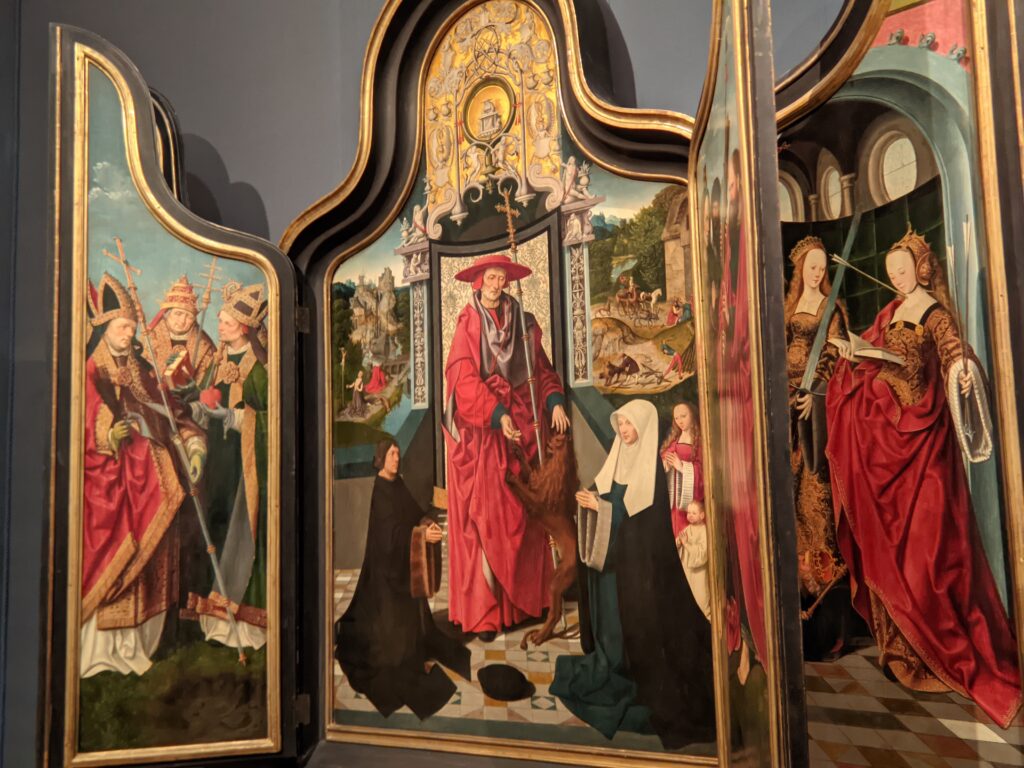
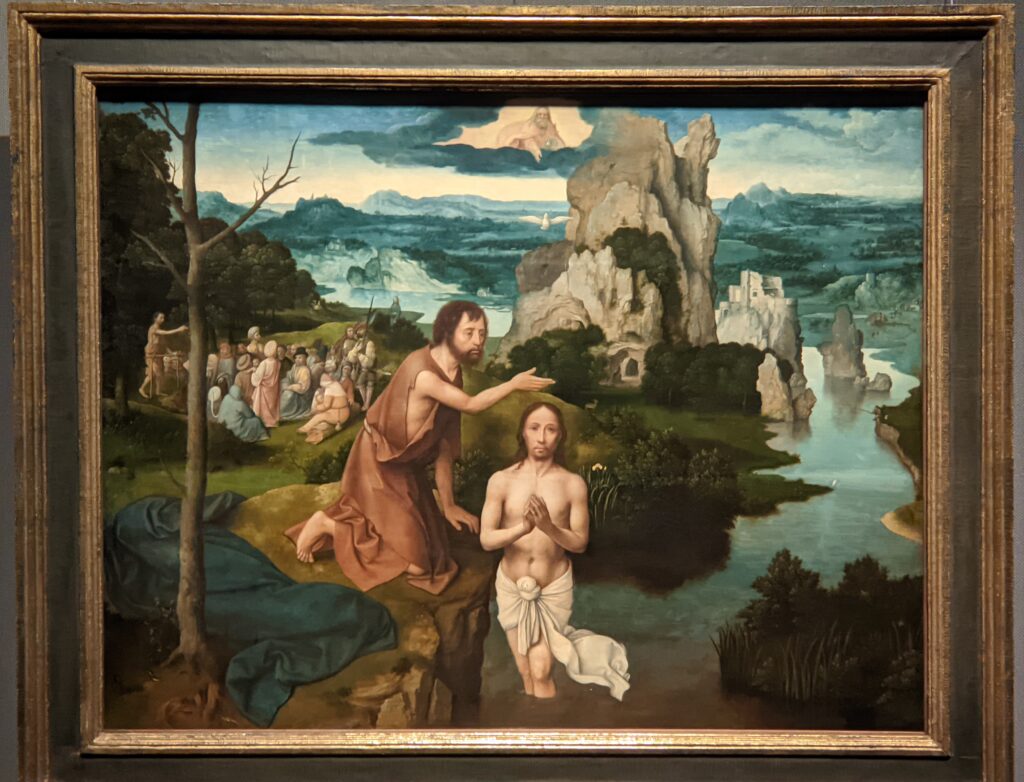

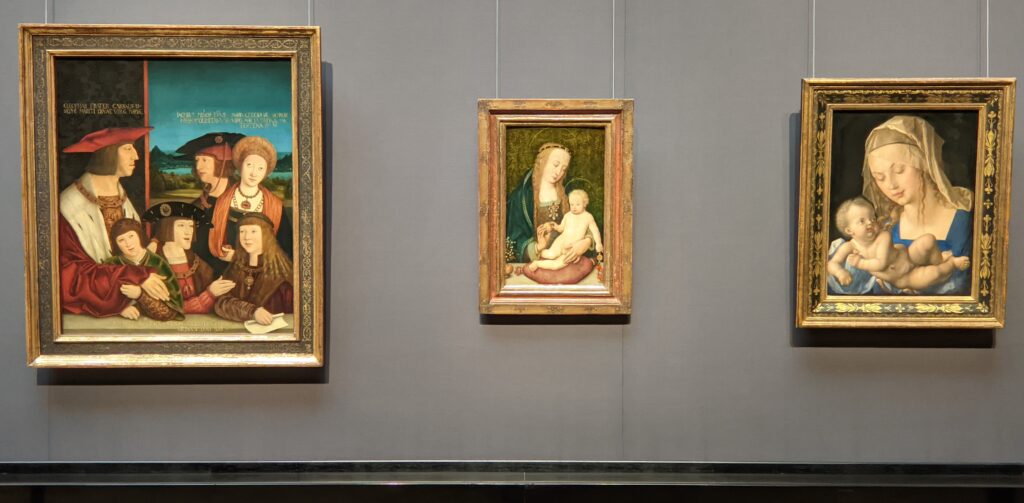

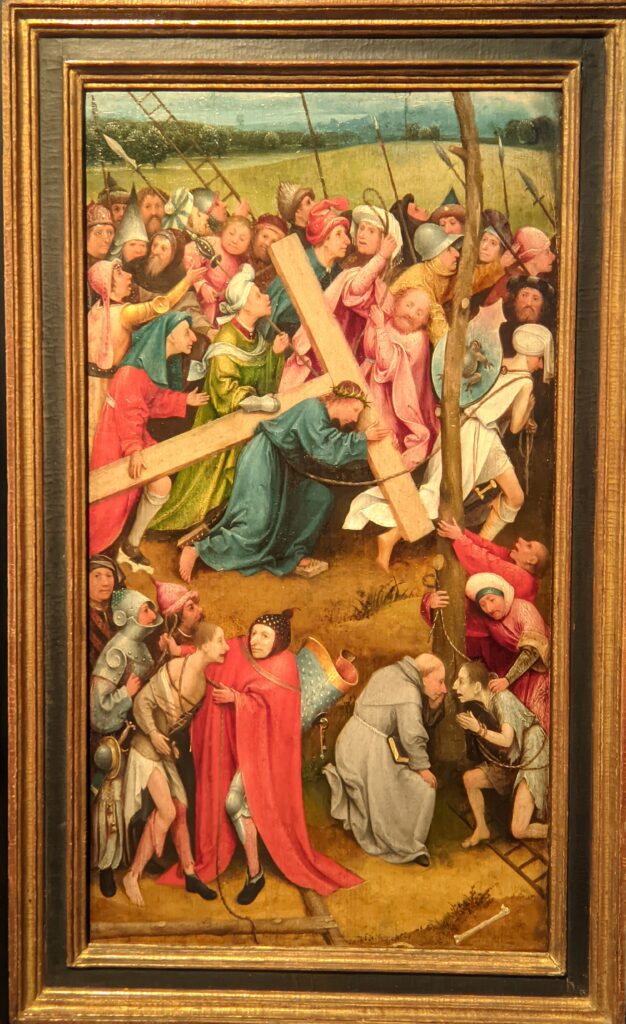
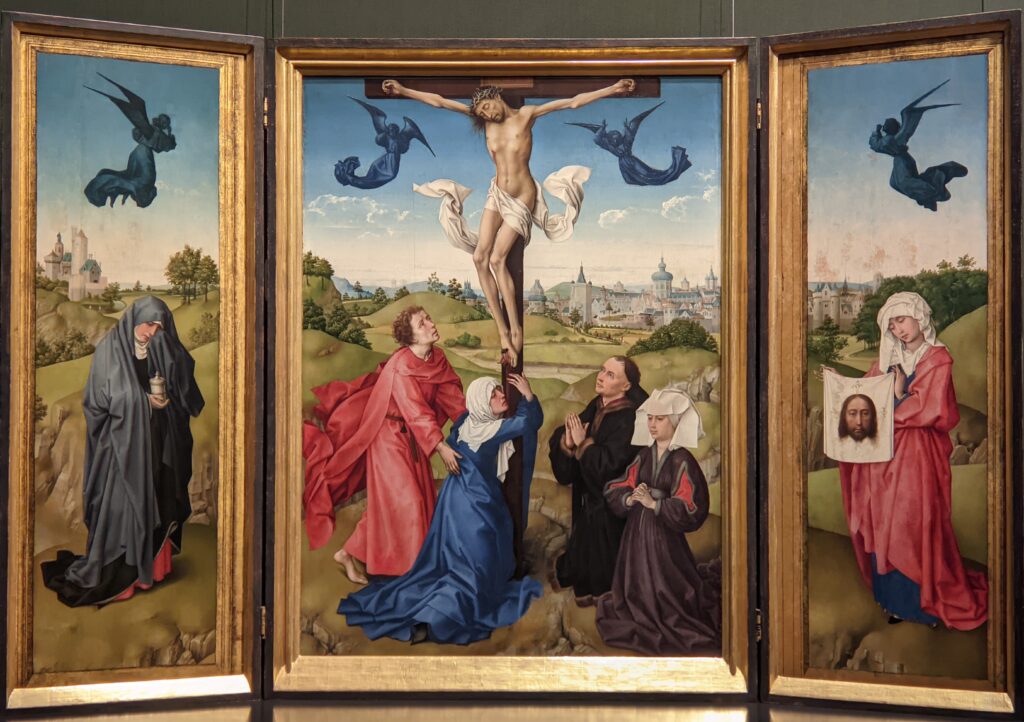

Italian Renaissance painters such as Raphael, Titian, Perugino, Giorgione, Lotto and Parmigianino, as well as Baroque artists like Caravaggio and Velázquez, fill the Southern European galleries inside the Kunsthistorisches. The elegance of these rooms is unequaled.
This building and an additional structure which houses the Natural History Museum Vienna were built symmetrically over a 20-year period (1871 — 1891), i.e., the two museums face each other and were designed with identical facades beneath octagonal domes. The grandeur extends to the interior of the Kunsthistorisches, which contains an impressive entrance hall, grand staircase and a cupola adorning the ceiling.


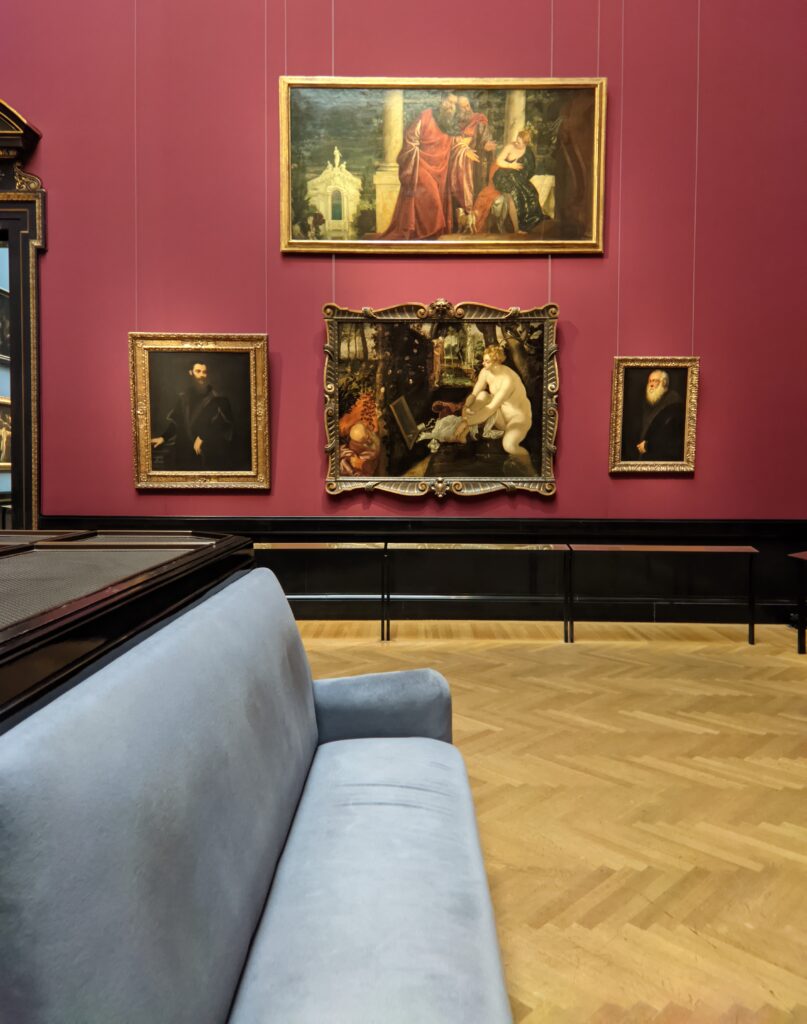

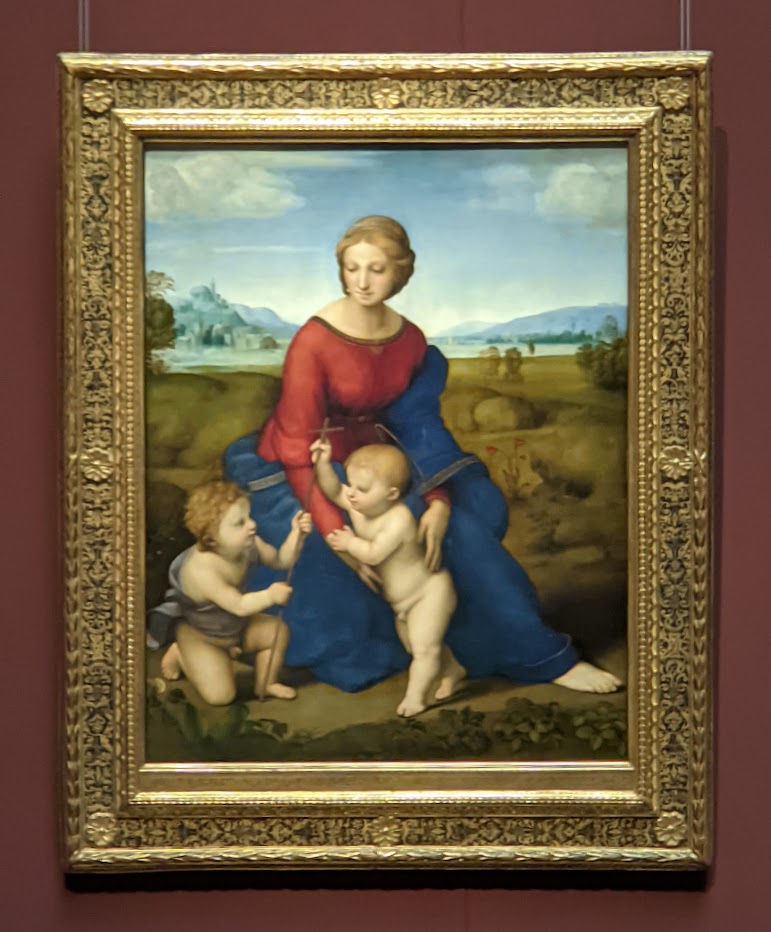

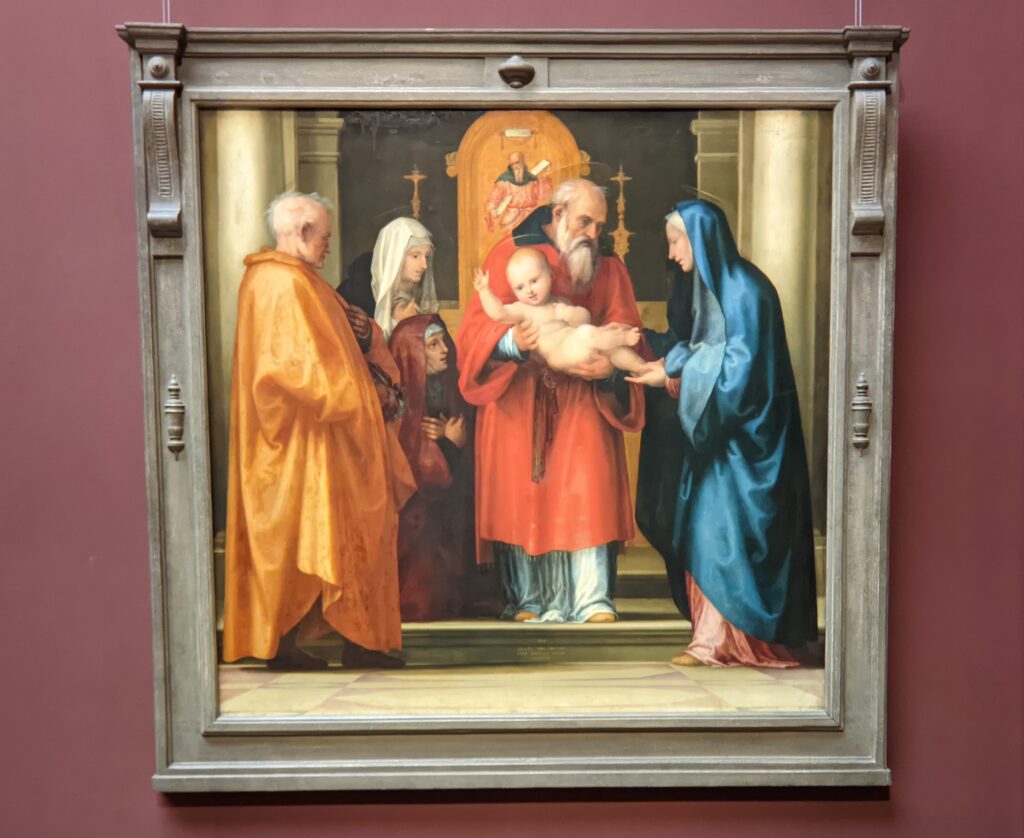
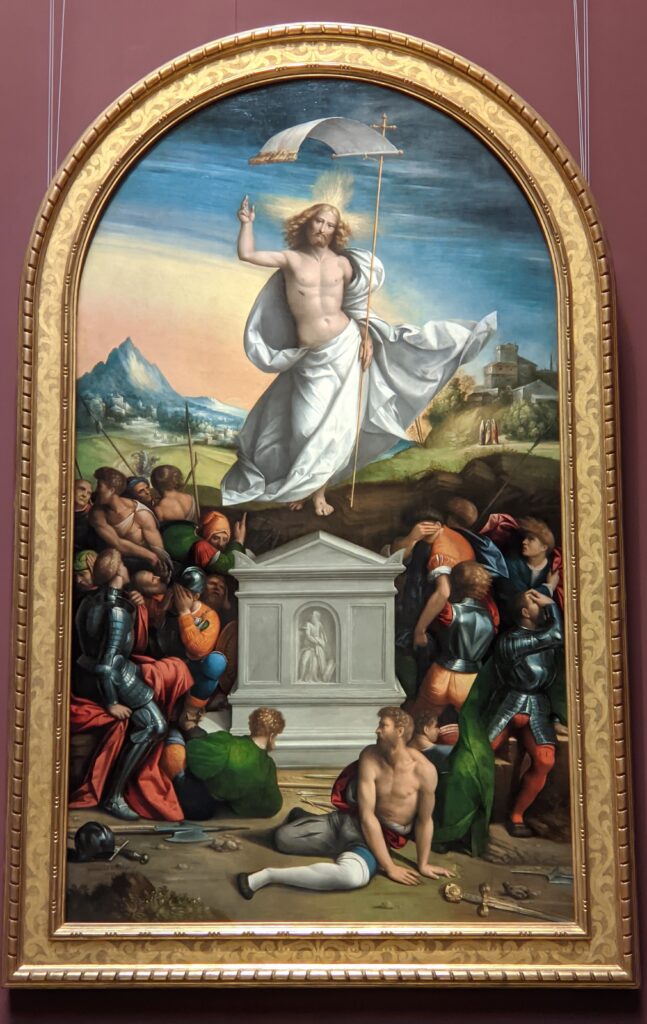
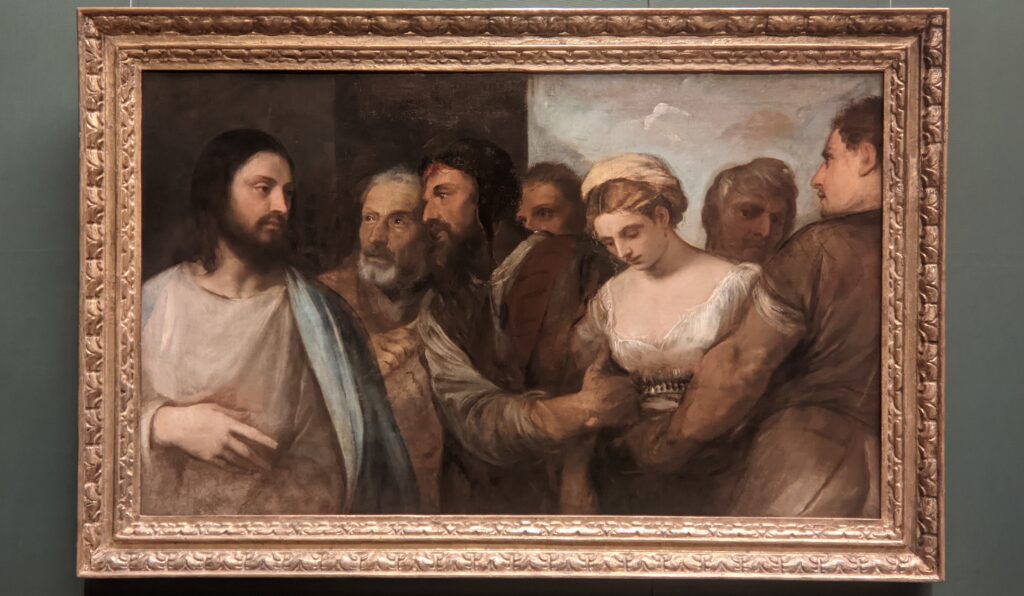
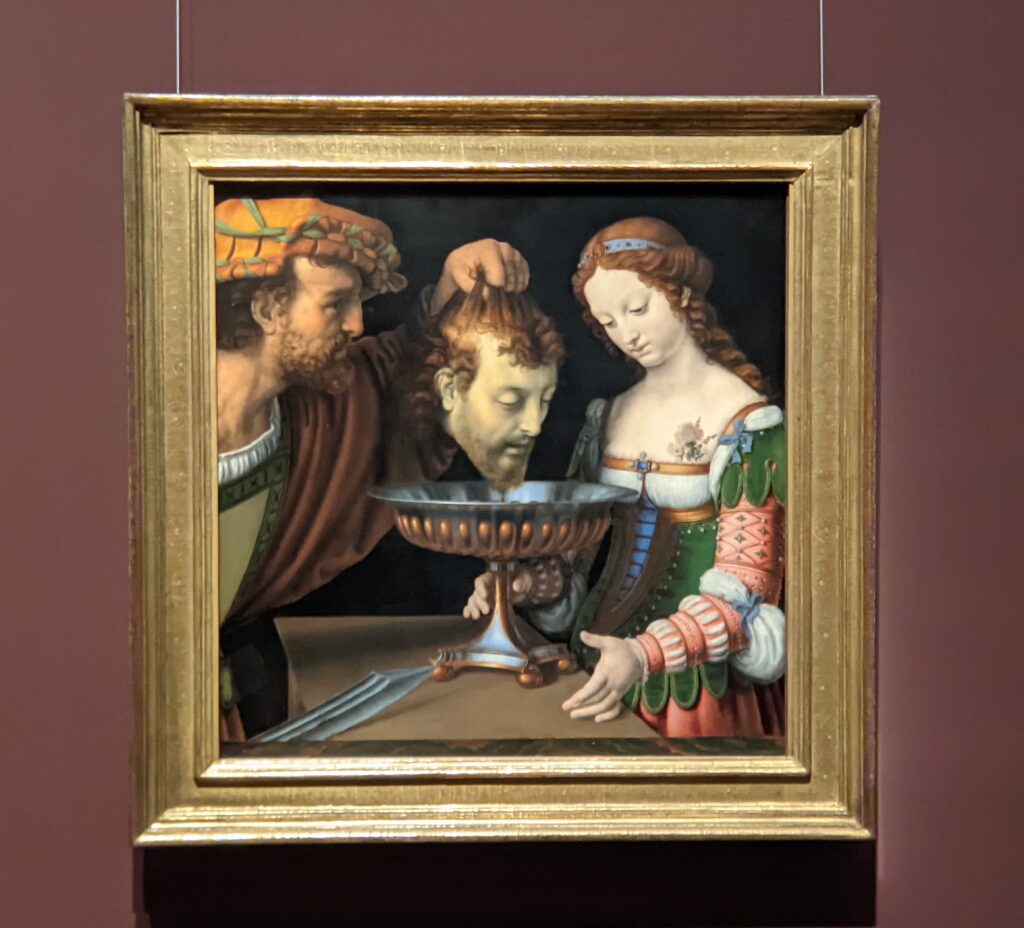
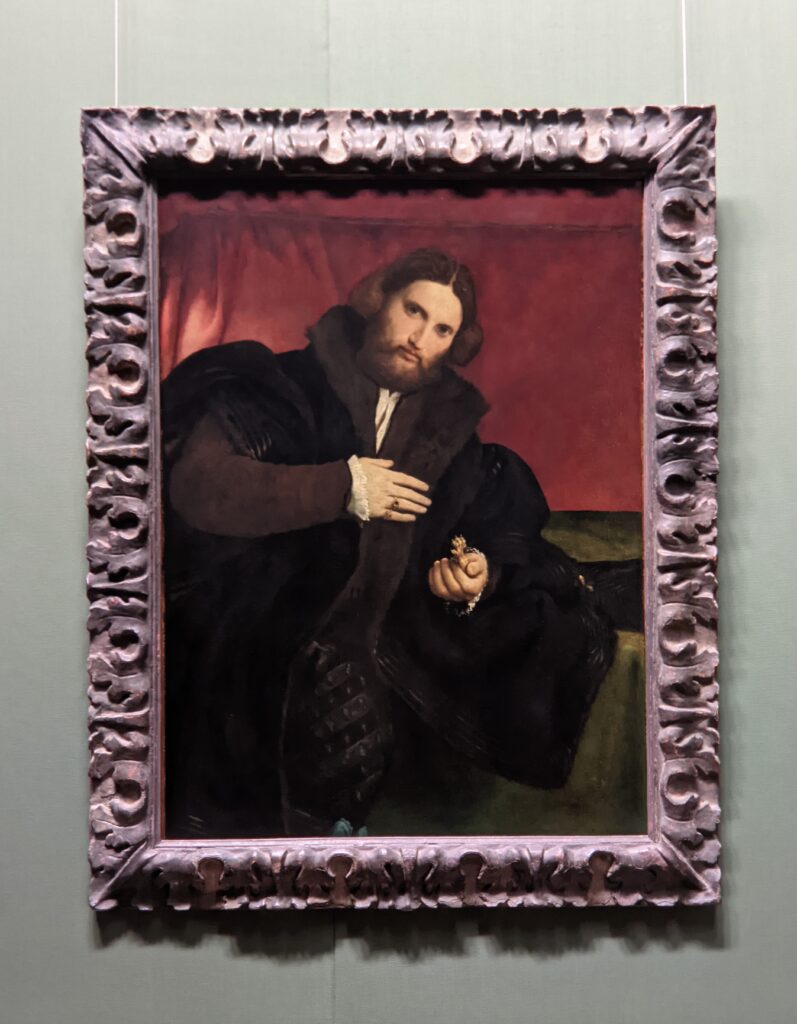

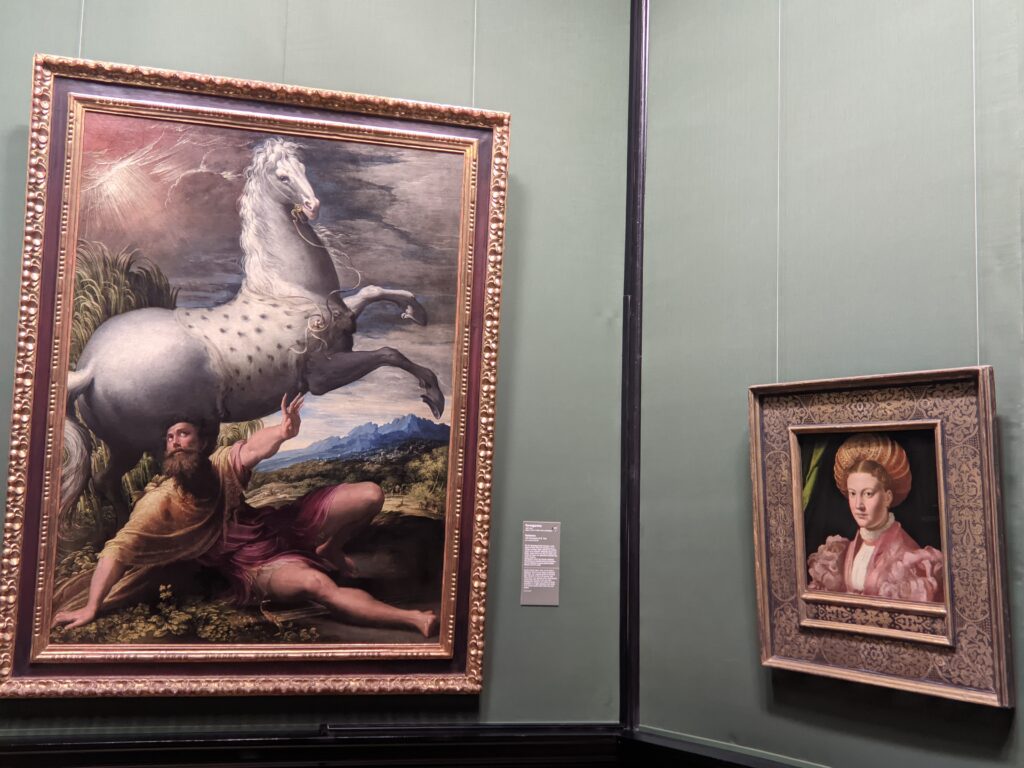

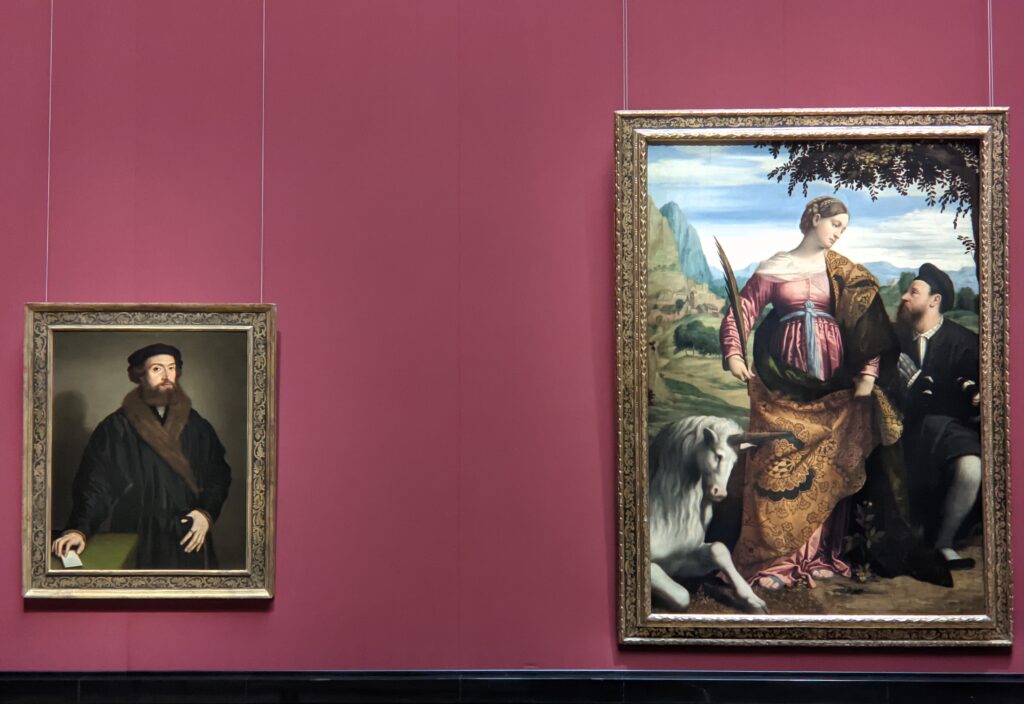
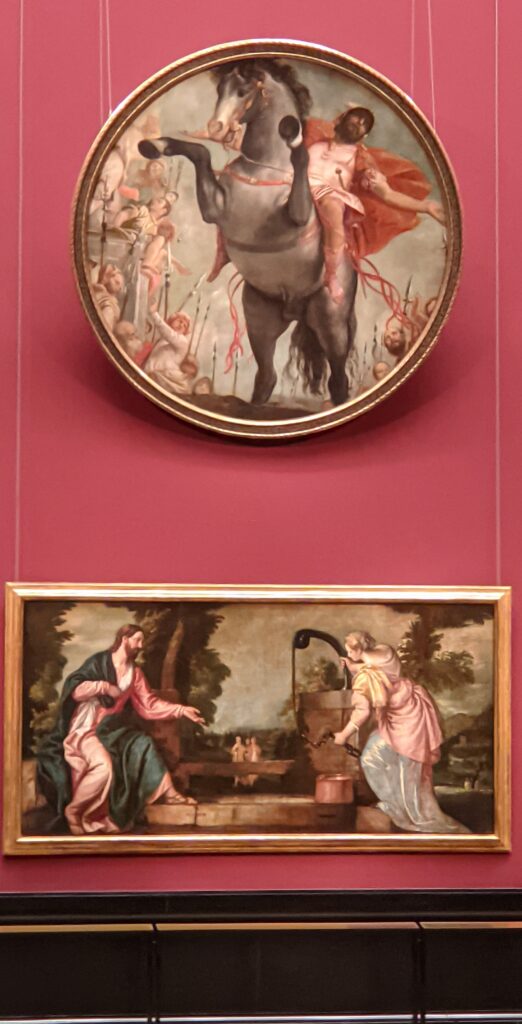
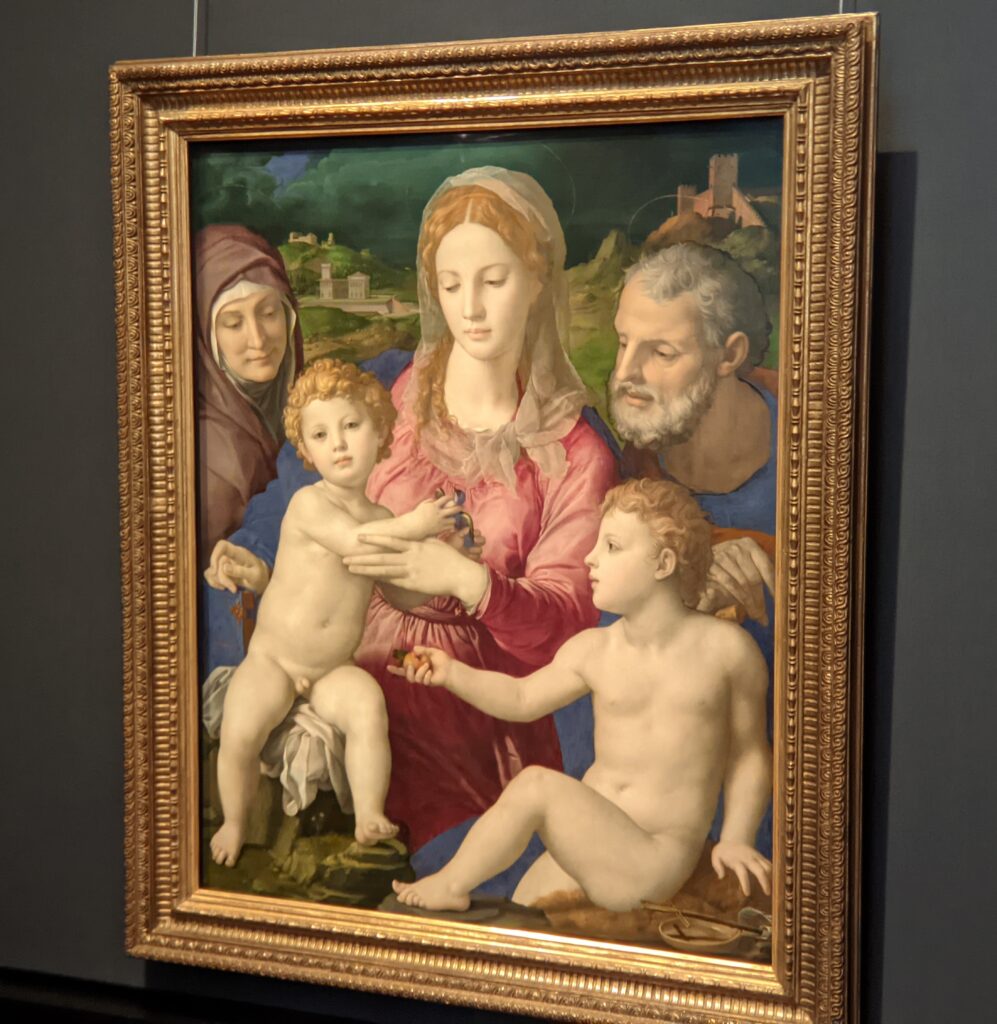

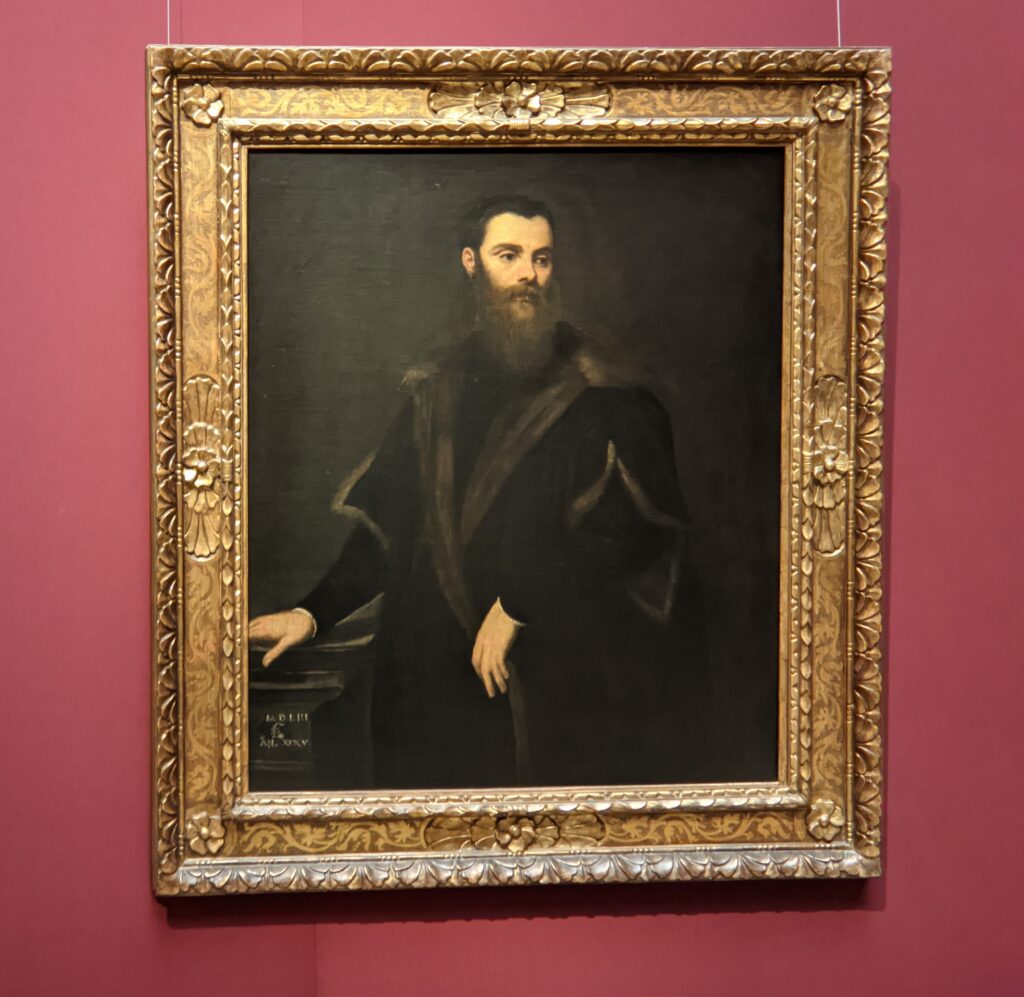

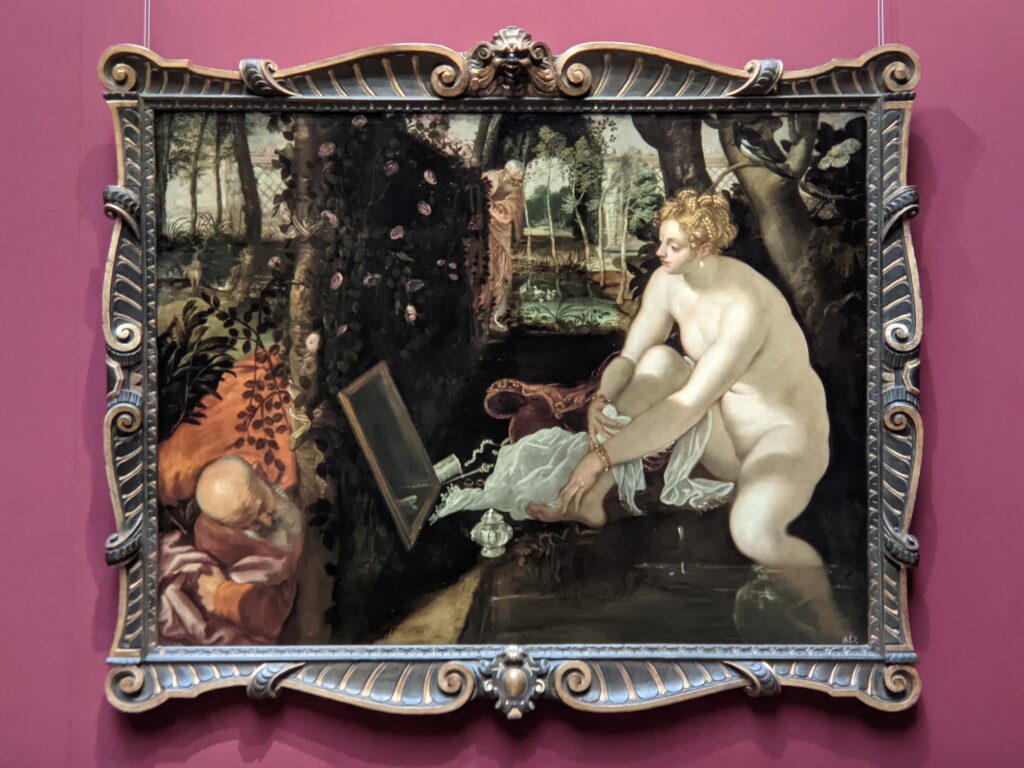

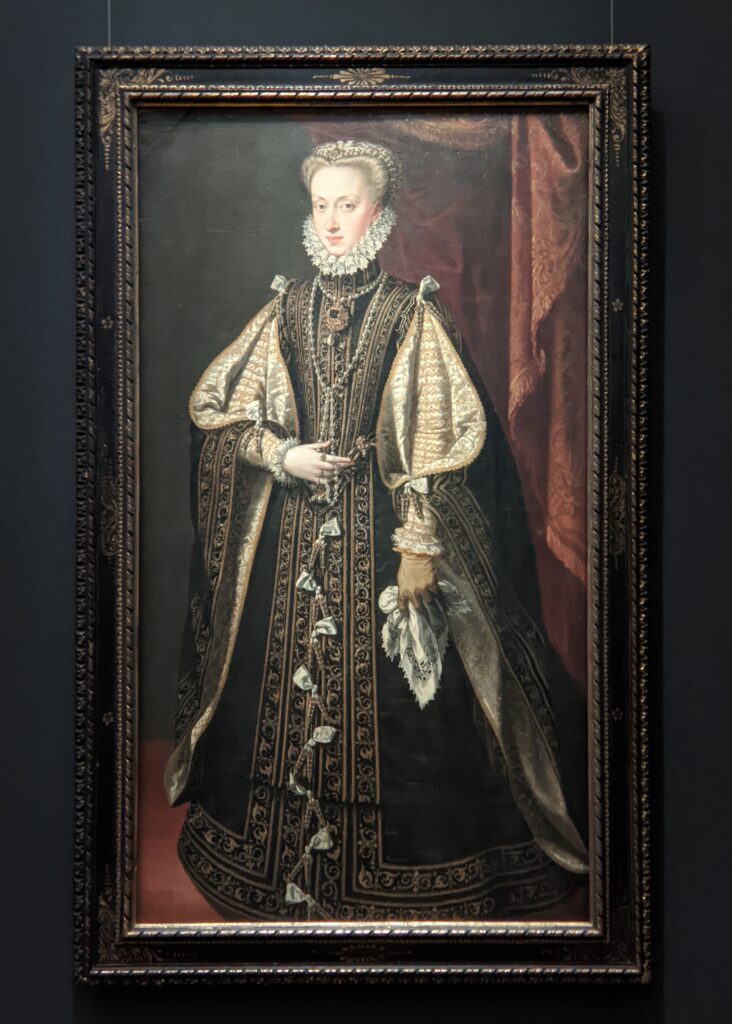
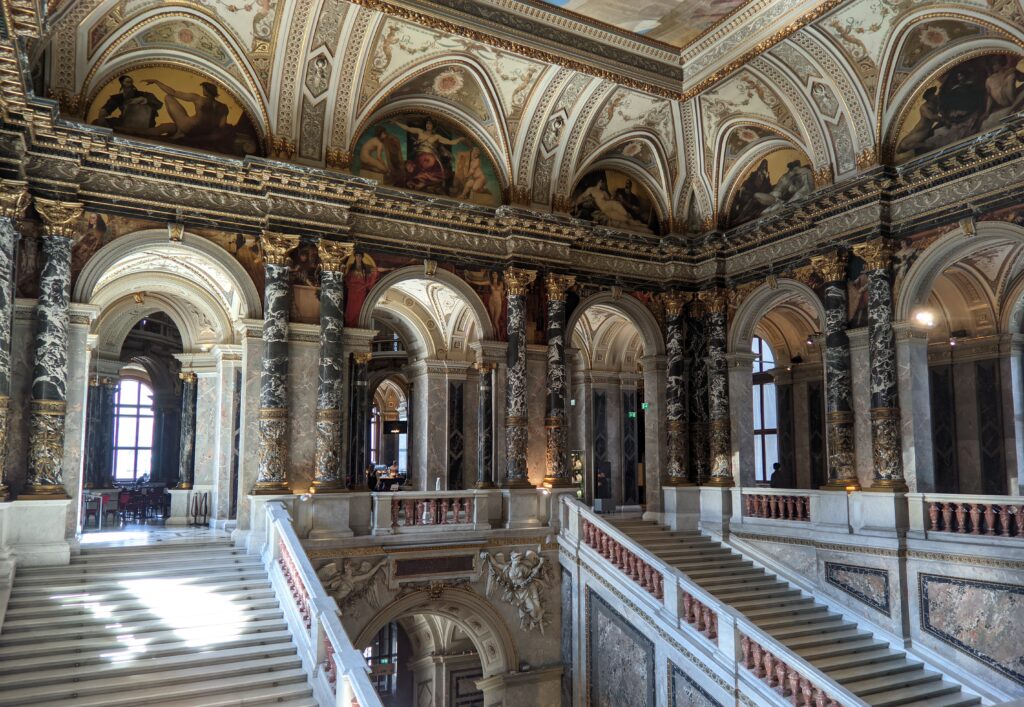
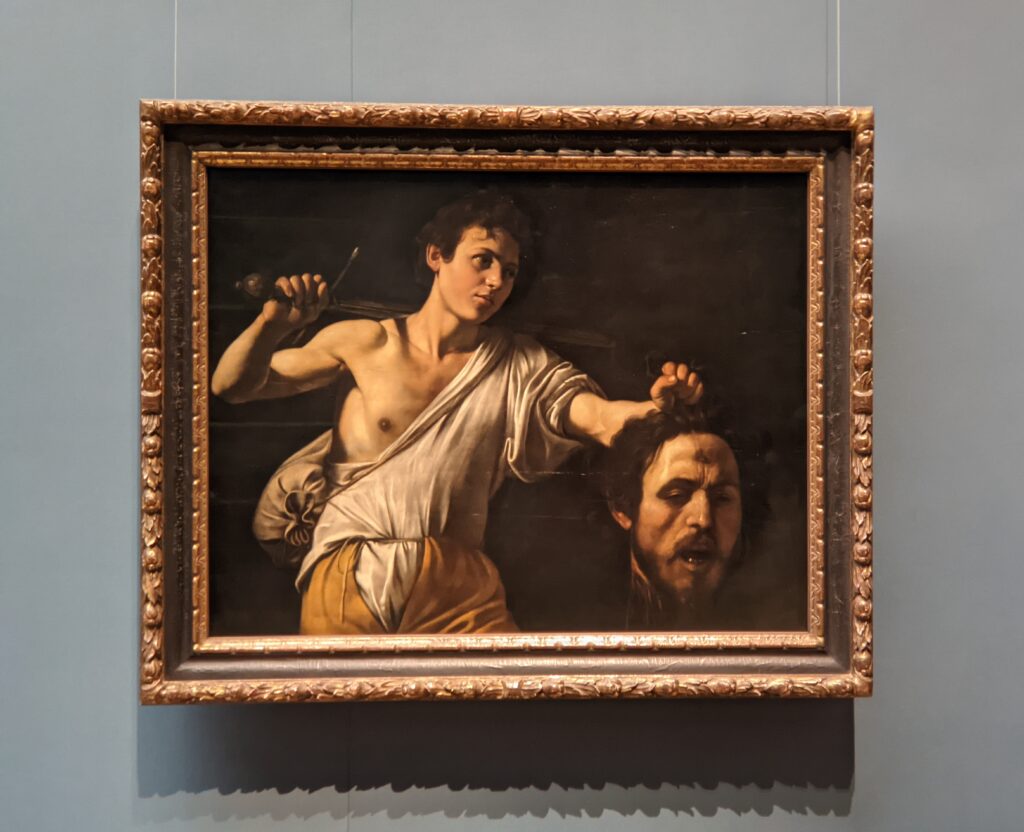
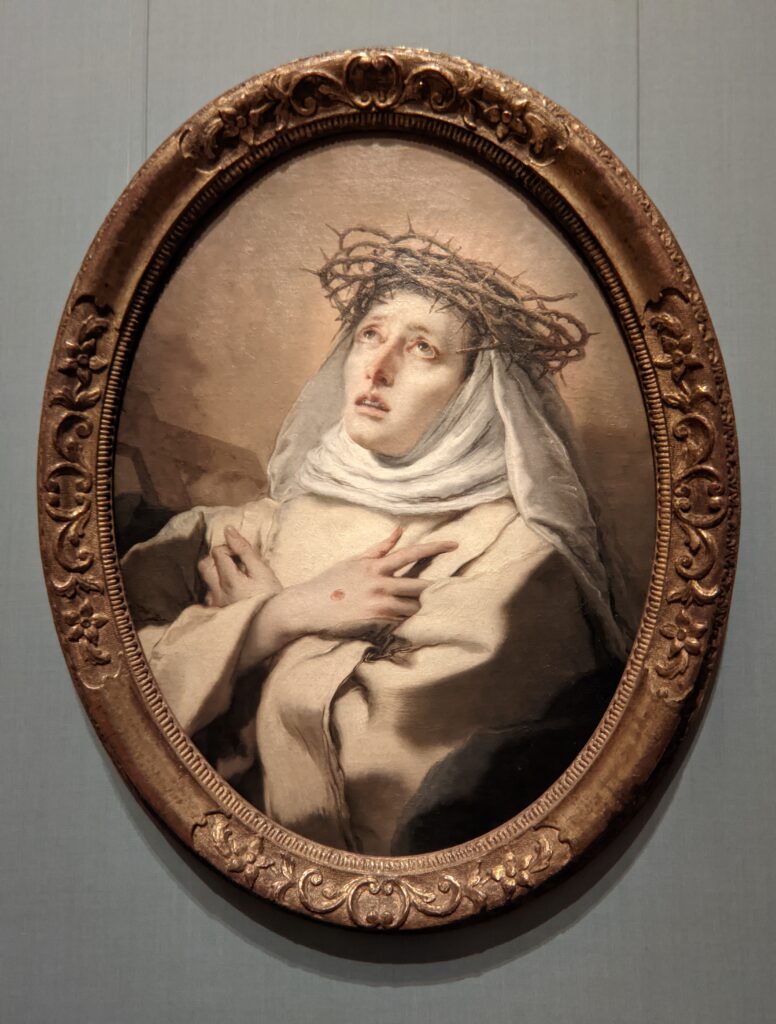
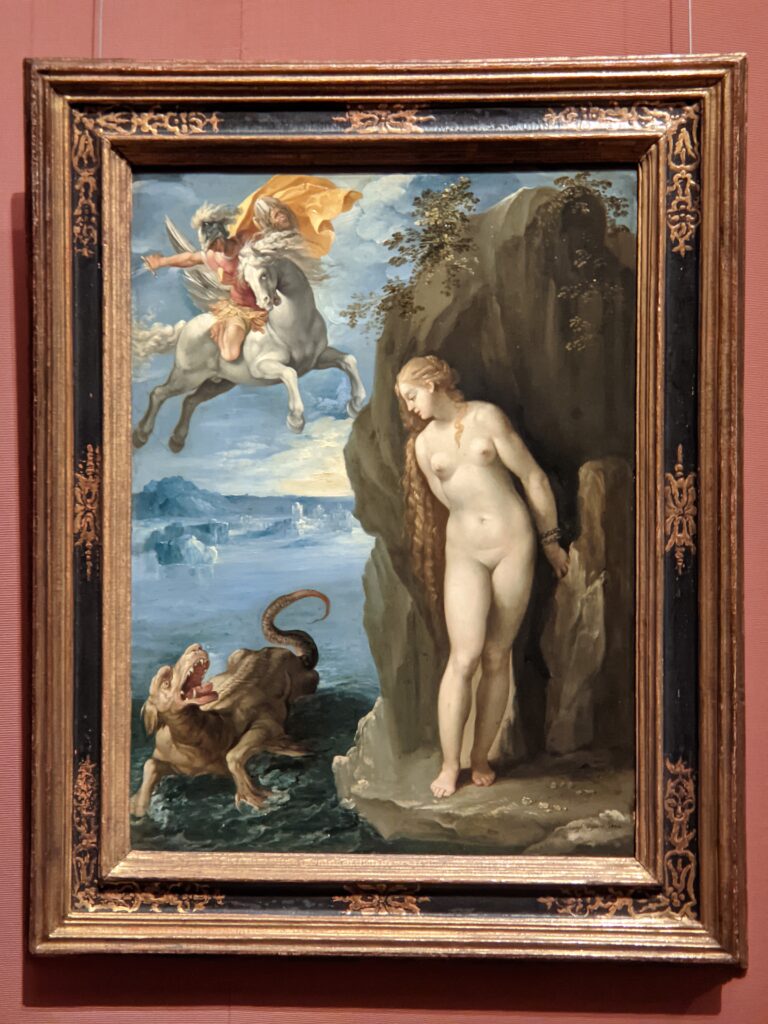
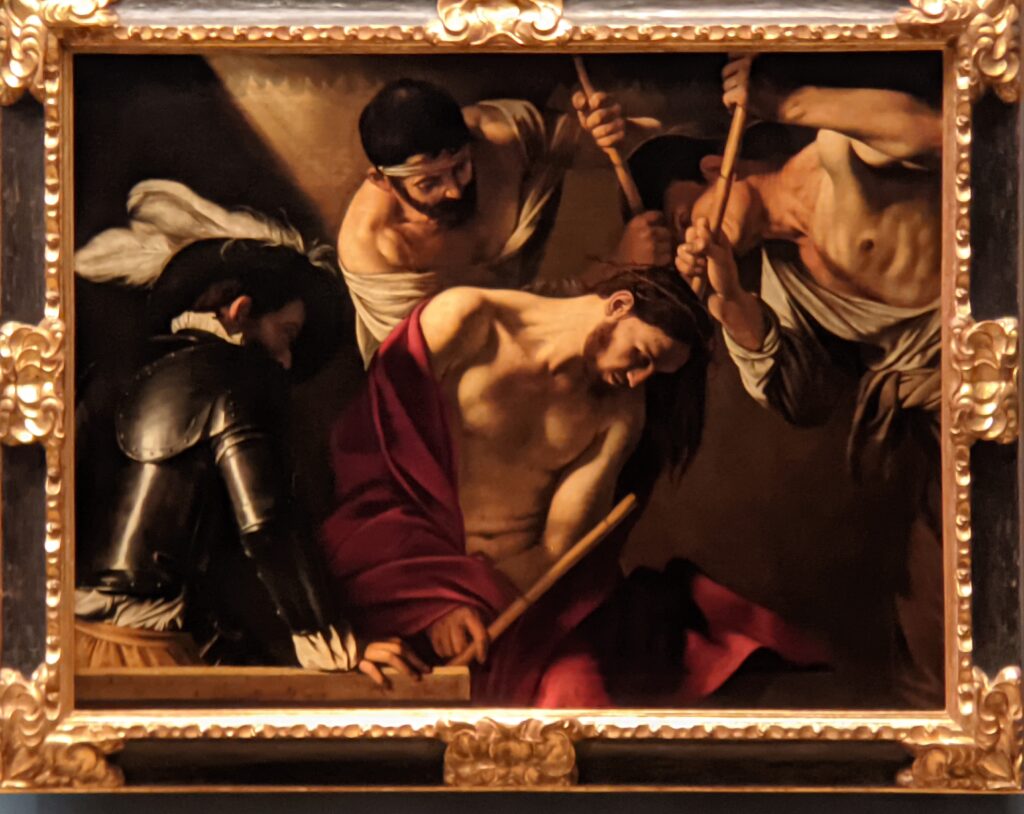
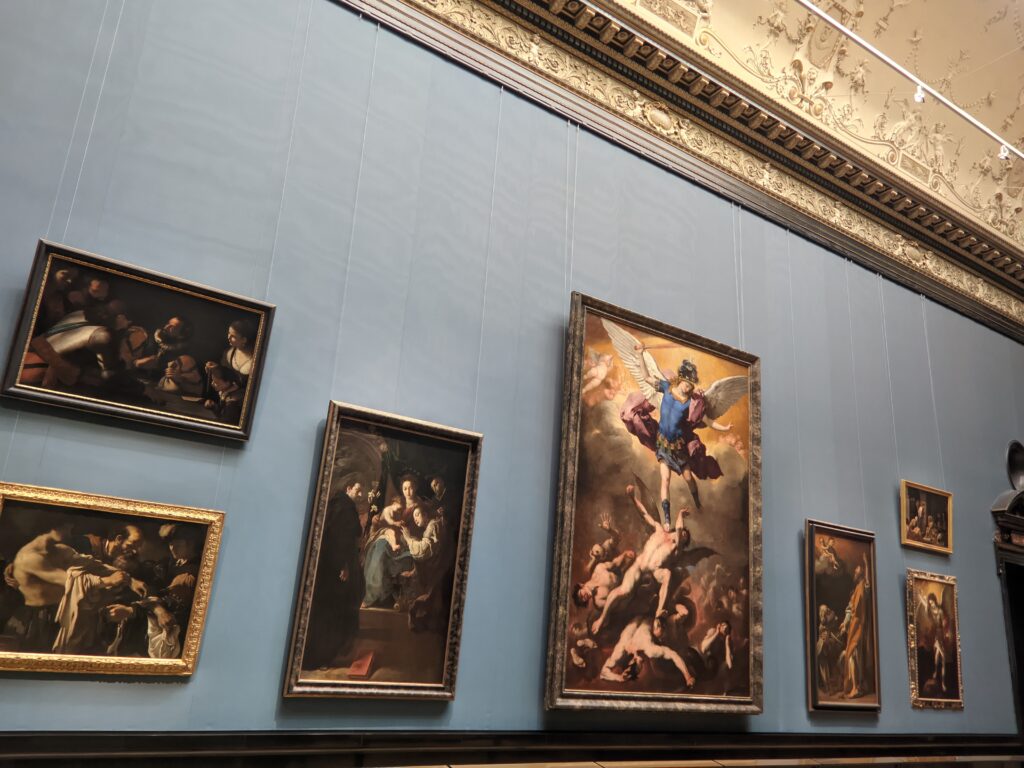
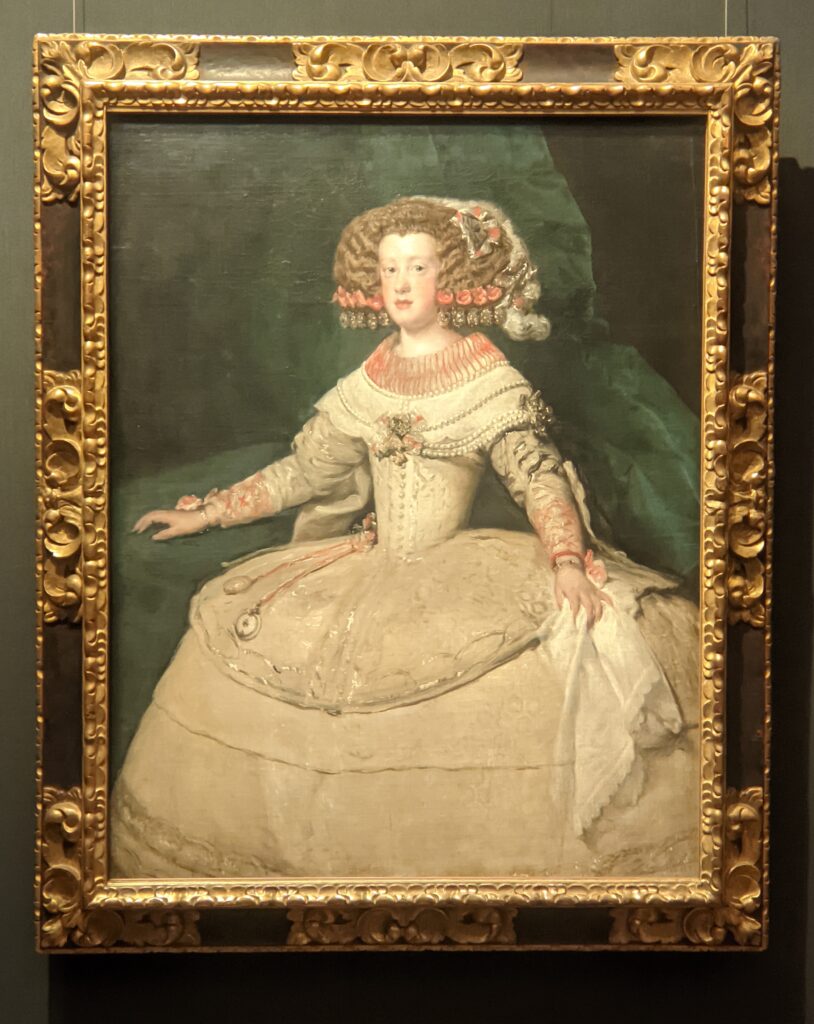
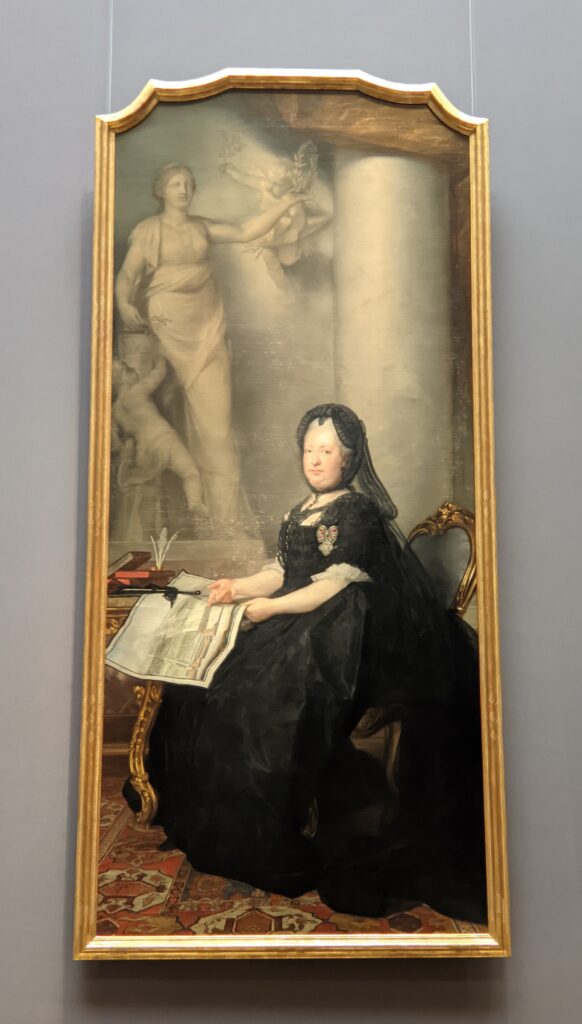
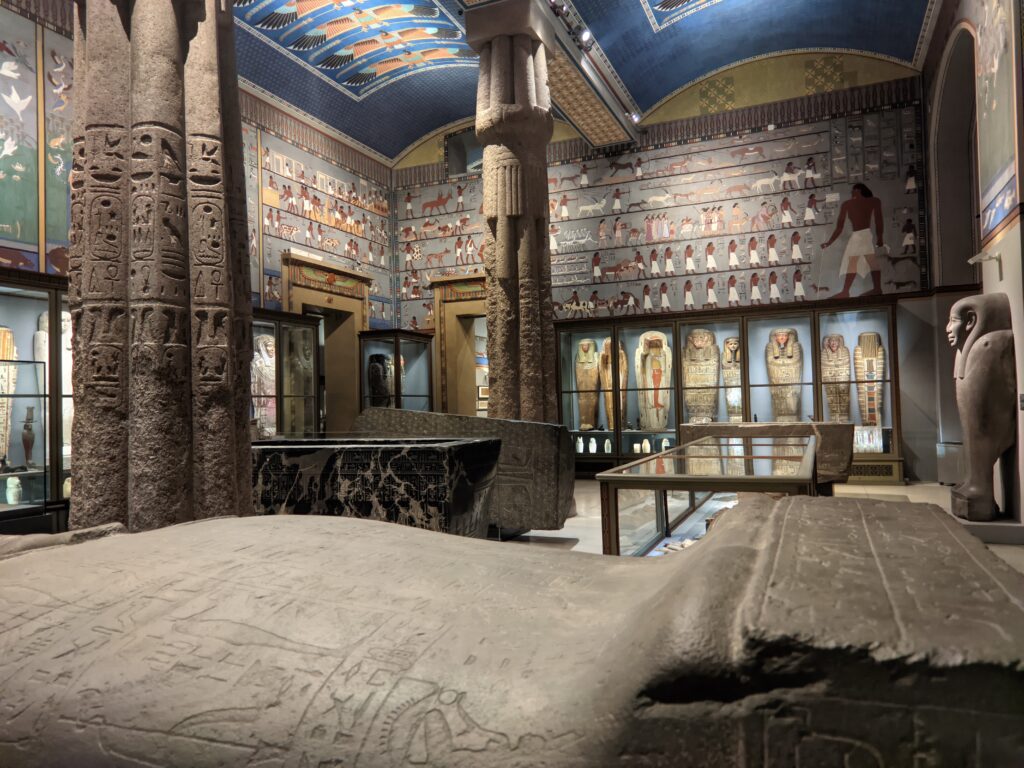


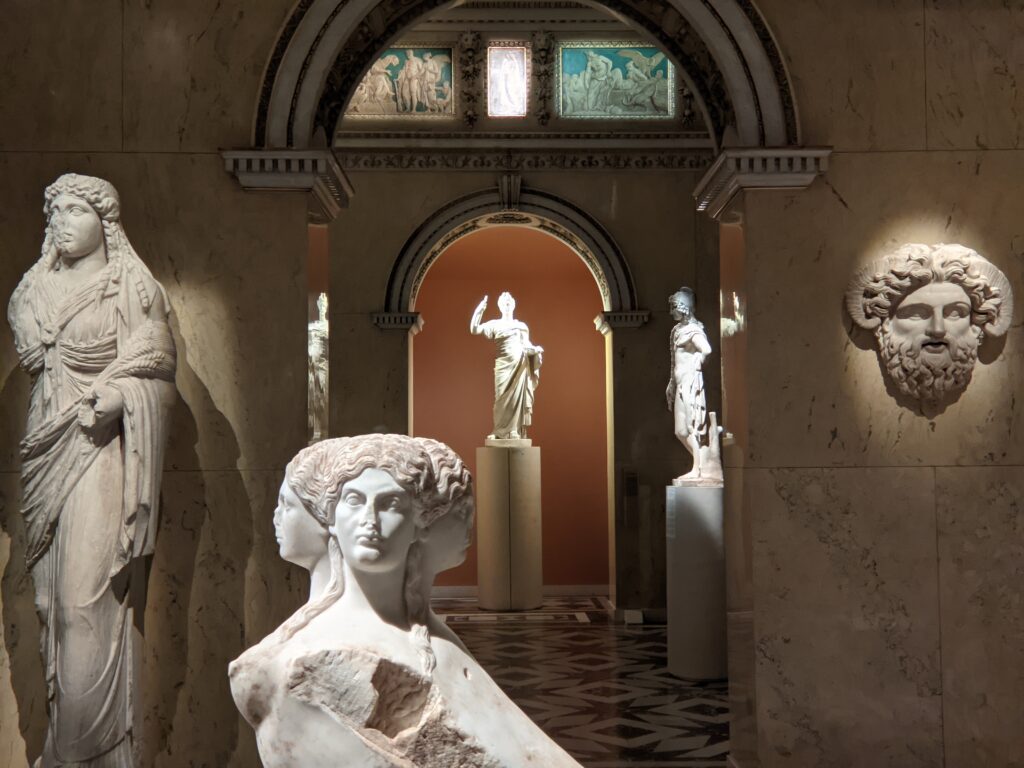
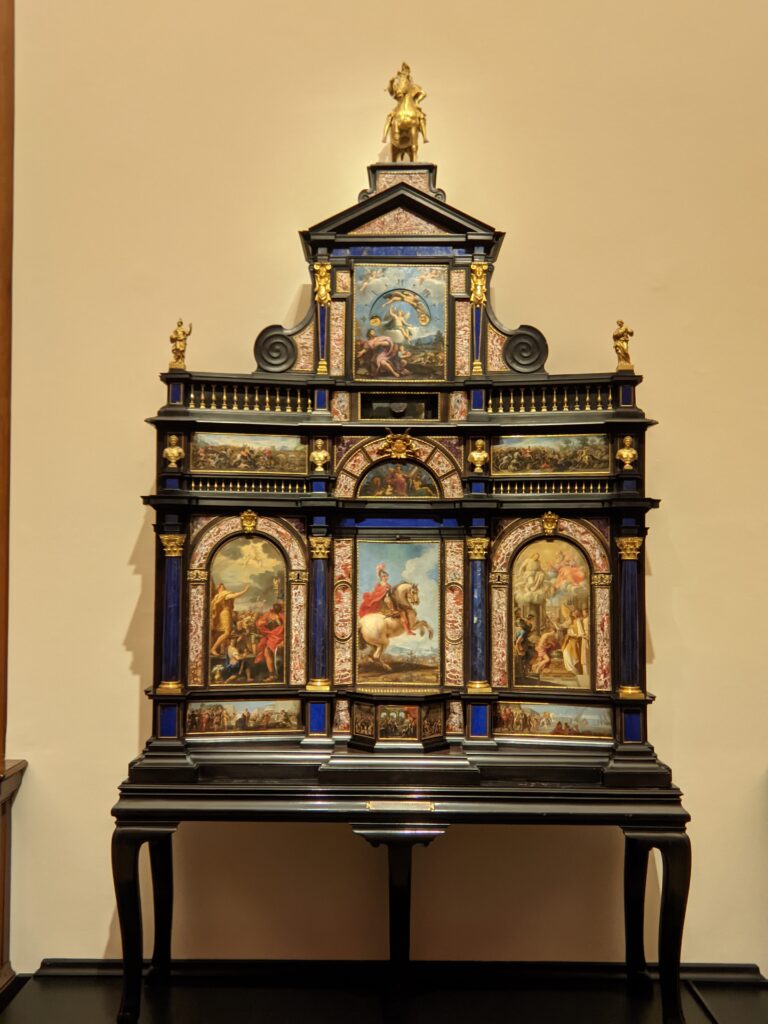
In addition to the Picture Gallery, the Kunsthistorisches houses a Coin Collection, Greek and Roman Antiquities, Egyptian and Near Eastern artifacts, and the Kunstkammer Wien.
The Kunstkammer Vienna
The Kunstkammer Wien offers a sumptuous mélange of more than 2,000 exotic, rare and curious objects (shown below) collected by the Habsburg Emperors and archdukes from the late Middle Ages through the Baroque period. If you appreciate virtuoso works of art and curiosities, some fashioned by goldsmiths with precious stones and others created from uncommon materials once thought to hold magical powers (e.g., shark’s teeth considered to be the tongues of dragons), these 20 galleries offer a world of wonder and beauty.
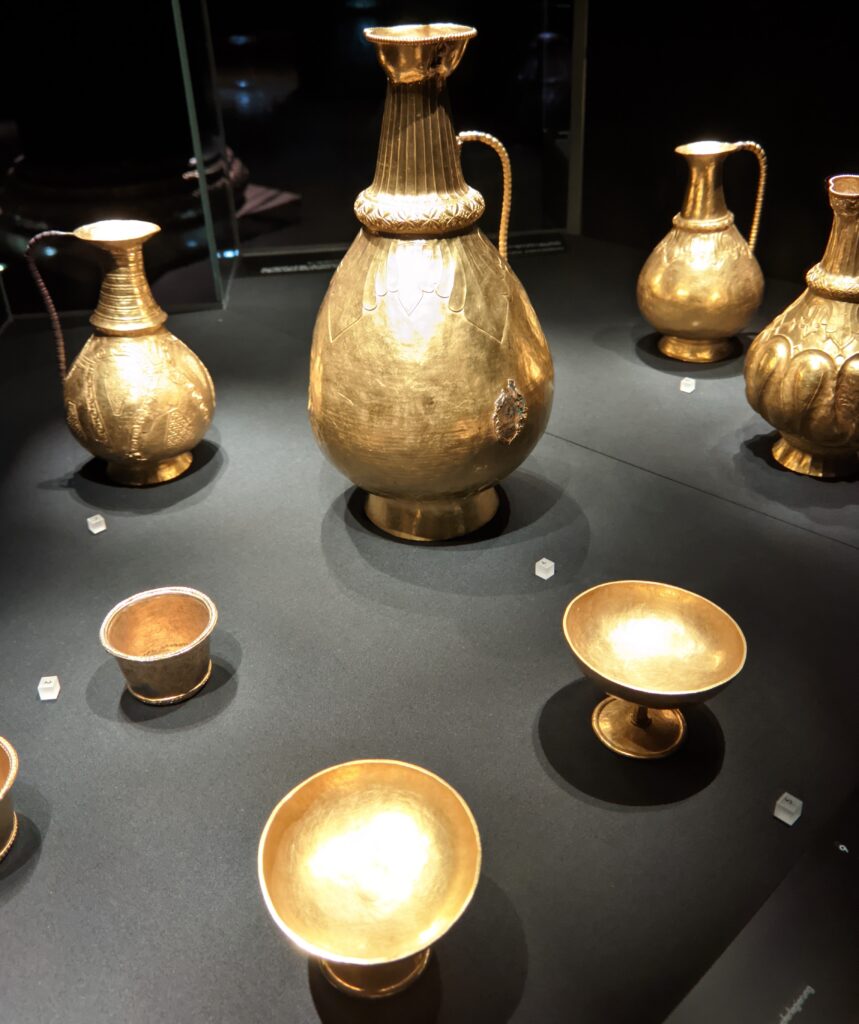
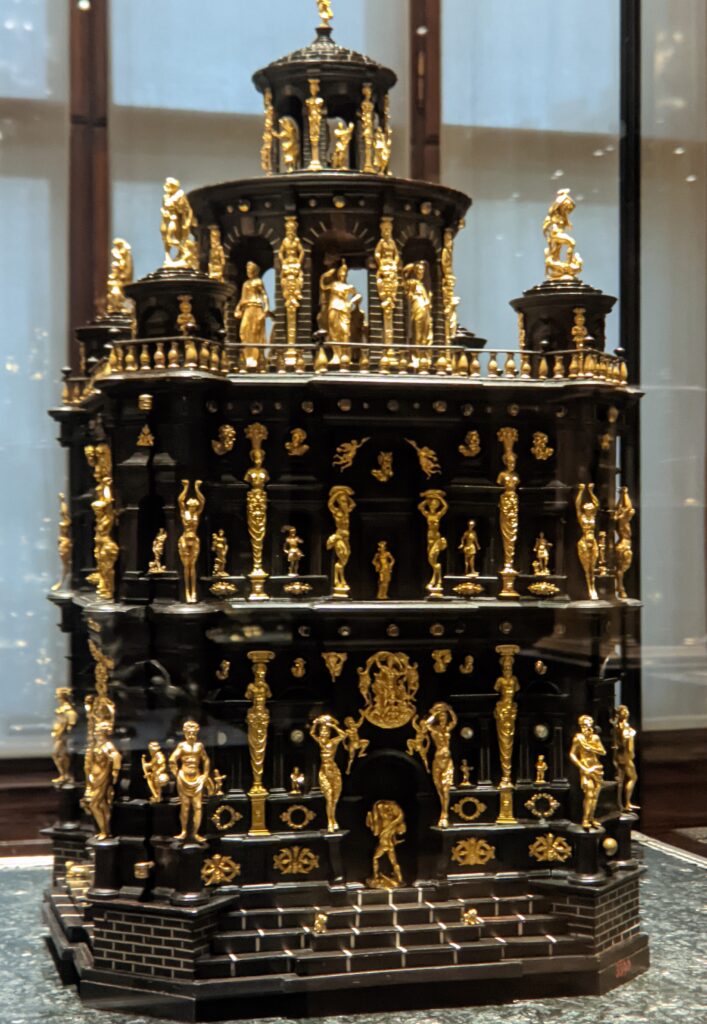
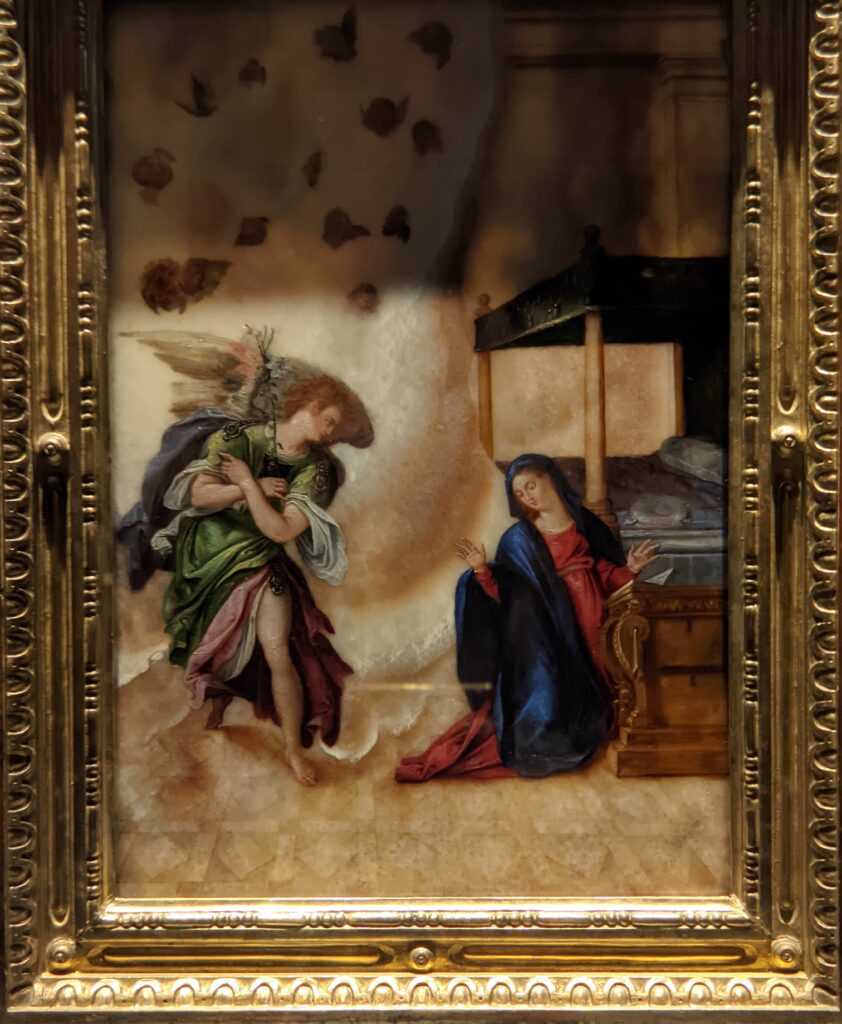


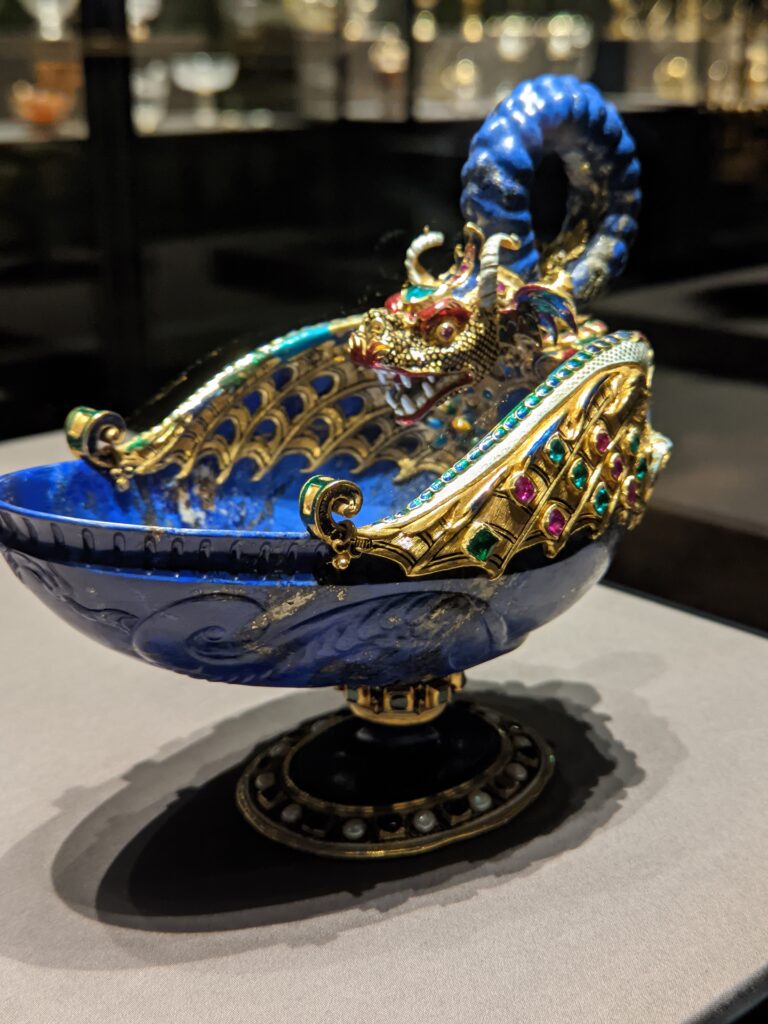
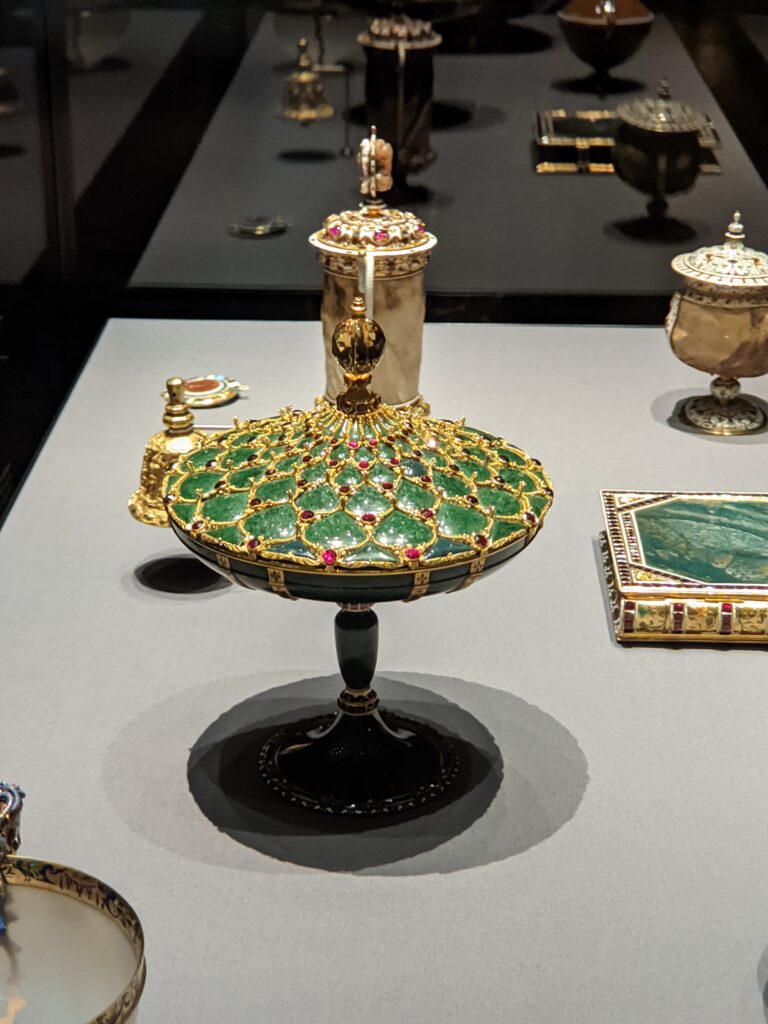

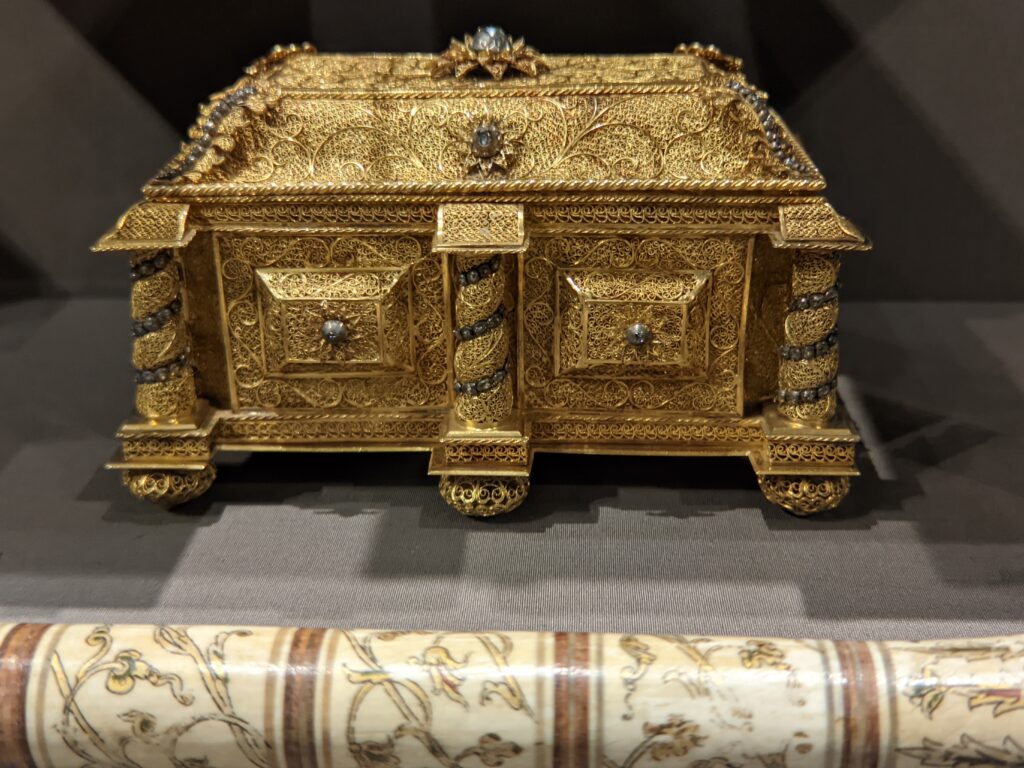
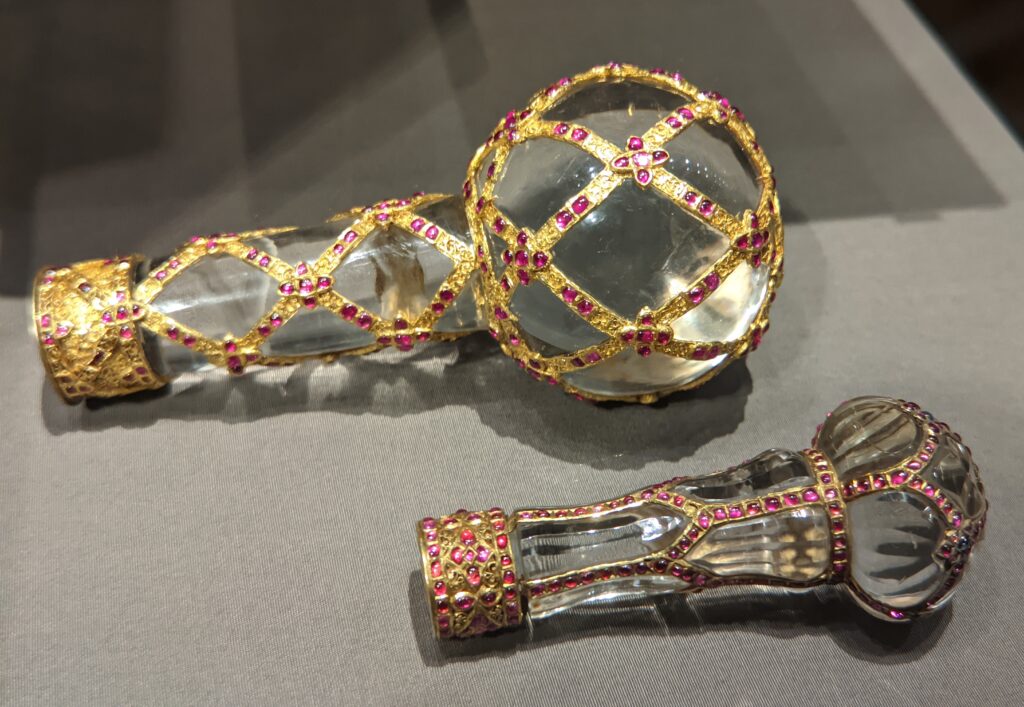

The Two Greatest Museums in Vienna & Why We Chose the Albertina as Our Favorite Over the Kunsthistorisches


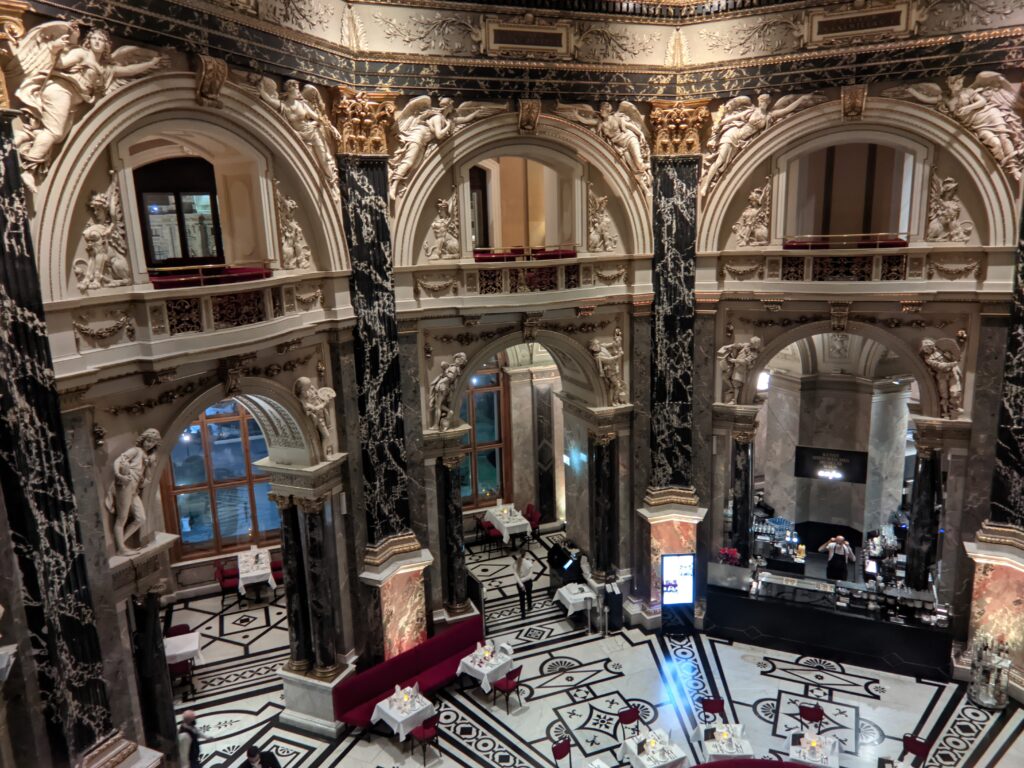
With its magnificent Picture Gallery and glorious building, we imagine some of you are pondering why we did not choose the Kunsthistorisches as the best museum in Vienna. The answer has nothing to do with the museum’s collection, which is first-rate. Our opinion has to do more with the administration of the institution and the choices it makes. For example, there is no dedicated exhibition space within the museum, some Galleries and rooms are inexplicably closed at times, and too often the lovely café & restaurant (pictured above) are unavailable due to private events. A good example of the temporary exhibition problem at the Kunsthistorisches was a 2023 show featuring Georg Baselitz and entitled “Naked Masters.” To put it politely, this exhibit was a poor curatorial choice. The most defining feature of Baselitz’s body of work started in 1969 (and continues to this day): he paints expressive portraits and hangs them upside down. Born in Germany in 1938, Baselitz explains, “I was born into a destroyed order, a destroyed landscape, a destroyed people, a destroyed society. And I didn’t want to reestablish an order….” The question we raise is whether this museum should build on its strengths and organize exhibitions such as “TITIAN’S VISION OF WOMEN: Beauty — Love — Poetry” (which it showed in 2021-22) and “CARAVAGGIO & BERNINI” (2019-20), or try to bring new patrons into the museum by exhibiting more modern/contemporary art by a marginal artist such as Baselitz.
Do paintings by Baselitz represent an ideal match with (or the best counterpoint to) the amazing portraiture to be found in the Kunsthistorisches Vienna? We think not.

The Albertina, by contrast, augments its possessions of modern art, Old Master drawings and over 1,000,000 prints by offering numerous exhibitions of exceptional diversity and quality. These well-curated displays in different mediums — such as the 2024 show entitled “Michelangelo and the Consequences” and a Roy Lichtenstein retrospective — relate seamlessly to both the Albertina’s excellent permanent collection and to the previous special exhibits it has presented in Vienna. In 2022, for example, the Albertina presented four fine blockbusters: “BASQUIAT The Retrospective,” “THE DISASTERS OF WAR — Goya and the Present,” “EDVARD MUNCH In Dialogue” and “MODIGLIANI.” In brief, the Albertina has a crystal clear vision of the quality of its holdings, how best to maximize such abundant gifts, and a focused course of action to realize its potential as a premier art institution.
When in Vienna, we encourage you to visit both the Albertina and the Kunsthistorisches, two of the finest museums in the world!



If you want to discover more about art offerings in Vienna, please visit our articles entitled Klimt + Gold = The Belvedere — 4th Greatest Museum in Vienna and The Leopold Museum — 3rd Greatest Museum in Vienna.
